The fabled “Rose-Red City” of Petra was most-deservedly named as one of the new “Seven Wonders of the World” in 2007! This ancient city in southern Jordan was skillfully carved into mountainous rock by the Nabateans over 2,000 years ago. Yet, the “Lost City” of Petra remained unknown to the West until 1812.
That has certainly changed! In 1985, Petra was designated as a UNESCO World Heritage site. Soon after, the 1989 Hollywood movie – Indiana Jones and the Last Crusade (with Harrison Ford & Sean Connery) – introduced many of us to Petra & its beautiful rose-colored “Treasury” monument.
My Recent Petra Visit / Purpose of Blog Post
A visit to Jordan’s magical Petra was near the top of my Bucket List. For years, I had seen photos of the Treasury’s awe-inspiring rock-carved façade, often with a camel lounging in front. Plus, the long slot canyon (the Siq) that leads to the Treasury looked amazing!
I finally booked & took a 2-week trip to Egypt with friends, followed by a 6-day tour of Jordan in March/April 2025. My Jordan visit – expertly arranged by Petra Moon Tourism Services – included 2 nights, 1 ½ days in Petra with our local guide.
In this blog post, I will share the wonderful things we experienced while in Petra – all of which I highly recommend for your visit. This includes a full day tour of the ancient Petra site, a Jordanian cooking class (with dinner) at Petra Kitchen, and a magical evening at Petra By Night.
Petra – An Ancient Site
Petra is a vast archeological site covering roughly 100 square miles (264 square kilometers). Jordanians like to say it’s the size of 50,000 football fields!
Luckily, a large proportion of its best-loved monuments (like the Treasury) line the Main Trail. Regardless, a Petra visit involves a lot of walking!
Active ongoing excavations by teams from multiple countries continue to make exciting discoveries every year. It’s estimated that only about 20% of Petra’s sprawling site has been explored archaeologically to date.
Petra History / The Nabateans
First a little history about Petra and the remarkable Nabateans, to better appreciate what we’ll be seeing as we tour the site together.
It is believed that the Nabateans (a nomadic Arab tribe) moved into Petra sometime during the 4th Century BC. And until the end of the 1st Century AD, Petra was the capital of the independent Nabatean Empire. At its peak, Petra was home to almost 35,000 residents.
The Nabateans were skilled traders & expert engineers. They were also geniuses in hydrology. Their remarkable skills in locating, trapping and storing water in a desert climate gave them a monopoly over the item most essential to the caravan trade.
As “Queen of the Caravan Cities,” Petra was a key resting stop for trade caravans laden with valuable goods like frankincense & myrrh, spices and silk. Petra “was admired for its refined culture, massive architecture and ingenious complex of dams and water channels,” according to Visit Jordan.
As a result of tolls & services provided to the traders, Petra became a very wealthy society. Using the caravan wealth and drawing upon artistic influences from throughout the ancient world, the Nabateans literally carved out an amazing city from the rosy sandstone mountains that surround the ancient city center.
Petra’s History – continued at bottom of the Blog Post
Petra’s Bedouin People
When Petra was abandoned, descendants of the Nabateans – the B’doul Bedouin – became the site’s custodians. They maintained their semi-nomadic lifestyle well into the 20th century – and made a living from farming, herding, and offering lodging to tourists.
As a result of the 1985 UNESCO World Heritage designation, the Bedouin people were moved out of the ancient site (where many had lived in the caves). They were relocated to a nearby village (Umm Sayhoun). They still have their own special back entrance into Petra.
Many Bedouins still maintain strong ties to Petra – working as guides, shopkeepers, and in other tourism-related roles. So, you’ll likely have the opportunity to meet some of them.
Arrival in Petra & Wadi Musa
My group arrived in Wadi Musa, the town adjacent to Petra’s ancient site. We had driven from Amman (Jordan’s capital) that morning with our excellent Petra Moon guide Ghadain (nicknamed “G”). We did a lot of sightseeing along the way, arriving around 6:15pm.
We quickly checked into our lovely hotel – Petra Moon Guest House – and headed off for our 6:30pm cooking class at Petra Kitchen (more on that in a later section).
Tomorrow was our full-day walking tour of Petra with “G”– and we couldn’t wait! We were meeting him at 7am so we could get an early start. Luckily, our hotel was right by the Petra Visitor Center & Petra site entrance.
OUR FULL DAY VISIT TO PETRA
Entry into Petra / Our Horse Ride
At the main entry gate, we showed our Petra tickets & passports – entering the site at 7:30am. At the start of this Main Trail, there is a long gravel path (approx. 800 meters long) that takes you to the entrance of the Siq (slot canyon).
- Petra Entry Gate
- View of horses waiting for riders / stables above
You can walk the path, ride a horse, or take a ride on one of the site’s electric “club cars” (unveiled in 2022) for an additional fee (JD 15 one way/25 RT). The horse ride is included in the Petra entry ticket. However, a tip at the end is definitely expected.
- “G” organizing our horse ride & negotiating the tip
- The electric “club car” shuttles
Since our group of 7 Americans was with “G”, he did the tip negotiations in advance with the Bedouin horsemen. (photo above left) “G” was not only Jordanian (now living in Amman), but he grew up in Petra! We each paid 5 JD (Jordanian dinars – approx. $7 USD) for the tip.
All our group (except Dave) opted for the horseback ride experience. There are two parallel gravel paths (with horses on one & walkers on the other). The local Bedouin horsemen walked our horses via a rope while we took photos & admired the arid mountainous landscape.
- Janet on horseback – no experience necessary!
- My captivating Bedouin horseman!
The ride lasted around 15 minutes. I will admit my Bedouin “horseman” was the most handsome of them all – with his exotic Johnny Depp/ Capt. Jack Sparrow look from Pirates of the Caribbean! (above right)
Part way, we stopped for group photos in front of an ancient Nabatean structure sitting above the path. (photo below) This Obelisk Tomb was topped with four steep pyramidal obelisks.
The Dam / Walk Through the Siq
The gravel path ends at the dam (with a bridge), which is where we dismounted & bid goodbye to our horses & drivers. To the right of the dam, there’s a tunnel (88 meters /288 feet in length!). (above left) It was built by the Nabateans to prevent flash floods from entering the Siq (pronounced “seek”). The dam was rebuilt in the 1960s.
We might be in a Jordanian desert, but there can be heavy rains here which flood the creek. In fact, a flash flood killed 14 tourists back in 1963. Since then, Petra has developed an advanced warning system to prevent such tragedies.
Standing at the entrance with “G”, we got our first glimpse of Petra’s famous Siq – a narrow, serpentine slot canyon that is 1.2 km long (3/4 mile). Its tall, vertical sides (up to 80 meters / 260 feet!) have beautifully reddish-colored, weathered rock striations. Of course, time for another group photo.
The floor of the Siq has been paved for easier walking, although you can still walk on some stretches of paved stones. (photos above) These are remnants of the original Roman road, which was added soon after the Nabateans became part of the Roman empire in the 2nd century AD.
As the path snaked gently downhill, the passageway would narrow, then widen. “G” pointed out carved niches that had held Nabatean god-symbols and water channels that helped deliver water to the ancient city. The “club cars” were frequent, shuttling people from the main entrance to the Treasury.
Our First View of the Treasury – Al-Khazneh
Another special moment had arrived – our first view of the magnificent rose-colored Treasury façade peeking through the end of the Siq. It was now around 9am. We took some final photos in the Siq before emerging into the plaza in front of the “Treasury.”
Al-Khazneh is the Arabic name for the Treasury, one of the most elaborate rock-cut tombs in Petra. Arguably one of the most famous facades anywhere in the world, the Treasury stands 39.5 meters (130 feet) tall.
Part of the Treasury’s fame is credited to Indiana Jones & the Last Crusade. In the 1989 movie, Harrison Ford & Sean Connery play a father and son searching for the Holy Grail. In the final scenes, they find the Grail inside the Treasury temple – with the film showing the exterior of this facade/building.
Al-Khazneh was built during the reign of Nabatean King Aretas IV, whose 49 years in power (9 BCE-40 CE) saw a huge increase in the construction of Petra’s largest monuments. The Treasury is believed to have served as a royal tomb and mausoleum for the king.
Despite its name, it was NOT used for storing treasure. Local legend held that the urn atop the façade was filled with gold that Moses brought out of Egypt. This helps explain why the urn is pockmarked with bullet holes left by disappointed Bedouin hoping to break the urn and release the treasure.
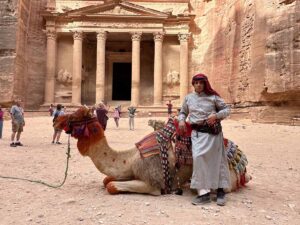
One of the young camel handlers in front of the Treasury waiting for his next rider! / Click to enlarge
You can see the Hellenistic influence in the Treasury’s tall Corinthian columns. The beautiful façade was created from the top down, which took 15 years to carve. Be sure to note the grooves running up either side of the temple. They were created by the stonemasons as they worked to chisel the mountainside into shape. Impressive!
It’s no longer possible to enter the tomb/building – it’s just an empty chamber. It’s the exquisite exterior where all the interest lies. However, recent discoveries have revealed a hidden tomb beneath the Treasury, along with 12 human skeletons and artifacts.
Free Time at the Treasury/ Camel Ride
Arriving in the tourist-filled plaza, we had a half-hour free time to enjoy the Treasury on our own and take photos. There were two colorfully decorated camels sitting in front, available for rides. Touristy, yes! But how could I resist this classic photo op?
So, I hopped on a camel. My handler walked me in a loop around the plaza in front of the Treasury, all while using my phone to take a long video of me & my ride. (photo of me, above left). They certainly know the tourist drill!
Afterwards, I checked out the Bedouin shops across the way (photo, above left). While there, I chatted with a delightful man in a long blue robe & Bedouin head dress. I learned he was the local leader of one of the Bedouin tribes in Petra. Of course, I got a photo of him, along with one of the sweet young camel handlers and my travelmate Dave. (photo, above right)
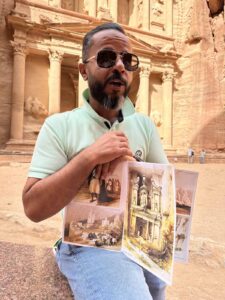
Continuing Our Petra Tour – Street of Facades
Treasury visit done, so time to explore more of Petra. “G” told us many Petra tourists only visit the Siq & the Treasury and then return back through the Siq. They often don’t realize there is so much more to explore of the site!
Facing the Treasury, and to the right of the “plaza”, the canyon broadens into the Outer Siq – which leads to the heart of the ancient city. The path follows the Main Trail for another 1.8 km (1.1 miles). The “Street of Facades” is the next interesting sight to appear on our left.
The Street of Facades (above right) is lined with towering tombs & houses – many with elaborate facades, cut out of the sandstone cliffs. The tombs likely belonged to high-ranking Nabataeans. We went into one of the tombs for a look (photo, above left), then continued our walk.
Crossing over a small bridge on the right, we took an alternative path up the hill (photo above). From the hillside we enjoyed grand views over the ancient city & the impressive Theatre (photos below). This Roman amphitheater could seat more than 6,000 spectators in its day!
However, Petra suffered a devastating earthquake in 363, collapsing many temples and public buildings. That also did damage to the Theatre, not to mention the aging effects from the long passage of time.
“G” took us into a large cave home built out of the sandstone rock, featuring multiple niches with beautiful, multi-colored rock striations (above). Not only did Nabateans live in these homes, but they also buried their dead there. “G” assured us that they closed the wall after each burial.
Lunch Break
Getting hungry, we headed back down to the Main Trail. It was 11:30am when we stopped for a casual lunch at the Royal Tomb Gift Shop. Most of us ordered a chicken shawarma wrap, which was quick, inexpensive & delicious. Fresh orange juice and a mint lemon drink helped quench our thirst.
Sights Along the Colonnaded Street
After lunch, we continued our walk down the famed Colonnaded Street. It would have been one of the principal shopping streets of Petra. Originally created by the Nabateans, it was later updated by the Romans. We passed by the Nymphaeum – a semi-circular public fountain that is shaded by a wild 450-year-old pistachio tree. (photo below)
- Friendly mounted Petra police
- Colonnaded Street / Photo Credit: DepositPhotos
From the road, we viewed the impressive ruins of the Great Temple, one of Petra’s largest buildings. It covered around 7,000 square meters & stood around 18 meters (60 feet) tall. Built near the end of the 1st century BC, it remained in use until the Byzantine period (5th century).
- The Nymphaeum & pistachio tree
- The Great Temple
The Great Temple included a huge staircase, a large paved courtyard, a triple colonnade, and a 600-seat theatre. The temple was rediscovered in 1992 by archaeologists. Generally assumed to have been a temple, it might have also served as a palace and assembly hall, especially during Roman times.
The Qasr-Al-Bint temple (Palace of the Princess) lies at the end of the Colonnaded Street. This almost-square monument was the Nabateans’ most important temple, dedicated to the deity Dushara. Named by the local Bedouin, Qasr-Al-Bint means Castle of the Pharaoh’s Daughter. (photos below)
The temple dates to the first half of the 1st century. At the time, it was elaborately decorated with marble, columns, and a large sacrificial altar in the front courtyard. It still stands 23 meters high today. Like the Great Temple, Qasr-Al-Bint is one of the few free-standing structures in Petra, albeit a crumbling one.
HIKE TO THE MONASTERY / AD DEIR
Just past Qasr-Al-Bint, Petra’s Main Trail ends at the Basin Restaurant – a popular place offering food & other visitor services. We stopped there just to use their rest room, in preparation for our hike up to the famed Monastery – another of Petra’s crown jewels!
- Approaching start of the Monastery Hike
The Monastery Trail begins just past the Basin Restaurant. It takes approximately 1.6 km (1 mile) and 800 steps up to arrive at the Monastery, also known as Ad Deir. “G” told us that only 10-15% of visitors to Petra do this trail, which is correctly listed as a moderate hike.
Depending on your fitness level, the climb up can take between 40-60 (or more) minutes. Four of my group went ahead (the fastest ones!) while “G” stayed with me, Sherry & Arial for the hike. We started the Monastery Trail at around 1pm. It took us 55 minutes to get to the top – and we were all in decent shape.
- “G”, Arial & Sherry at start of Monastery Trail
- “G” talking with woman Bedouin vendor he knew!
What Makes the Monastery Hike Challenging
Yes, the trail can be challenging! That’s because its 800+ natural stone stairs are built into the mountain. The steps themselves might be low, but they are uneven & unevenly worn and some are narrow. Plus, they were often covered with sand. Occasionally, they were not really a step but just a curved rock.
In addition, it’s a popular trail so there are fellow hikers going up AND coming down, plus occasional donkeys with passengers. So, you may need to step out of the way to let others pass. Despite all this “hiking reality,” it’s definitely doable if you’re in decent physical shape.
Scenery & Vendors / Donkeys
The Monastery Trail scenery was interesting all along the way. Plus, its winding path was often lined by stalls with local Bedouin vendors selling a variety of souvenirs and other wares, like jewelry and scarves. Not to mention cold drinks and offers of tea.
Since we were on a mission to get to the top, we didn’t make any stops. Plus, I’ve read that vendors can hustle you a little (or a lot). But we were fine with just smiling and saying “no thanks” to offers.
As for the donkeys: Yes, some tourists who are less physically inclined opt to ride up the Monastery trail on a donkey led by a local Bedouin man or boy. I felt sorry for the poor donkeys having to carry heavy humans up this challenging path.
Plus, there were some treacherous parts where I was quite happy to be on my own two feet and not precariously perched on a donkey’s back. I think it would be a scary ride. Plus, I’ve read donkey hooves are damaging the sandstone steps. So, I think it’s best practice to skip the Monastery if you’re not able to do the hike on your own.
Arriving at the Monastery – Ad Deir
We arrived at the Monastery (local name – Ad Deir) at 1:50pm, after our almost one hour hike. The last set of steps was downhill (below left), leading to a flat, sandy plaza in front of the Monastery. You can’t see the structure from the path, because it is built into the sandstone cliff face to your right.
- Arriving Monastery plaza – cafe at top left
- View of the Monastery – click to enlarge
When you finally stand in front of the Monastery’s impressive facade for your first exciting look, you realize the effort to get here was so worth it! The mountaintop setting is equally dramatic.
Plus, the Monastery is huge – approximately 48 meters (157 feet) high and 47 meters (154 feet) wide. It’s quite a bit larger than the Treasury (at 39 x 25 meters.)
- The Treasury
- The Monastery – Arial, Sherry & Janet
Petra’s Monastery & Treasury monuments are similar in style (Nabatean Classical). Both facades are carved out of the mountainous rock – although the Monastery facade is less ornate and has no statues in its niches.
The Monastery was likely built in the mid-1st century CE, during the reign of King Rabel II (70 to 106). He was the Nabatean Kingdom’s last ruler. The Monastery may have been used for religious gatherings. During the Byzantine era, crosses were carved into the back wall for use as a church. Thus, its Monastery name.
Our Time at the Monastery
The Petra Monastery Café is a popular hilltop café on the other side of the plaza. Here you can sit, relax, get a cold drink (or tea & coffee), and a snack, all while admiring the great views. We met up here with our friends Kim, Deb, Peter & Dave (who had been here a while!).
- Petra Monastery Cafe
- The “photo cave” we visited – note circular opening
Dave had already climbed a bit further up another mountain – following one of the “best view here” paths. He got some great views of the Monastery from above (photo below right).
- Photo Credit: Dave Lampert
We five women visited the nearby “cave” for our own special Monastery view. Turns out, two local Bedouin boys (ages 16 & 17) were “managing” the carpeted Cave. They would assist visitors by taking photos of them through the perfectly-placed cave opening with the Monastery directly behind – for a tip, of course!
These young men were adorable. They told me that they attend school in the morning and come here right after. They want to study English and Spanish. It’s not surprising as they must meet tourists from all around the world!
Walking Back Down the Monastery Trail
After an enjoyable ¾ of an hour on top, it was time to head back down the same Monastery Trail. This time, it took me & my friends 45 minutes to walk down. However, I will share that it was scarier going down due to the uneven steps & terrain.
Plus, in reading other blog posts about the Monastery Trail, I learned I was not the only one who found going down harder than going up. (Note: I was still recovering from a pickleball calf injury a few months earlier, so I was a little more unstable than usual. Regardless, this downhill would still have been challenging for me!)
So, “my savior” guide “G” gave me his strong arm (along with his sure footing) for keeping my balance the entire way down. Once we were safely on level ground again, I bowed to him in gratitude! (photo below) Also, I used my hiking poles (actually just one of them) for both going up & down this Trail.
Important Tip: Be sure to wear walking or hiking shoes with good tread. Hiking poles might also help with needed balance & stability. Of course, always be careful with your foot placement & take your time.
Return Walk to the Treasury/ The Royal Tombs
After using the nice bathroom again at the Basin Restaurant, we began our walk back to the Treasury at 3:40pm along the Main Trail. In the distance (photo lower left), we could see the impressive Royal Tombs built into the cliffside.
Unfortunately, there was not enough time today to visit them – but they’re definitely on my list for a return Petra visit! The Royal Tombs are 4 magnificent carved facades adjacent to each other. Their names are: Urn Tomb, Silk Tomb, Corinthian Tomb, and the Palace Tomb.
We made a short stop at a local shop selling souvenirs, including the special eyeliner worn by the Bedouins. We were charmed by the adorable shopkeeper (with his red turban & AC/DC t-shirt) who applied the eyeliner on Arial & me. At the end, we posed for photos with him and “G”. (above right)
Heading Back Home
It was now 4:20pm so we had to rush to the Treasury to catch the last “club car” shuttle at 4:30pm back to the Visitor Center. Phew, we made it just in time! After each paying 15 JD (Jordanian Dinar) for the one-way ride, we four hopped on the shuttle.
The ride was great fun, especially driving back through the Siq. It felt so good to sit & rest – and not have to walk another 1.2 miles (2 km) back to the park exit.
From there, I headed back to the hotel for a well-deserved nap – to rest up for our special “Petra By Night” event in just a few hours!
PETRA BY NIGHT
“Petra By Night” gives visitors the opportunity to go back into the ancient site at night. You walk in the dark, on a path illuminated via hundreds of candles, including through the Siq! Once you arrive at the Treasury, there is a short presentation in front of its beautiful candlelit façade.
In booking the Jordan trip, I made sure we would be in Petra on one of the three nights (Monday, Wednesday & Thursday each week) when “Petra By Nights” takes place. Note: As of May 2025, it is now five times/week.
Our “Night” Experience
After a quick buffet dinner at the hotel, my group of seven travelers met our guide “G” at 8pm. He gave us our tickets & walked with us to the Petra gate entrance where all participants were to gather at 8:15pm for the 8:30pm start time.
For entry, we needed to show the “Night” ticket, a regular ticket to Petra, and our passport. A friendly man, who would be our host for the evening, made some announcements as we waited in line.
At 8:30pm, the gates opened & our host led the way. The crowd walked calmly & quietly along the gravel path, which was lined by flickering luminaria (paper bags filled with sand and a lit candle).
That evening, the moon was out just a little. So, I will admit that my older eyes’ night vision had me hold on to my friend Peter’s arm & often use my cell phone’s muted lighting to point at my feet – to better see my steps.
We had been asked to keep our voices low so as not to disturb the lovely, mystical experience. It was particularly cool walking through the Siq canyon again – this time by candlelight!
The Treasury & Performance
We arrived at the plaza in front of the Treasury around 8:55pm (so a 25-minute walk). There were hundreds of luminaria evenly spaced out on the sandy ground in front of the façade. Towards the back half, there were rugs laid out on the ground – but they were pretty much already taken (by the faster walkers!).
My friends split up at this point. Dave, Peter & I found a somewhat comfortable rock which we could sit on & lean against to watch the 30-minute performance starting soon.
Our host began the show around 9pm with a welcome, followed by a man who played the flute. A different Bedouin man played a reed instrument and sang a couple songs from his culture. The program ended with more flute playing and final words from our host.
We were also served Bedouin tea (in a small paper cup). Midway through the program, a rotation of different colors illuminated the Treasury’s lovely façade, including orangish reds and blues. Happily, the crowd tonight was relatively quiet and respectful. So we could all enjoy the mystique & peace of being in this beautiful, ancient site.
Once the show ended, the audience slowly dispersed. Some lingered in the plaza (as my friends & I did), and others immediately left for the long walk back to the Petra entry gate. We arrived back at our hotel (next to the main gate) around 10:15pm.
Thoughts on the “Nights” Experience
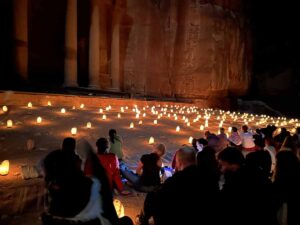
“Petra by Night” has a variable number of attendees each night. That can range from around 100 in low season to over 1,000 when it’s busiest. As you would expect, the intimacy of the experience can differ depending on the size of the crowd. A rough guestimate for our April 9th “Night” event was around 200 people.
Yes, it was both a long & amazing day, plus with a lot of walking. First, our full-day tour of Petra (7:30am-4:45pm) and then Petra By Night (8:30-10:15pm). But it was a day I will always remember! And I certainly slept well.
Petra By Night – New Updates – May 2025
**From the “Visit Petra” website – First launched in 1998, the “Petra by Night” experience was reimagined in May 2025 to blend the warmth of its original candlelit charm with cutting-edge projection mapping and immersive narration.
**Petra by Night now runs five nights a week, from Sunday to Thursday. Tickets are priced at 30 Jordanian Dinars per person (around $42 USD).
PETRA KITCHEN – COOKING CLASS
The Jordanian cooking class & dinner at Petra Kitchen was another highlight of our visit to Petra! Each evening at 6:30pm, participants help cook a full dinner including soup, a number of hot and cold mezze dishes (appetizers), and the main course.
We did this our first evening in Petra – and it was a blast! Upon arrival at Petra Kitchen, we were warmly greeted and each provided with a “PK” chef hat & an apron emblazoned with “Petra Kitchen – Cook, Learn, Dine.”
Standing at our big wooden prep table, we each had our own cutting board, big knife and disposable black gloves. The head of Petra Kitchen welcomed us & explained we would be helping to prepare the evening’s meal, along with the professional culinary staff. He then introduced us to our chef who would be “overseeing” our work. (below right)
The menu for tonight’s meal was handwritten on whiteboard & it sounded delicious!
- Soup – Lentil
- Cold Mezze – Fattoush / Tahina Salat / Baba Ganuj / Tabbouleh
- Hot Mezze – Managesh / Galaiet Bandora
- Main Course – Magluba Upside Down (chicken)
On the table were various bowls with ingredients – like tomatoes, cucumbers & onions – for each dish. Working on one dish at a time, the chef assigned each of us duties like cutting, chopping, peeling and mixing. Once a dish was assembled in a bowl, it was taken away by a PK assistant for final prep back in the kitchen.
There were a total of 4 prep tables, with 3 of them filled with groups on our particular evening at Petra Kitchen. At one point, another group joined with ours to roll out dough and make bread rolls.
Our Culinary Reward
Just before 8:00pm, our group sat down to enjoy our first course – soup & the delicious appetizers (cold & hot), along with pita bread and drinks.
A few minutes later, it was time to present the main course – Magluba Upside Down (chicken) – so we all made our way to the kitchen area.
Magluba is a one-pot meal featuring layers of seasoned chicken, rice, and vegetables cooked in broth. Once ready, a large serving platter is placed on top of the pot and the entire thing is carefully inverted – ie, the dramatic “flip!”
A brave member from each group volunteered to be the flipper. It was fun to watch – first their practice flips, then the real flip! (see my video of Peter doing the honors, successfully.).
More About Petra Kitchen & Jordanian Cuisine
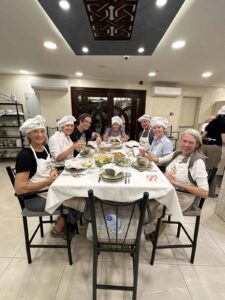
Our delicious meal was also due to Petra Kitchen using fresh ingredients, purchased daily from local marketplaces. In addition, PK supports the community by donating all the many leftovers to local people in need. Great to know…
As you can tell, I highly recommend this experience when you visit Petra. Our evening wrapped up around 8:45pm, so we were there for around two hours. Plus, it could not have been more fun or professionally run.
This Petra Kitchen experience is priced at JD 35/person (USD ~$50). This includes the cooking course, the meal, all the typical non-alcoholic beverages, and souvenir recipes.
Morning Optional Hike – Al Madras “Secret Road” Route
Our Petra itinerary included an “optional hike” the next morning – going back into Petra via the “Secret Road” route on the Al Madras trail. With my fear of heights & dislike of steep downhills, I already knew I was a no from the hike description.
However, most of our group (all good hikers) had been interested until they learned of the 6:30am departure (especially after our exhausting day yesterday!). So, only the heartiest folks – Peter, Dave & Deb – joined our guide “G” for the strenuous hike which they all really enjoyed.
- Photo Credit: Dave Lampert
- Photo Credit: Dave Lampert
The route took them up above the Siq, with a magnificent “bird’s eye” view of the Treasury from above (see photo). Then they hiked up & down to the High Place of Sacrifice, ending with long steps back down to the city center & Main Trail. They returned through the Siq. They were gone for 3 hours, including a 40-minute tea break with some locals.
Final Morning In Petra – Shopping
Personally, I was thrilled to sleep in until 8am – after so many early wake up calls! My mission that morning was to find a Petra t-shirt for my boyfriend in one of the nearby local shops. Kim & Deb joined me on this outing.
We ended up in the first cute shop where two friendly local men welcomed us inside. They already knew we were Americans with “G” as our guide. As mentioned, “G” grew up in Petra and knew everyone – and it seemed they were all cousins!
We had a blast in the shop with these delightful men, checking out all possible t-shirts for Jack and me. The bantering & light-hearted bartering was pure fun – and successful. Jack & I now have matching Petra t-shirts – his in black, mine in pink!
Petra Museum / Petra Visitor Center
Unfortunately, I didn’t have time to visit the Petra Museum located in the very modern Petra Visitor Center complex (photo below), but Kim did. She said the museum was small but very interesting.
This museum, which opened in 2019, inherited 280 artefacts from two older museums. Apparently, it provides good information about the many facets of Nabatean life – which is such an interesting culture not known to most people. Plus entry is free.
Petra Guest House – Our Great Hotel
We really enjoyed our 2-night stay at the Petra Guest House. This lovely four-star hotel is literally steps away from the entrance of Petra. It features 41 guestrooms & 31 chalets (tucked into the stones of the landscape) – all with stunning views of the nearby mountains.
Petra Guest House is also known for its popular “Cave Bar,” located in a 2,000-year-old Nabatean tomb. It opens onto the hotel’s large “piazza” surrounded by original carved Nabatean stonework. This blue-lit Petra hotpot, open from 2pm to midnight, has been known to stay open until 4 am on busy summer nights. (photos below)
I will confess we walked into the Cave Bar one night after dinner to check it out. Yes, it was very cute, but sadly we were all too tired from touring to even sit for one drink. Besides it was a bit smoky for us non-smoking Americans!
Hotel & Petra Lodging History
In early 1900’s (and before!), adventurous visitors to Petra could choose to camp in tents or lodge in furnished caves at the center of the ruins. Until the 1960’s, visitor facilities were very basic.
However, in 1963 the Jordanian government opened the Petra Rest House, with 12 rooms, to house visitors beside the entrance to the site. Today’s Petra Guest House, which is managed by the Crowne Plaza chain, has grown up around these original rooms. So, gosh, we were staying in the original, albeit VERY upgraded!
Wadi Musa
Just to clarify something that can be confusing: Petra refers to the large site containing the ruins of the ancient city. Wadi Musa is the town that surrounds Petra. It’s where the locals live and where the wide array of tourist services (like lodging, restaurants, and shops) are located. Yet, informally, many of us still refer to both as Petra!
- View of Wadi Musa from our hotel – Petra Guest House / Petra Visitor Center area in middle area
- Wadi Musa at night (view from hotel)
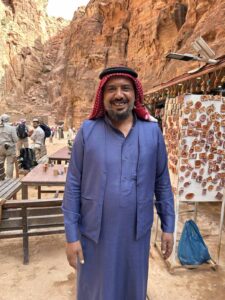
Regarding the modern inhabitants of the Petra area: Whether they’re descendants of the Nabateans or not, they have retained the Nabatean trait of welcoming travelers from around the world. They are devoted to the very important industry of tourism & keeping things safe for Petra’s many visitors.
Petra Viewpoint
On our way out of town (en route to Wadi Rum), we stopped at a scenic overlook. A large sign stating “Petra Grand View” & a wood bridge that jutted out both provided dramatic photo opps. We enjoyed great views over the sprawling town of Wadi Musa below, nestled among the surrounding mountains.
Note: the property in the photo below on the right (with the blue swimming pool) is The Old Village Resort, where we almost stayed. It also looks great, but is quite a bit farther away from the Petra entry & Petra Visitor Center.
FINAL REMARKS / RESOURCES
We’ve finally reached the end. I hope you’ve enjoyed our tour of Petra & Wadi Musa. As you have learned, there is much to see & do here. Reducing Petra to a single day trip is a common mistake made by many travelers.
Hopefully, when you visit, you’ll be able to spend at least one night in Petra, ideally two (with at least 1.5 days in the area)! That way, you’ll have the time you need to adequately explore this amazing place.
Walking/Hiking in Petra – as mentioned, the terrain in the ancient site is mostly sand and rock, with lots of stairs/ steps. Plus, there are lots of different trails to explore, especially if you’re a hiker. So, it’s important to wear comfortable shoes with a good grip.
Of course, I’m very aware of the instability in the Middle East with ongoing conflicts. In fact, my first trip to Jordan (scheduled for October 2023) was cancelled due to the Israel-Hamas war. Luckily, this rescheduled trip to Jordan (April 2025) went off without a hitch – and we felt safe the entire time!
Jordan, itself, is a very peaceful country, but its neighboring countries are often in some type of conflict. As a result, tourism to Jordan is way down. That’s a real shame because it’s a wonderful place to visit – including, of course, Petra.
FROM A “TRAVEL AWAITS” 2025 ARTICLE: Unfortunately, military actions in the region have seen visitor numbers drop drastically over the last year. Even though Jordan has steered clear of major conflicts, and is a country known for its balance of ancient traditions and modern habits, many have decided it’s too risky to visit. In short, tourist numbers in Petra are dropping drastically. Link to article quoted above
PETRA RESOURCES
- Visit Petra (the official Petra website managed by the Jordan Development & Tourism Region Authority)
- Petra Moon Tourism Services (the excellent tour operator that booked our Jordan trip – based in Petra & Amman)
- Petra By Night
- Petra Kitchen
- Petra Guest House (hotel where we stayed)
- The Old Village Resort
Read My Other Jordan Blog Post About Wadi Rum – Visiting Jordan’s Majestic Wadi Rum & Our Luxury Desert Camp
OFFICIAL MAP OF PETRA SITE
This is a photo of the large Petra site map displayed at the Petra Visitor Center. Now that we have toured the site together, the map will make more sense. We followed the entire Main Trail (in red)to the end, and then took the long walk up to the Monastery (upper left corner).
CONTINUATION OF PETRA HISTORY (from above)
(this first paragraph repeated) As a result of tolls & services provided to the traders, Petra became a very wealthy society. Using the caravan wealth and drawing upon artistic influences from throughout the ancient world, the Nabateans literally carved out an amazing city from the rosy sandstone mountains that surround the ancient city center.
For example, a Nabatean home excavated by a Swiss team revealed a very high standard of living. Its floors were completely covered with imported marble, walls covered with intricate frescoes of architectural design, a private family bath complex with cold, warm and hot rooms, and massive private storage wells for water and olive oil.
In 106 CE, the Romans annexed Petra (in a largely peaceful transition), renaming the city Arabia Petrea. Then in 363, Petra suffered a devastating earthquake, collapsing many temples and public buildings. However, residential areas of Petra continued to be inhabited after the quake.
Petra became a Byzantine city when the Roman Empire was divided in 395 AD. Besides carving crosses inside many of the ancient tombs to create instant churches, the Byzantines also built several more elaborate churches and cathedrals.
The earthquake, along with changes in trade routes, contributed to Petra’s eventual decline and abandonment. While the city was not immediately abandoned, it gradually lost its importance and was largely deserted by the 7th century. Only the local Bedouin people (herders & farmers) knew of its existence, because they lived in its caves.
In 1812, Johann Burckhardt, an eccentric Swiss explorer, set out to “re-discover” the ruins of Petra. Dressed as an Arab, he slyly convinced a Bedouin guide to take him to the rumored Lost City.
Shortly after Burckhardt’s ‘pilgrimage,’ a steady trickle of 19th century explorers visited Petra. Some of them, most famously David Roberts of the Royal Academy, captured their visions of the site in sketches and paintings. (around 1839) Click here to see Collection of Roberts’ lithographs
By the first decade of the 20th Century, serious archaeological work had begun on Petra’s ancient site. Interestingly, Agatha Christie and her archaeologist husband Max Mallowan made the journey to Petra in the early 1930’s. She wrote about it in her 1938 mystery book “Appointment With Death.”
COMMENTS: Have you visited Petra? When was it & what was your experience? If not yet, is Petra on your list?

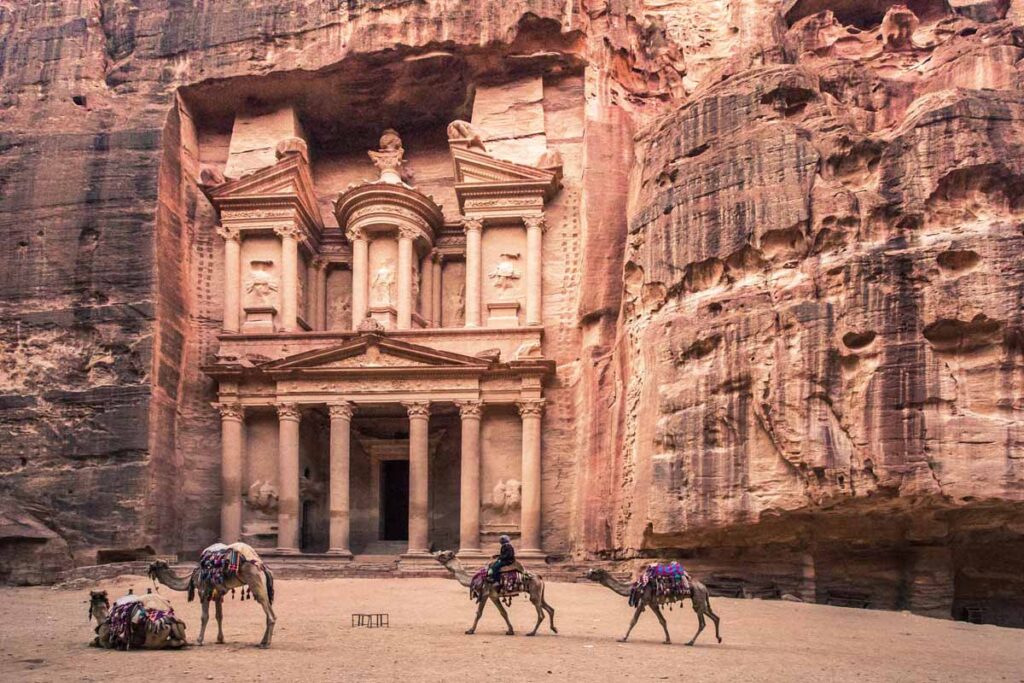
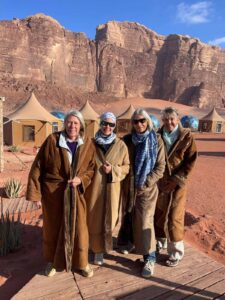

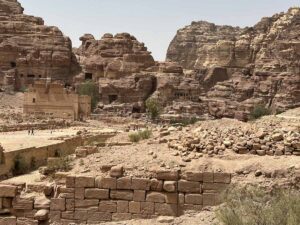
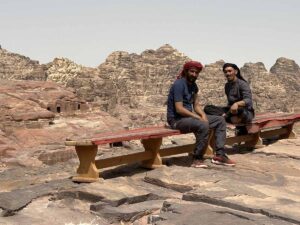


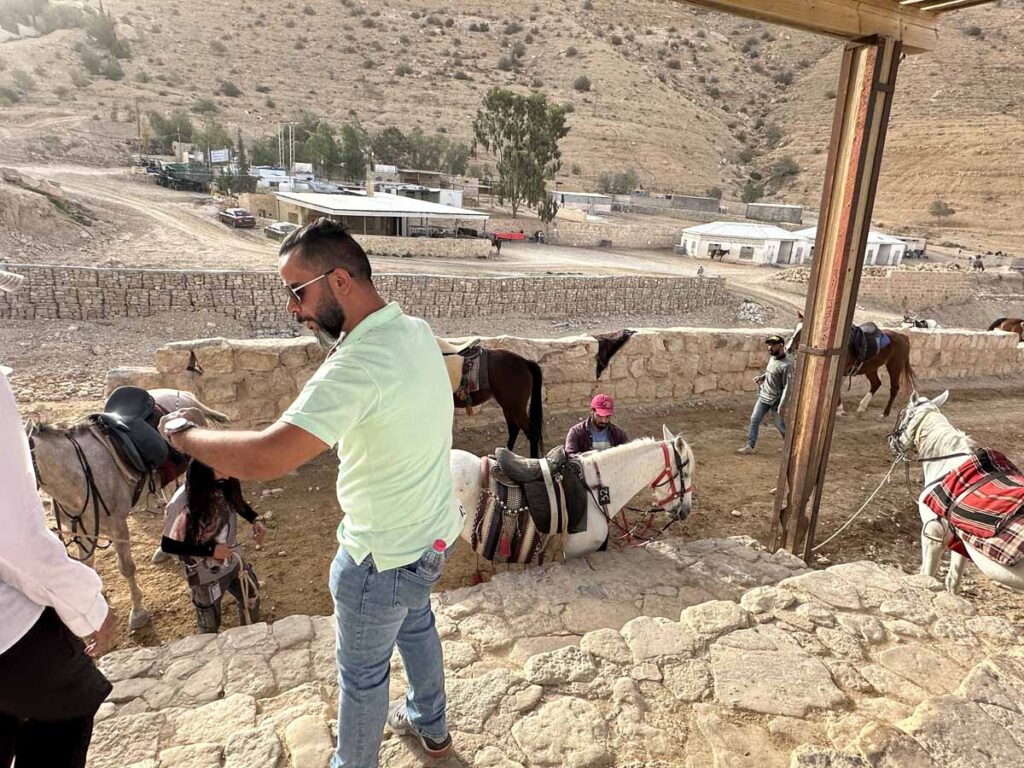
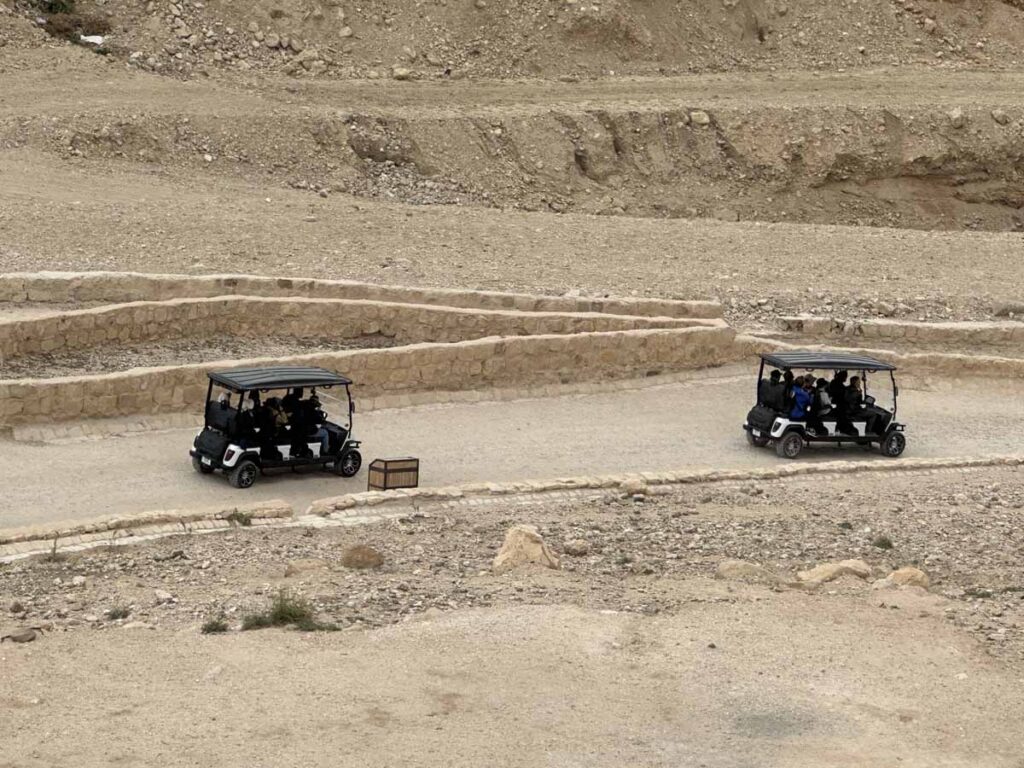

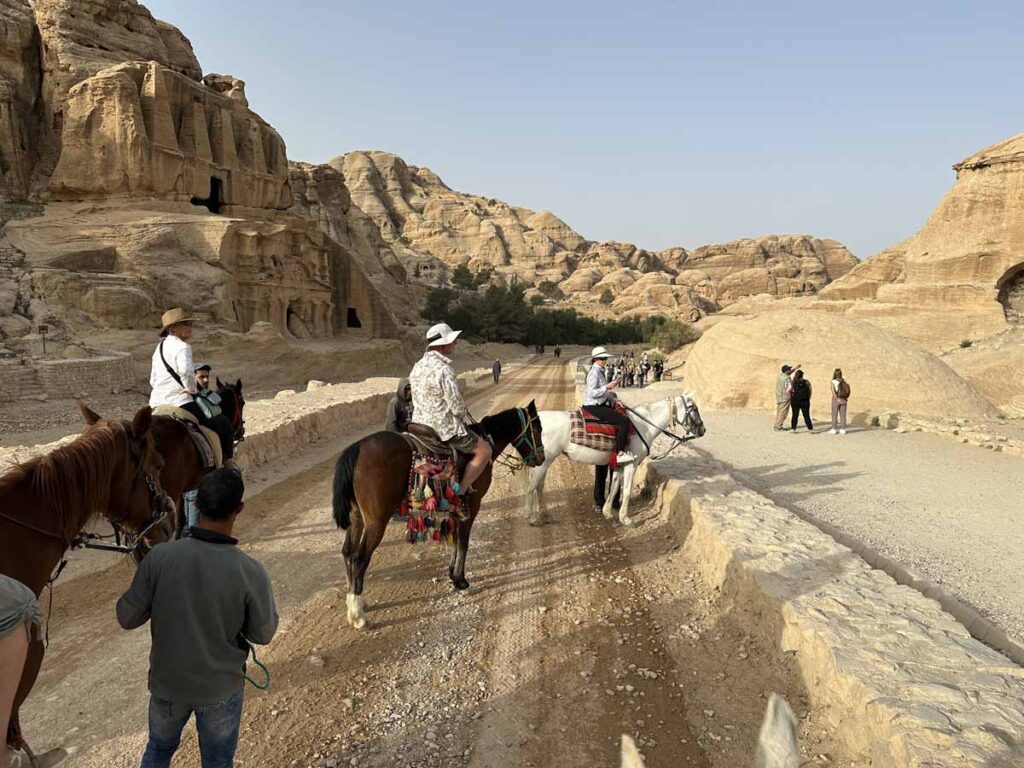
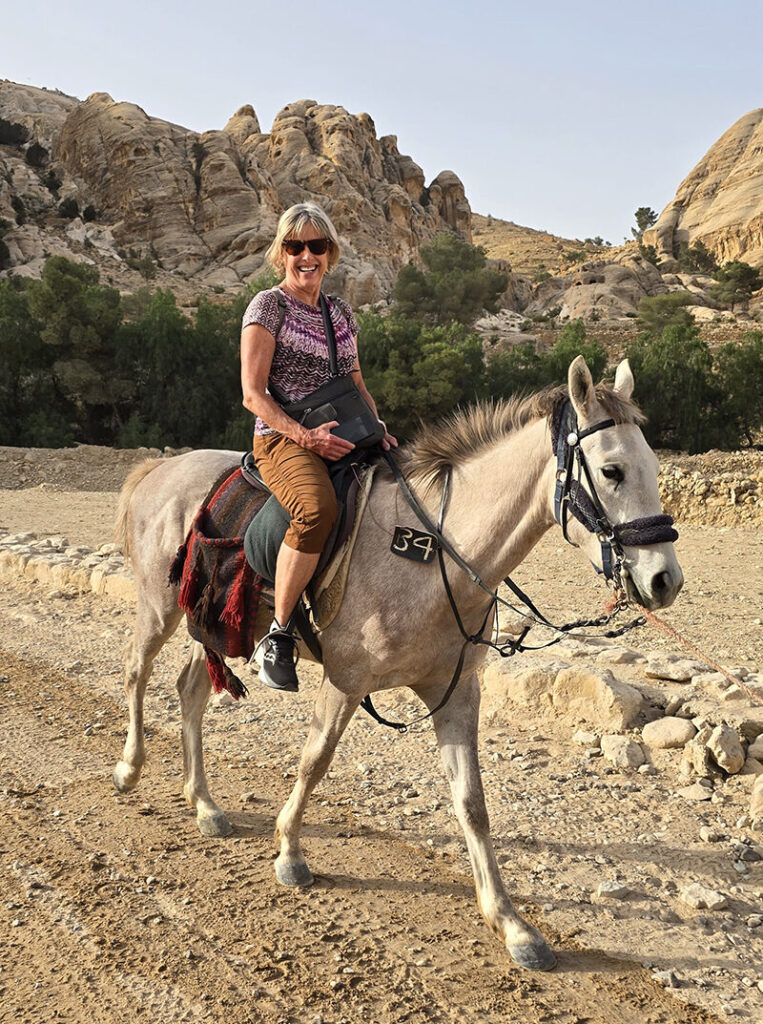
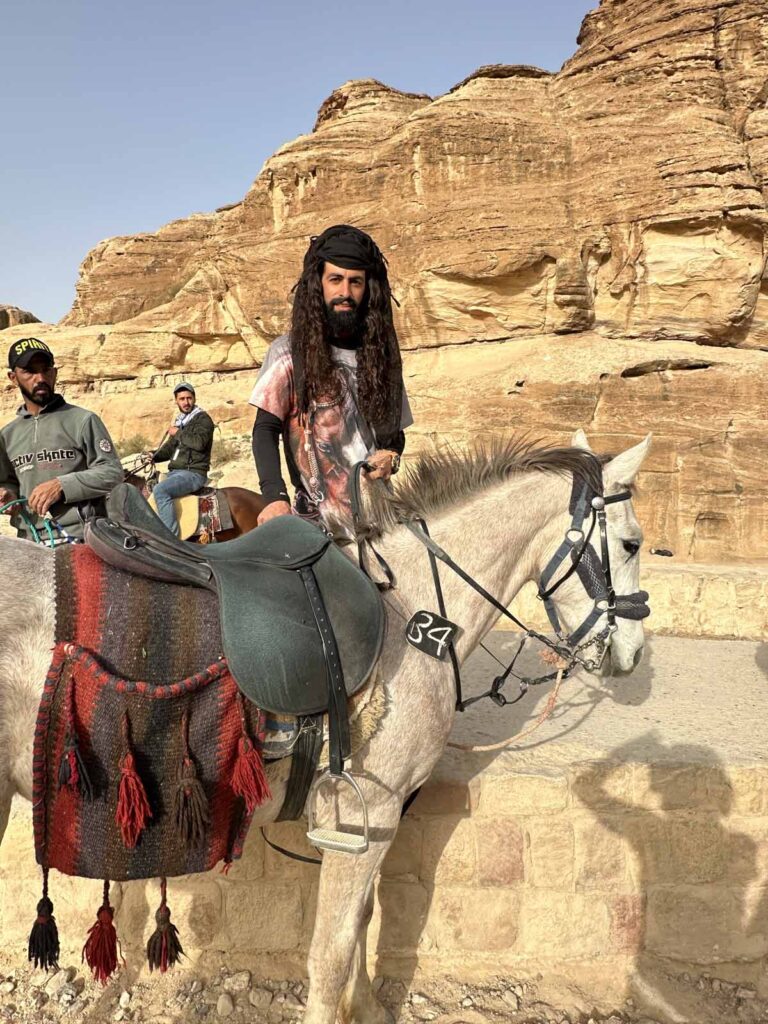

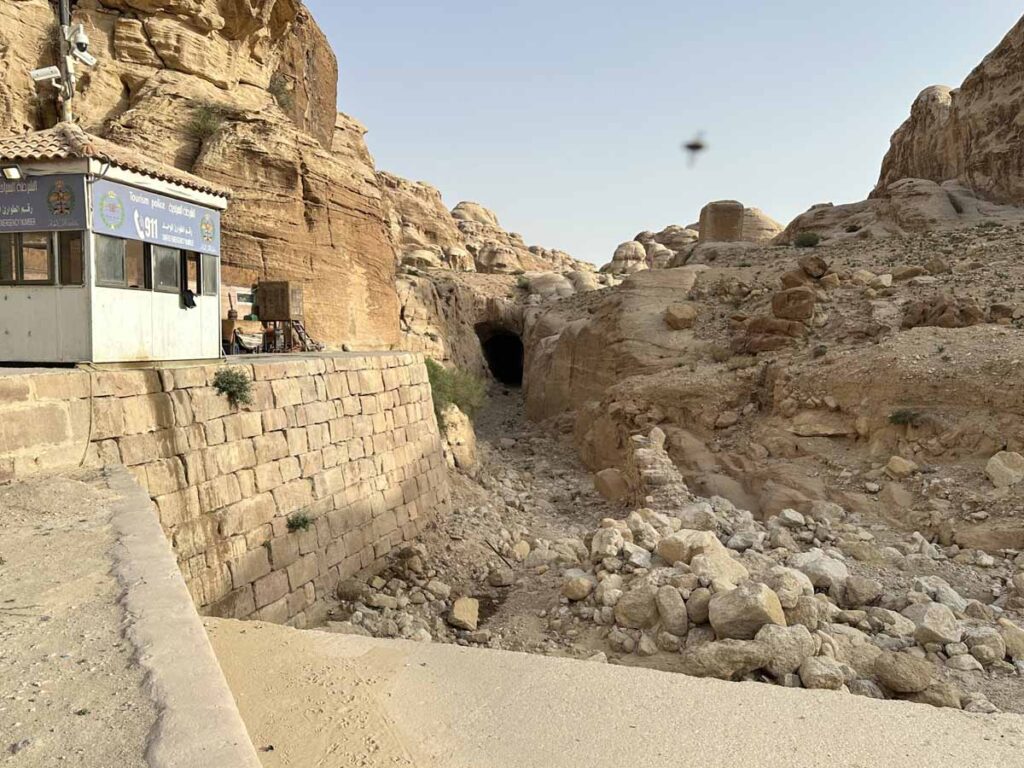

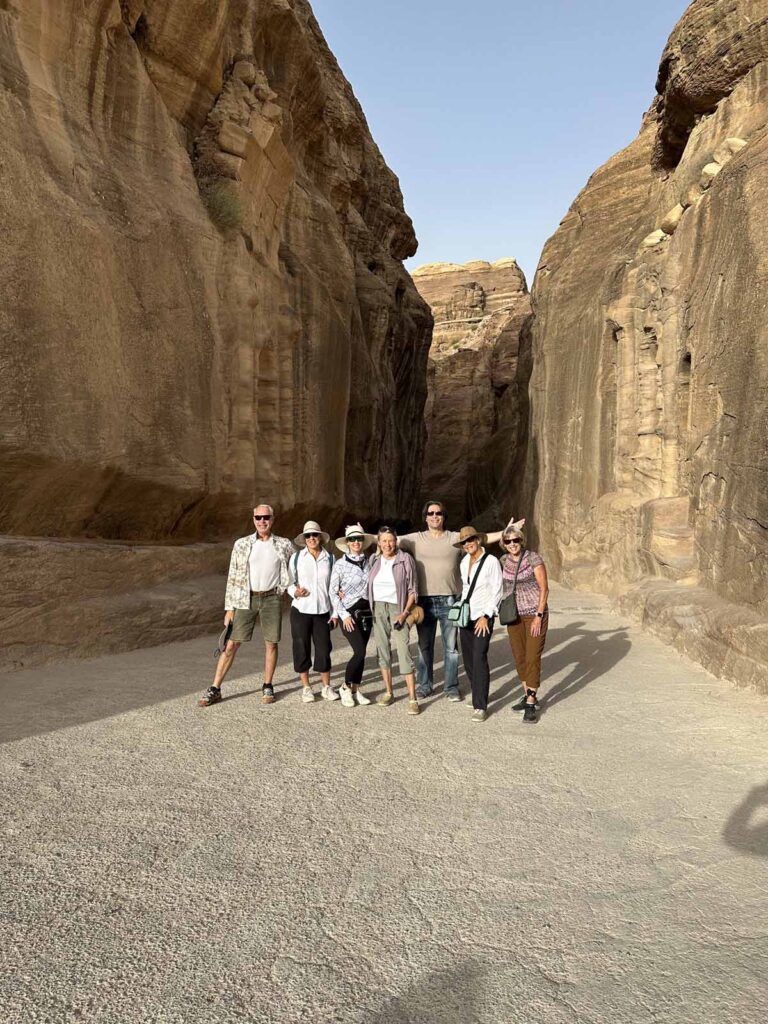
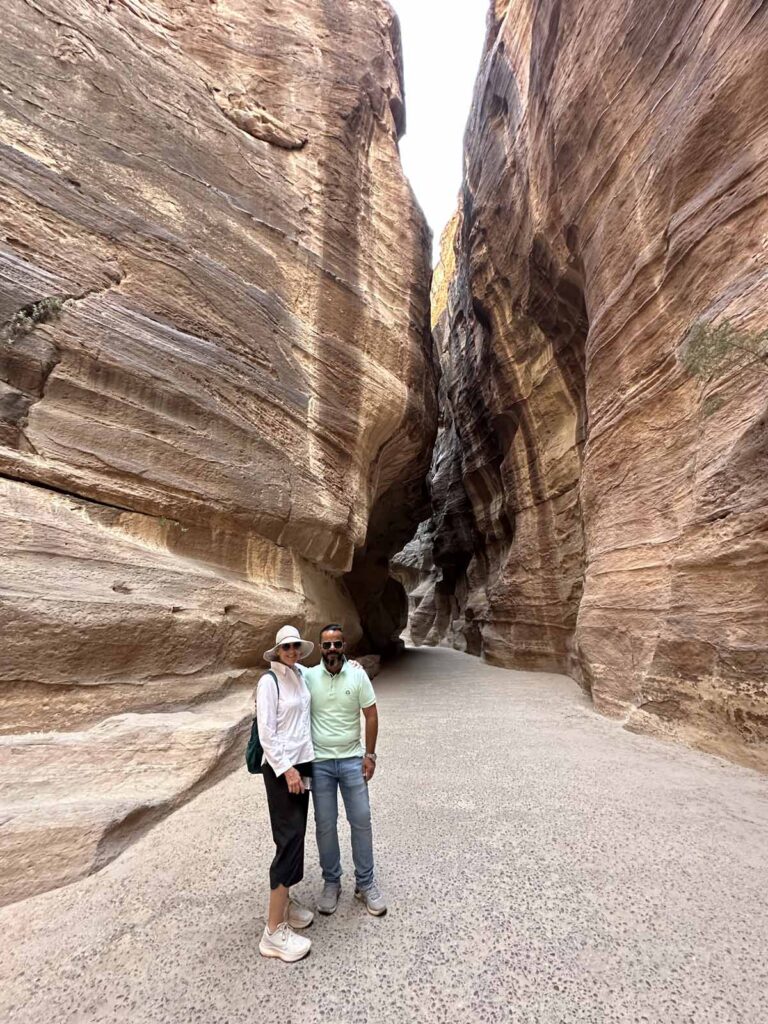
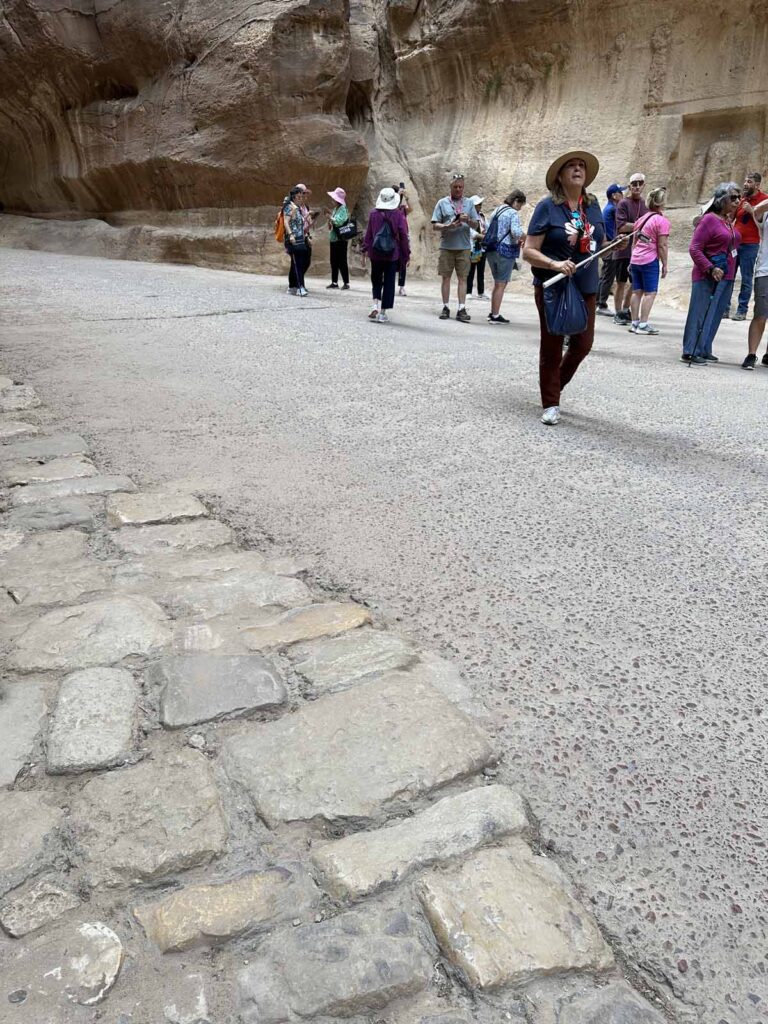
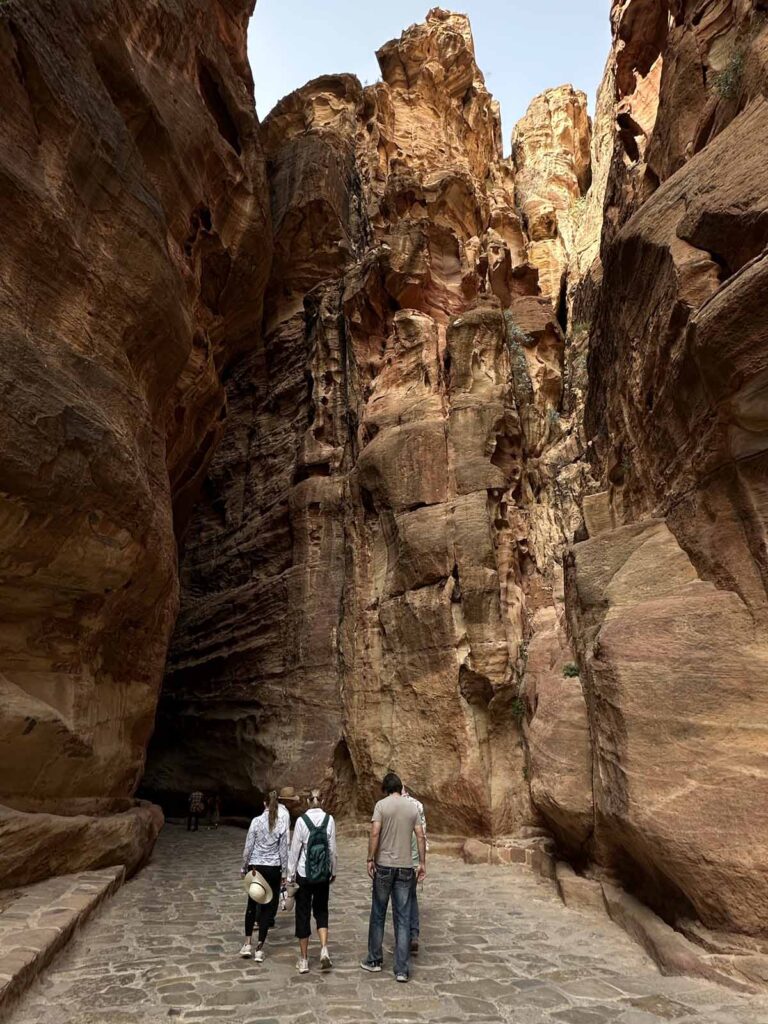
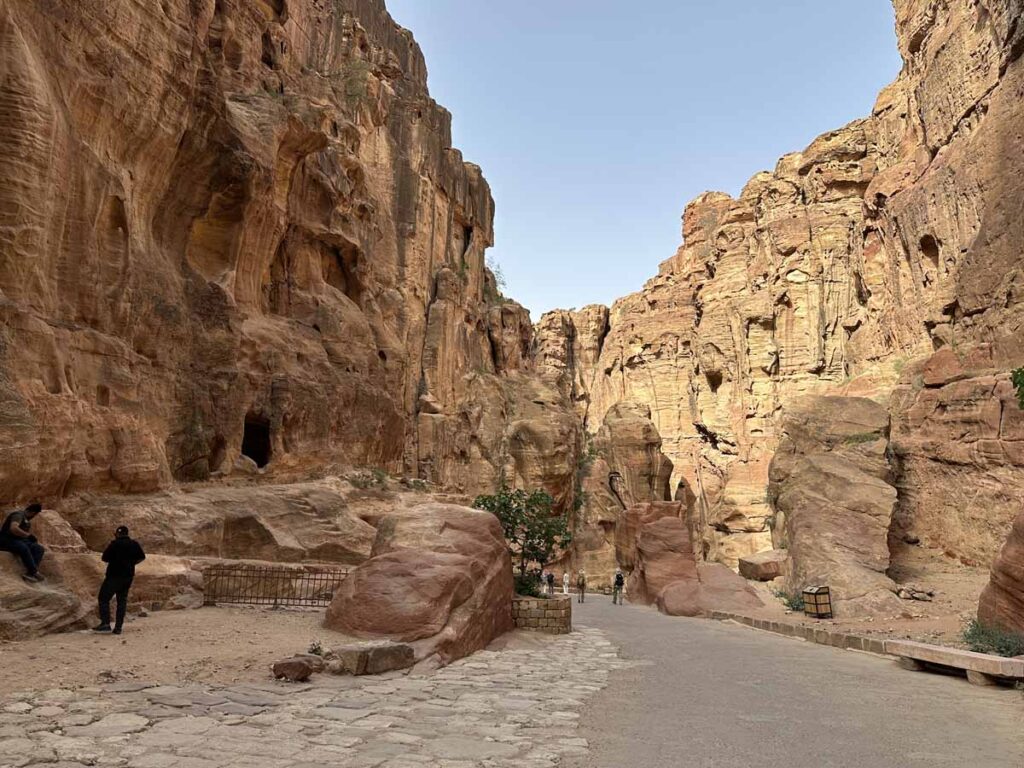
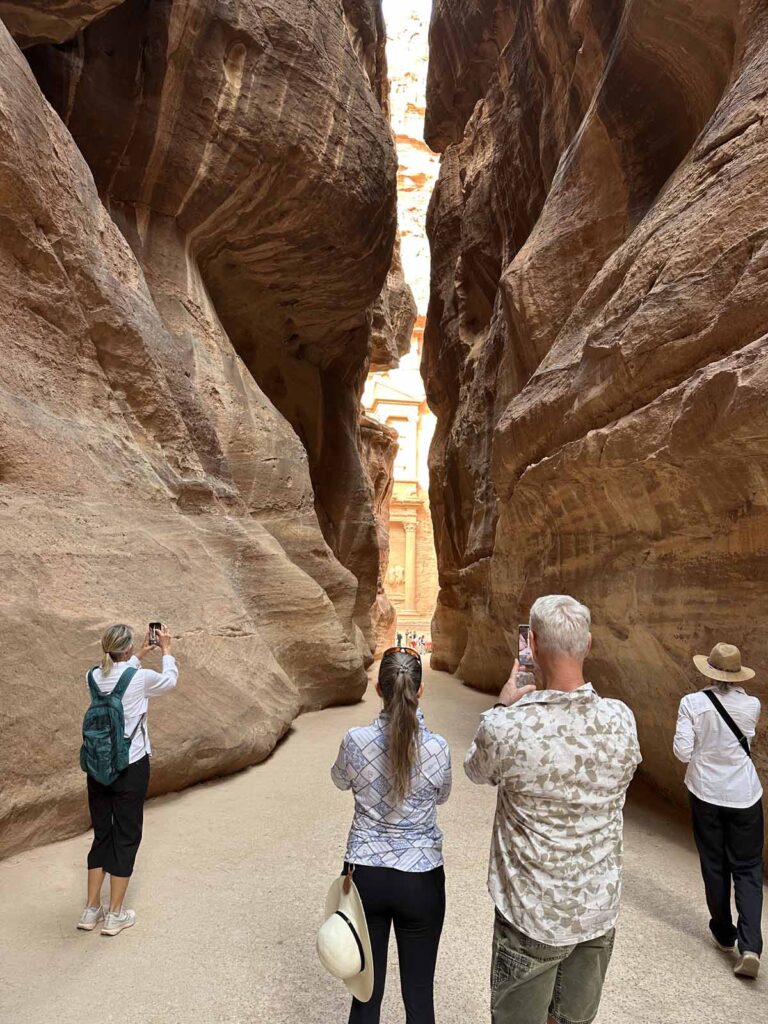
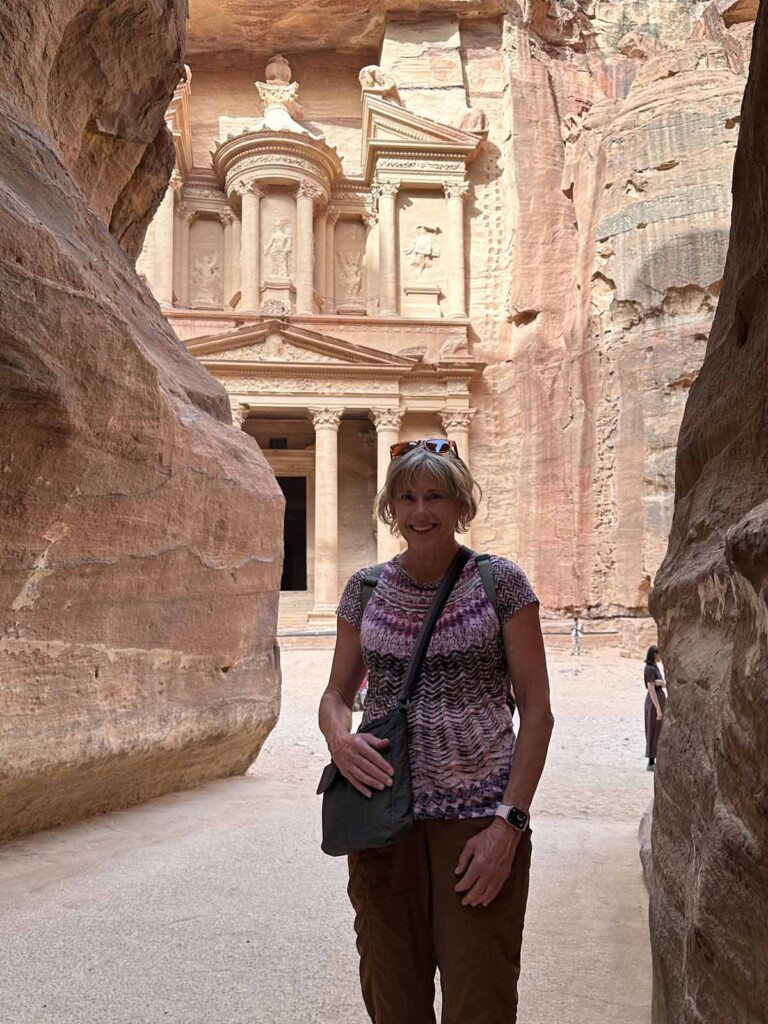
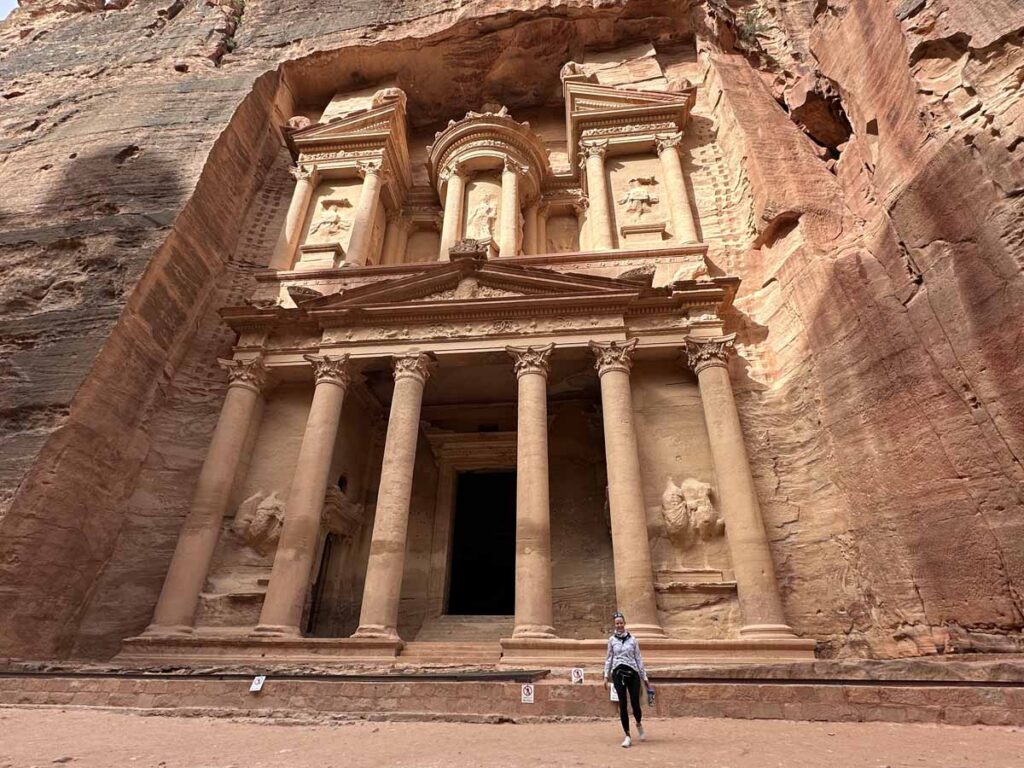
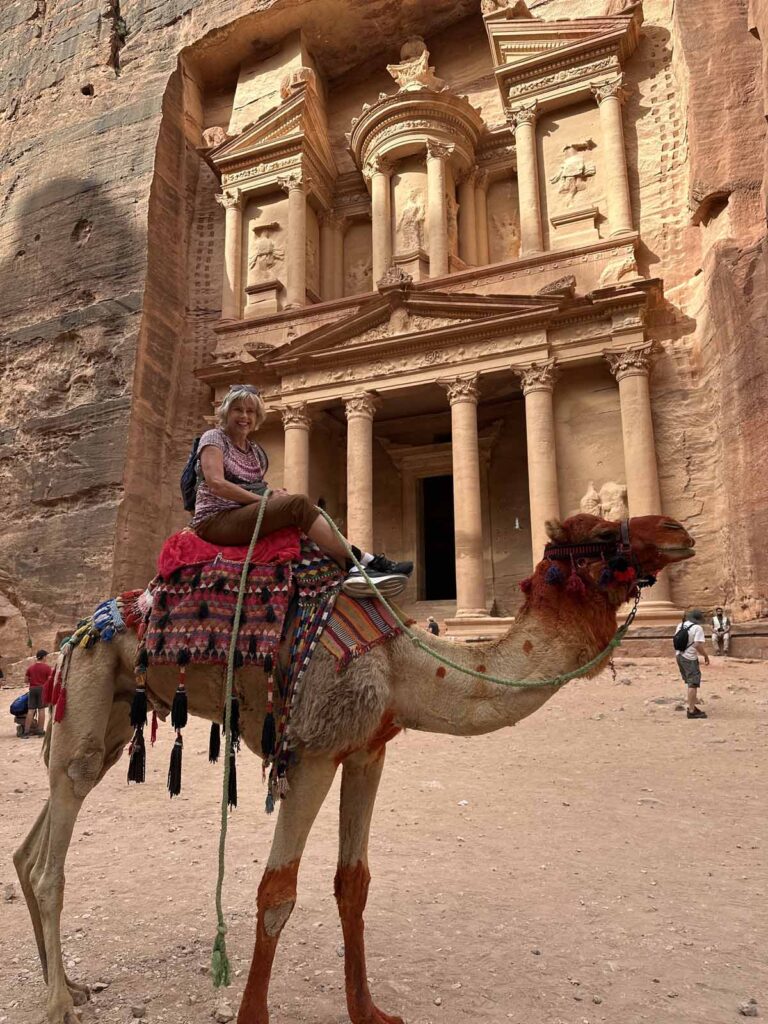
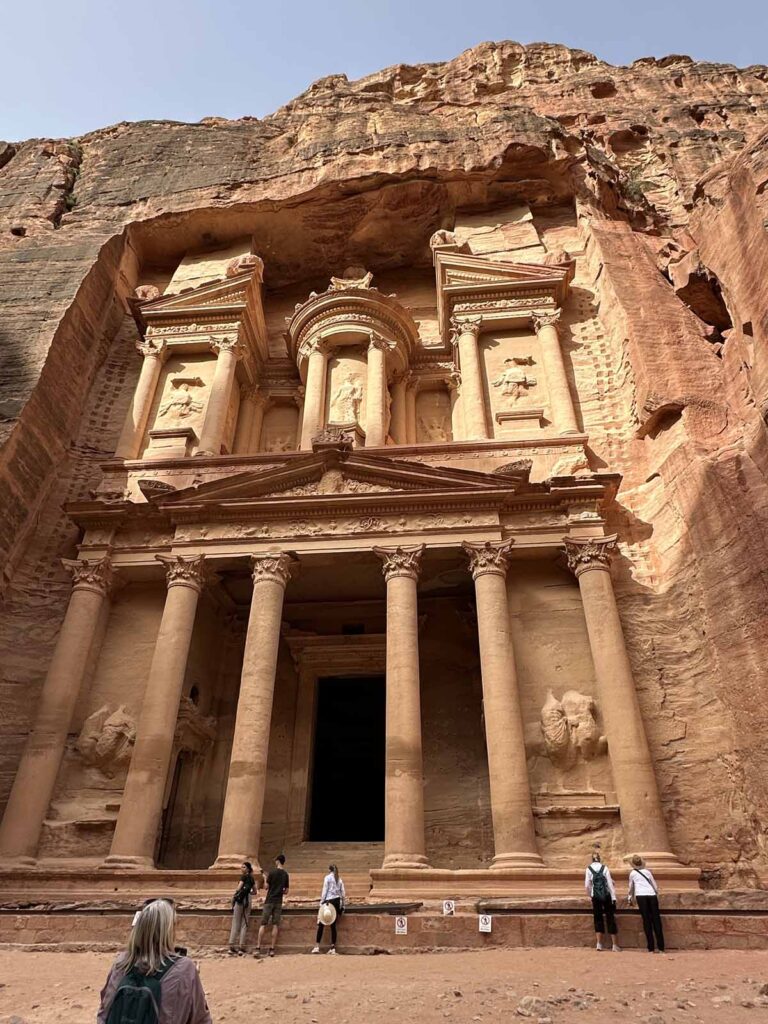

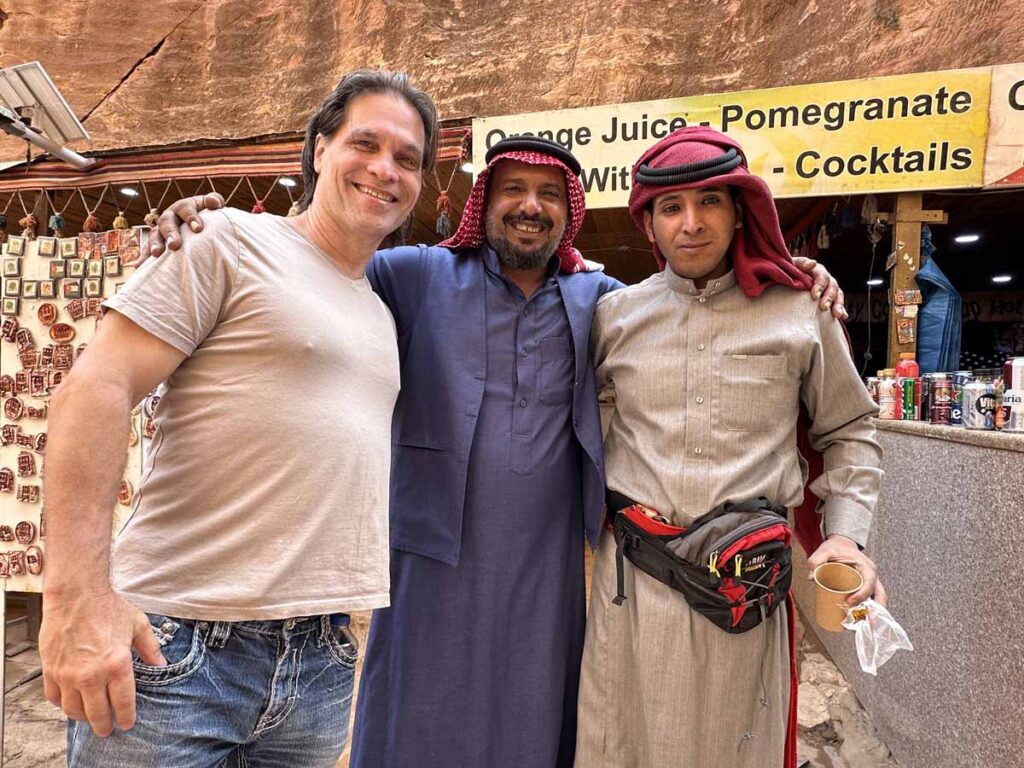

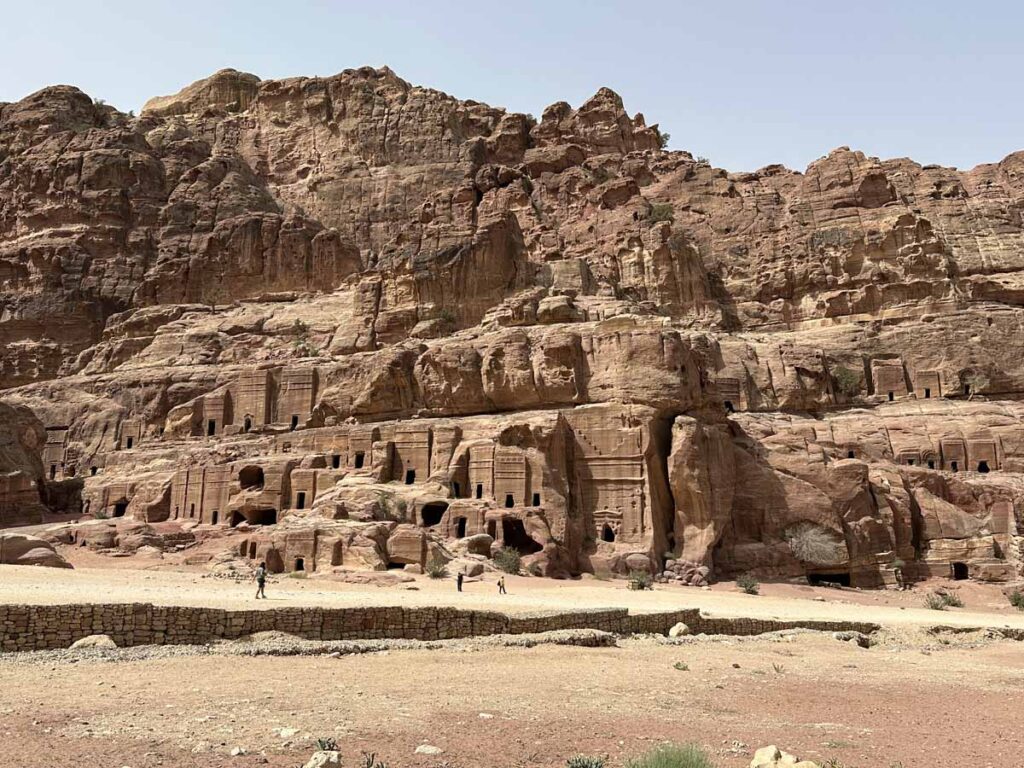
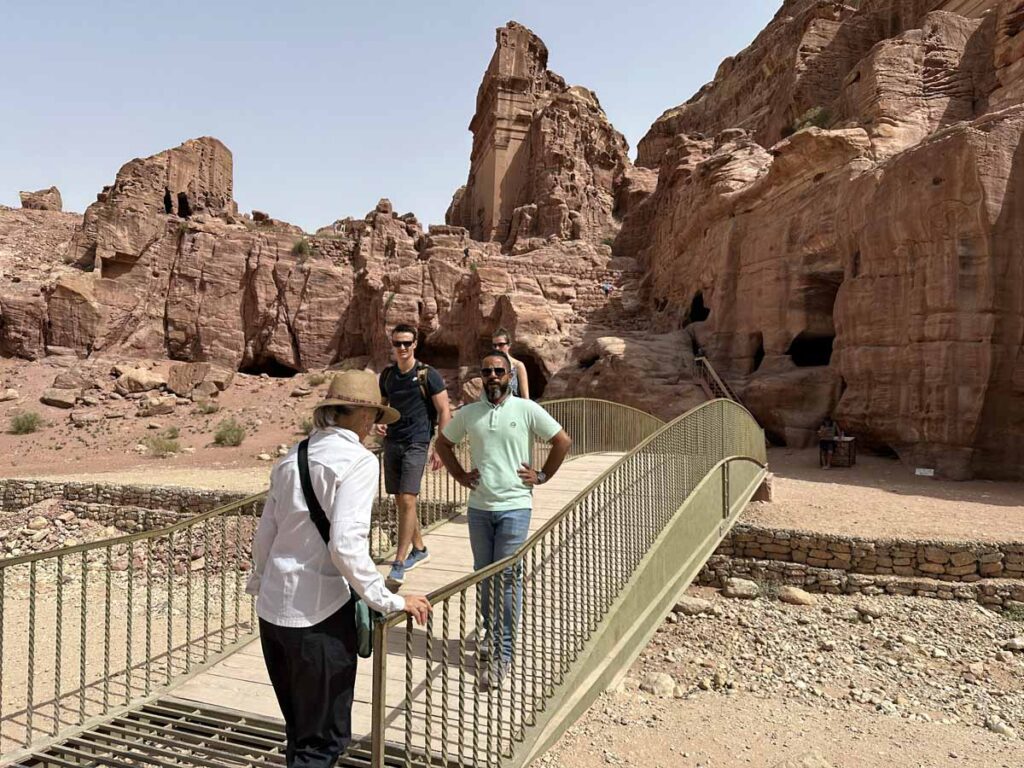
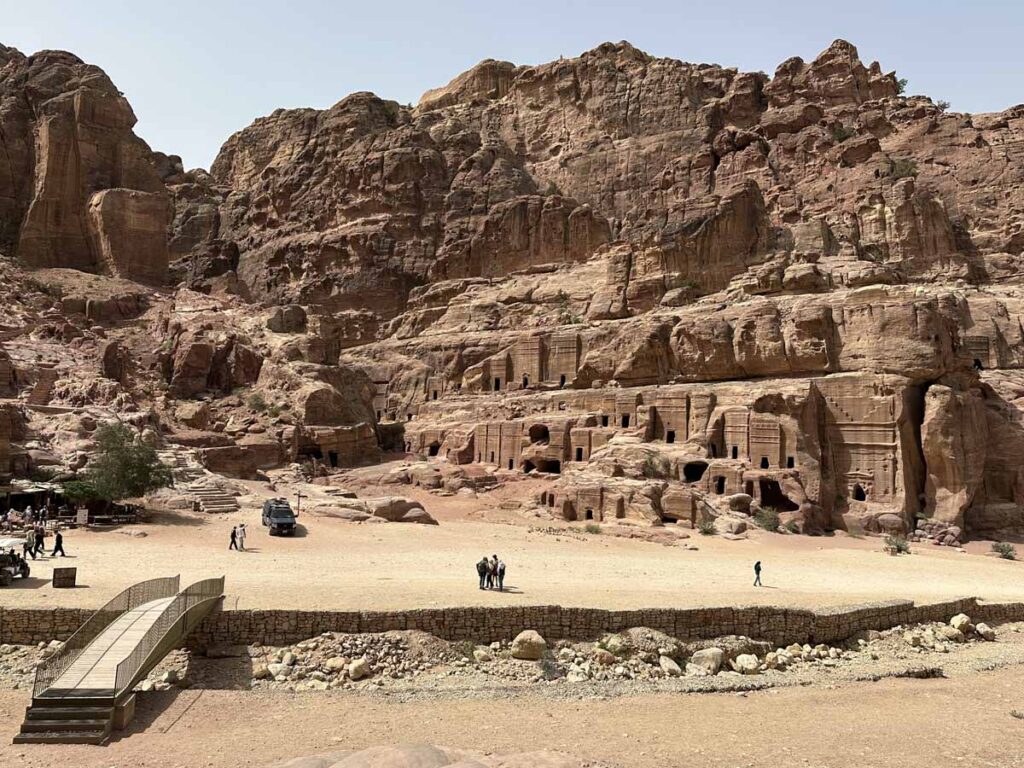
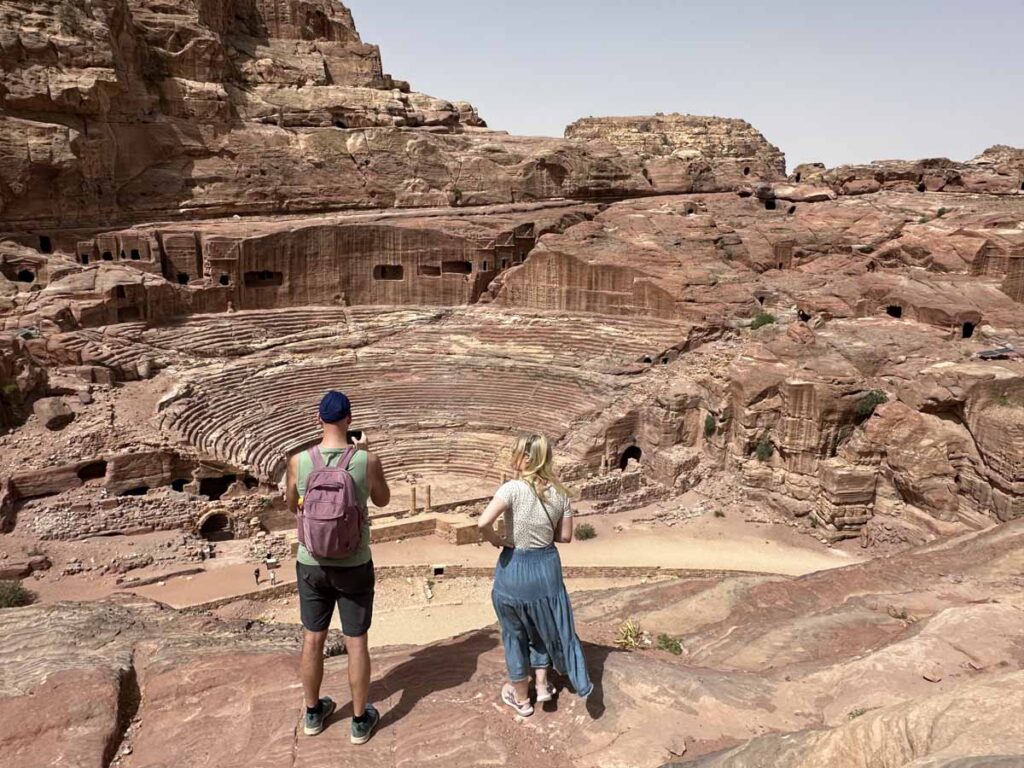
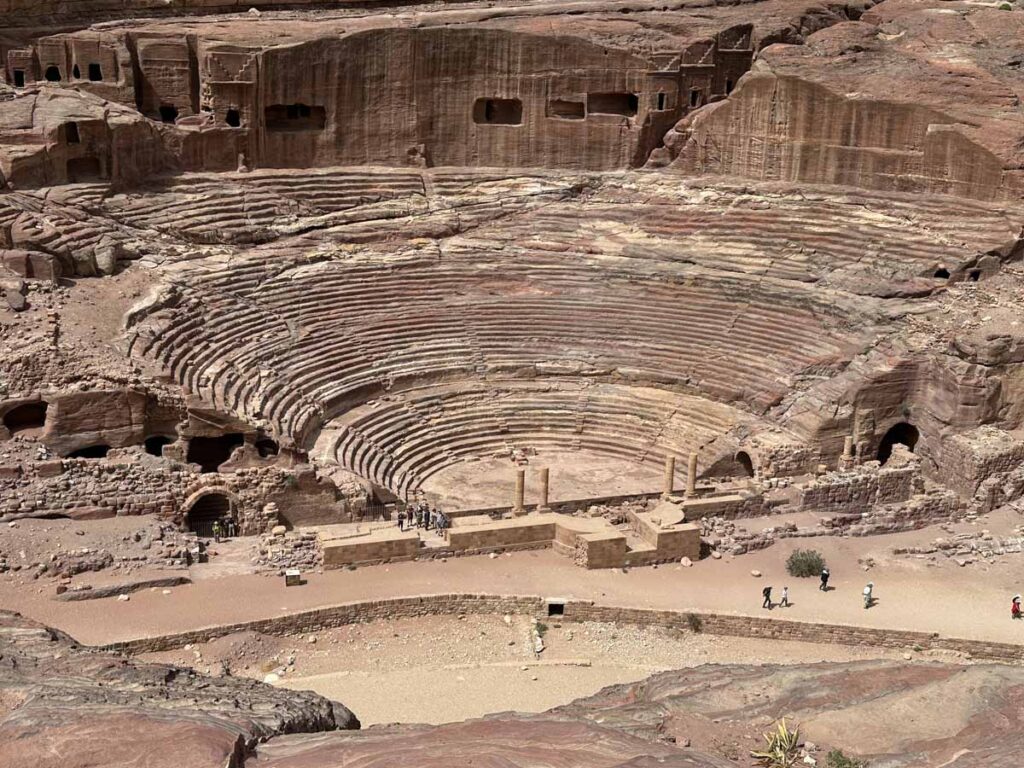
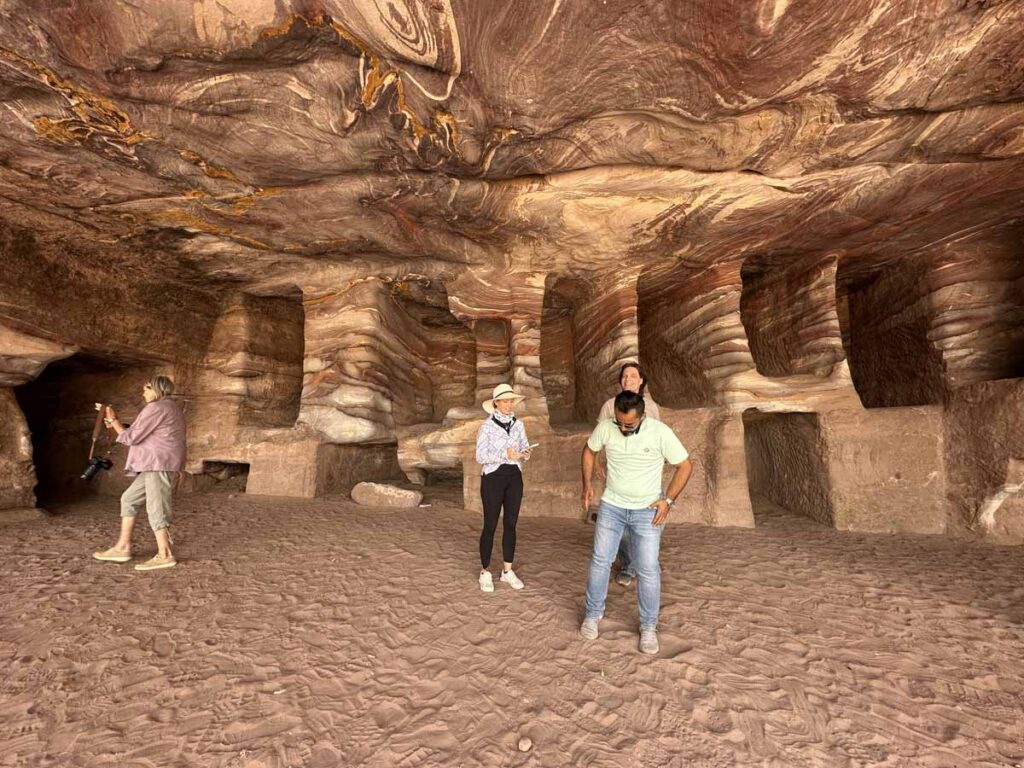
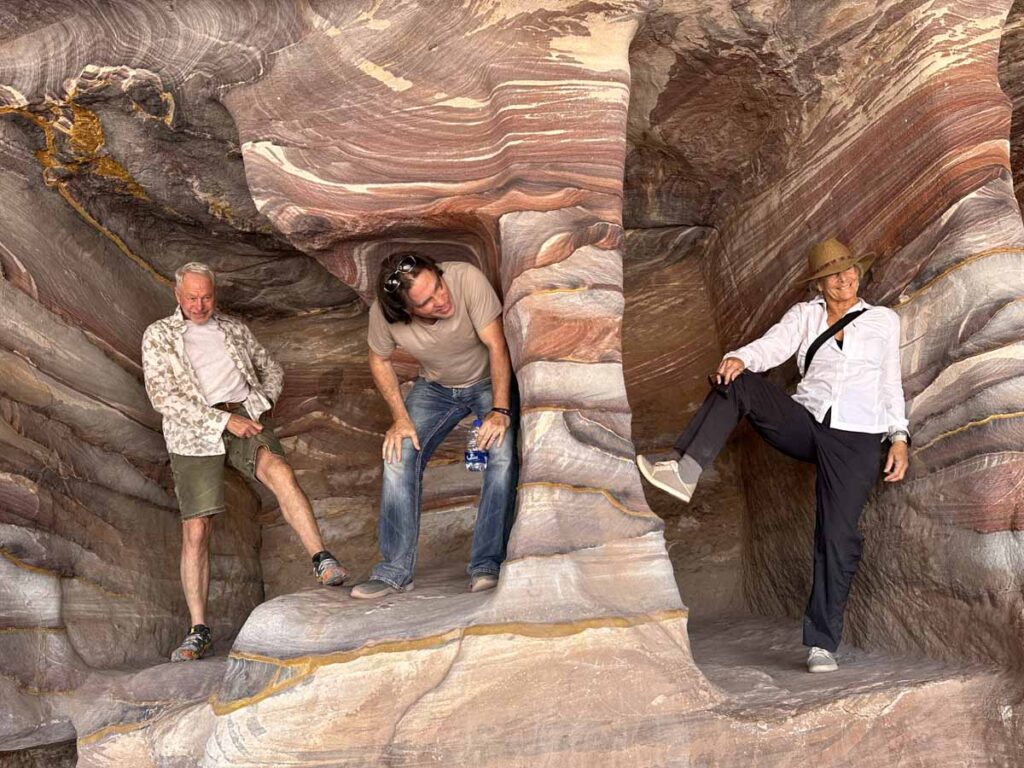
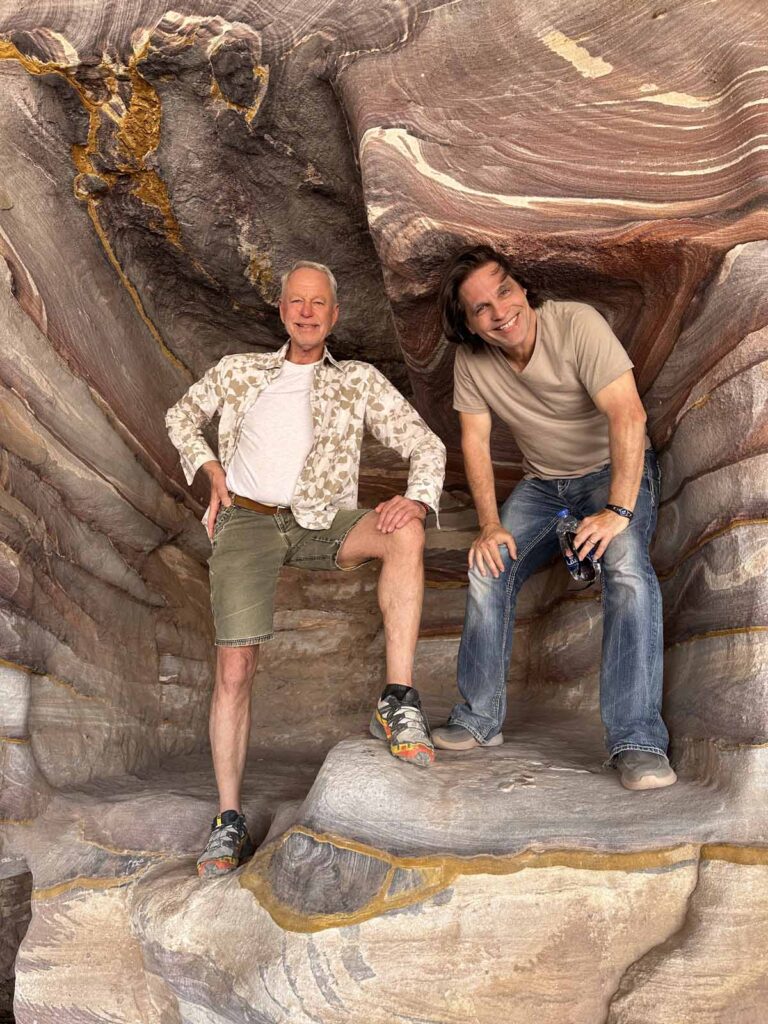
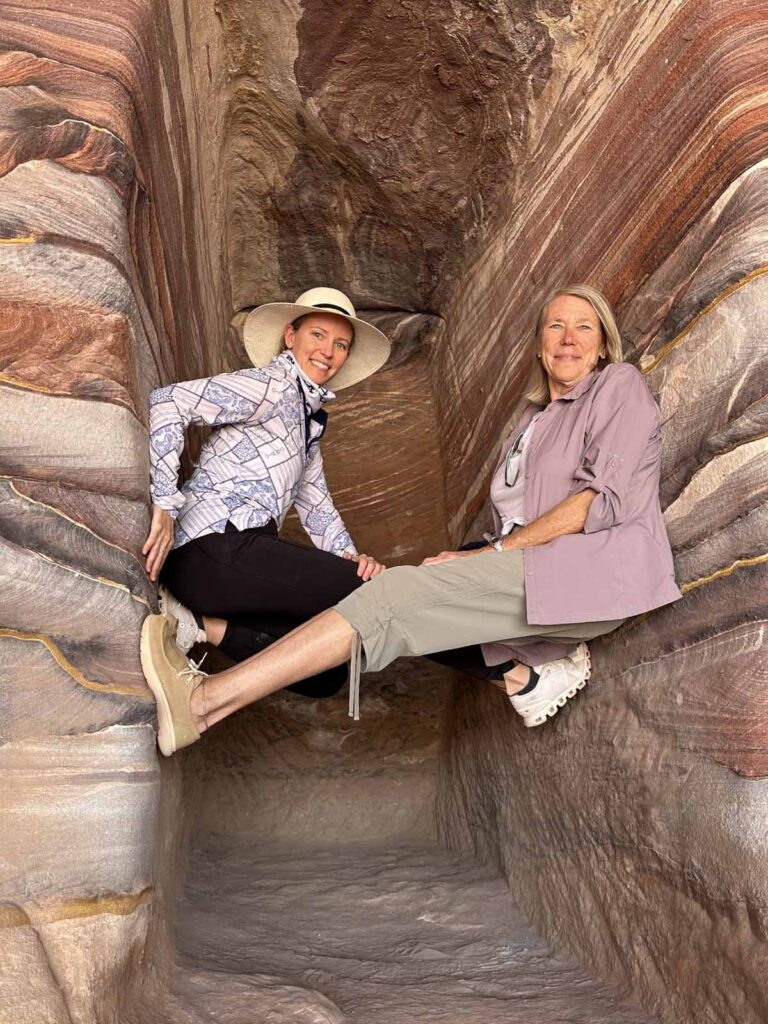

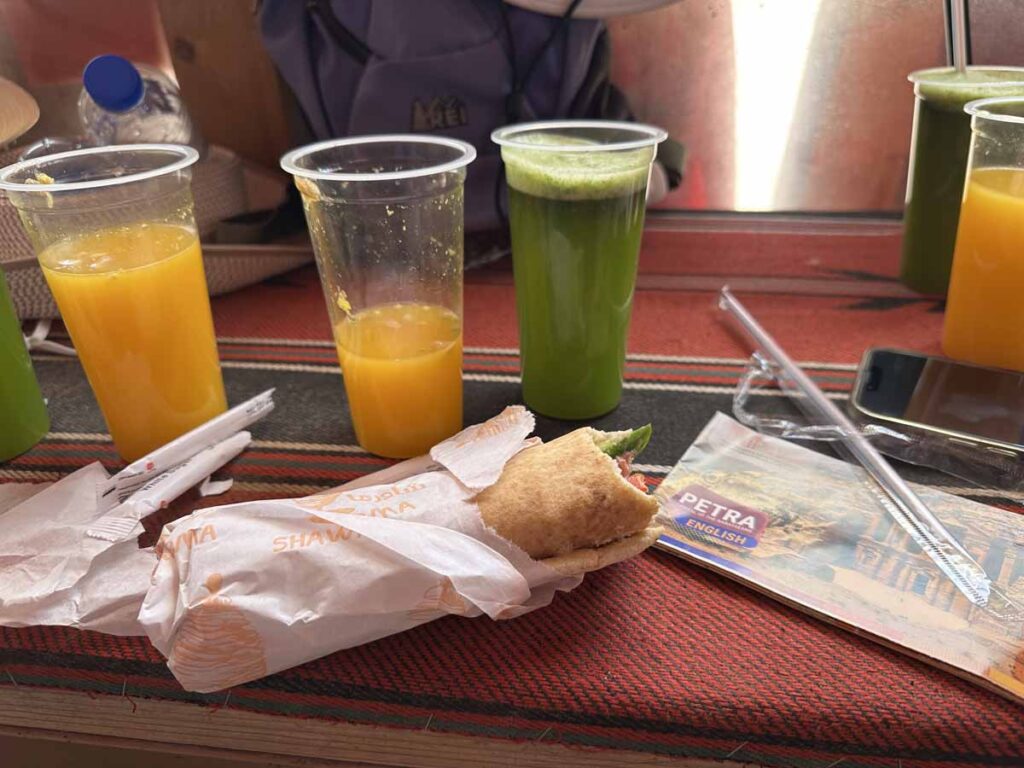
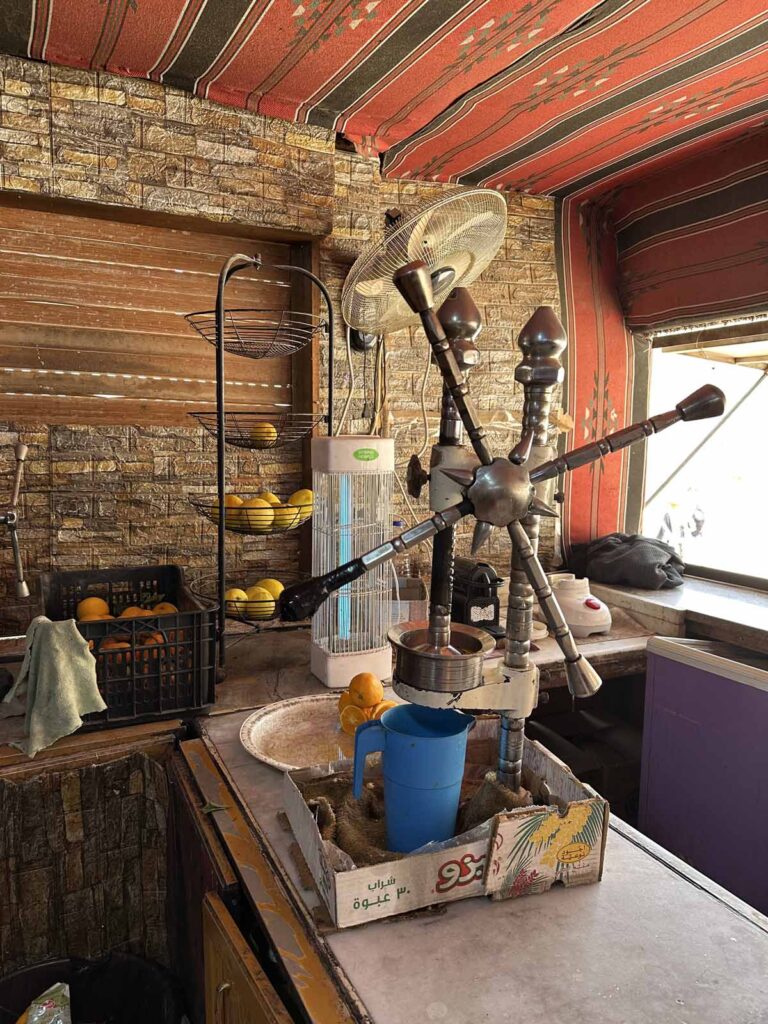
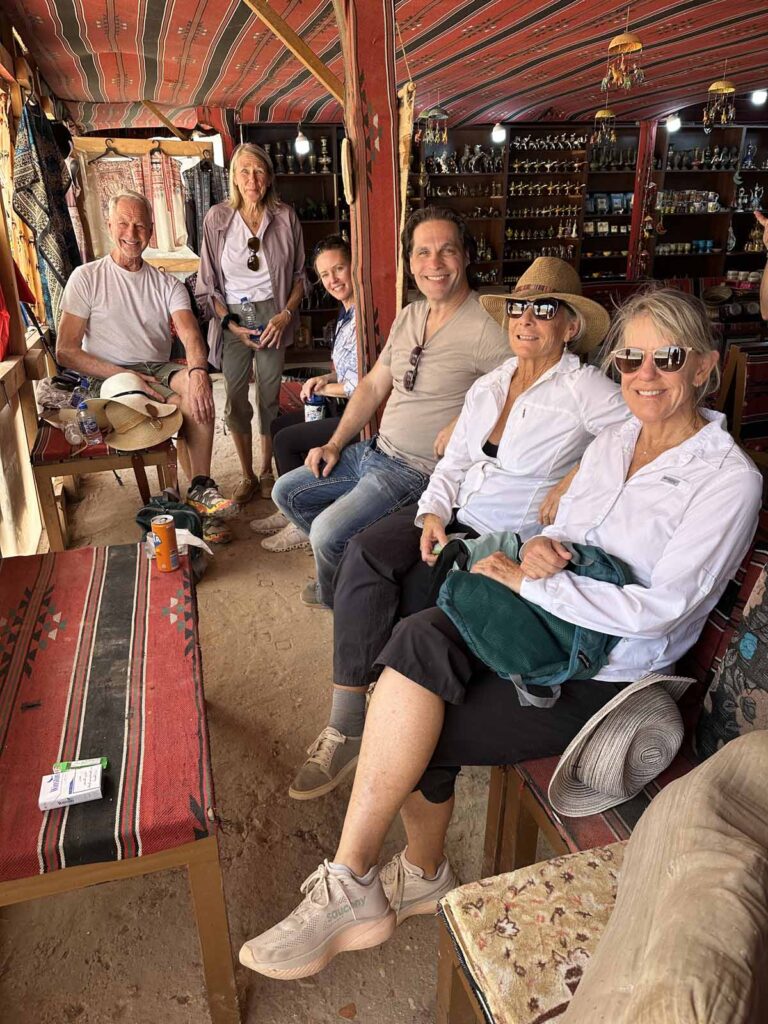
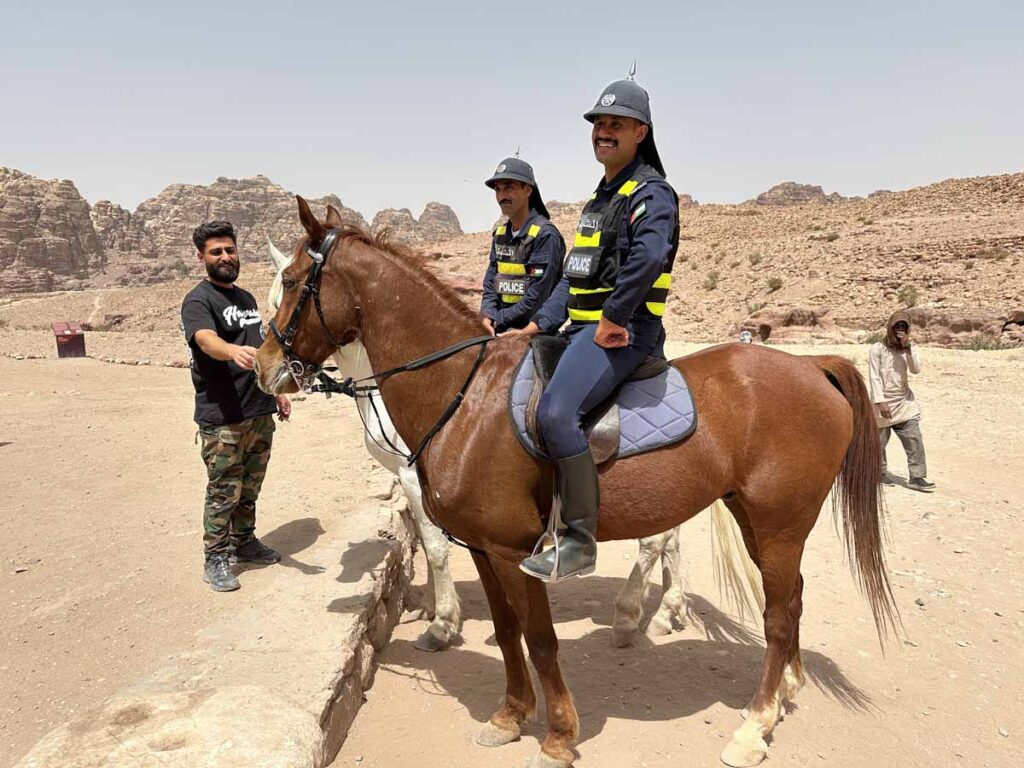
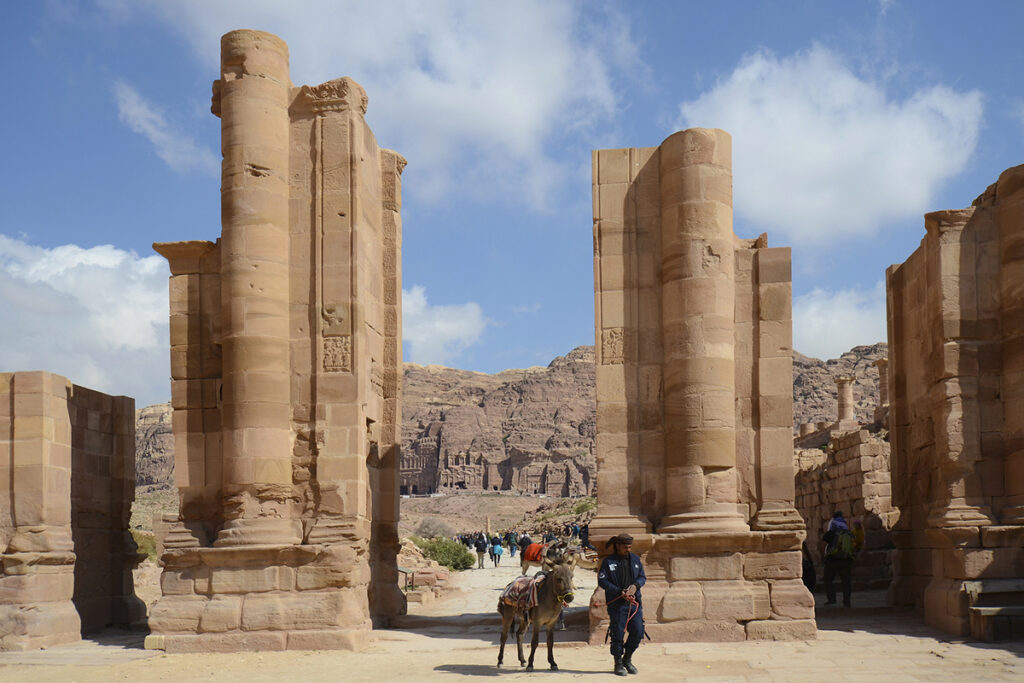

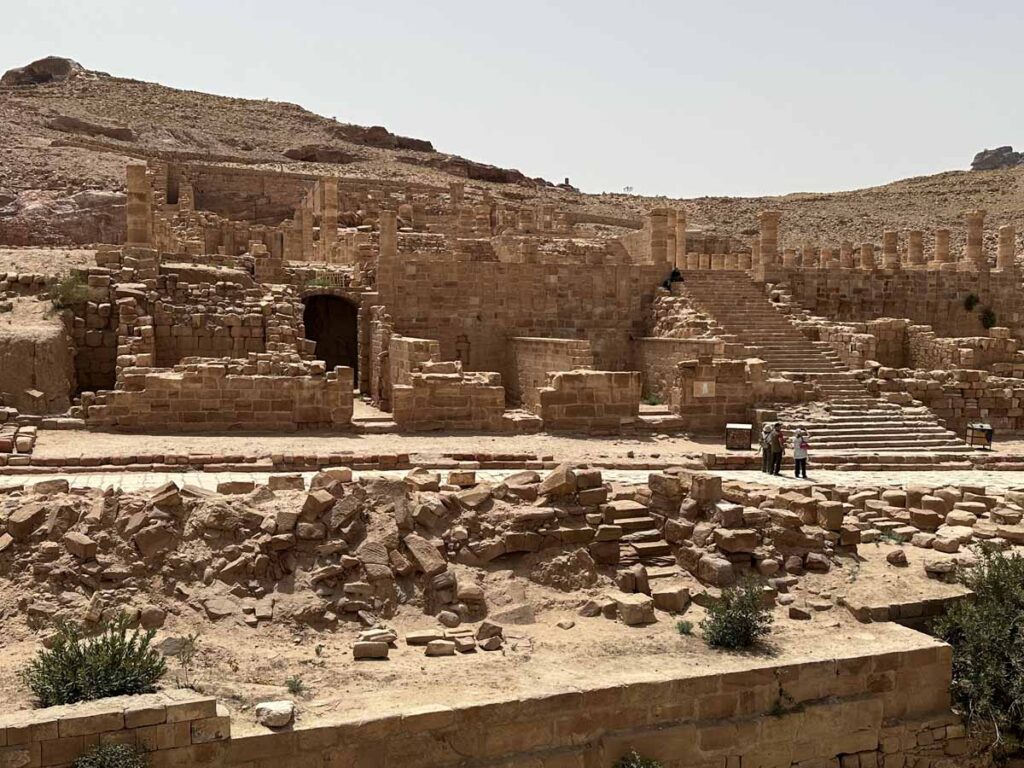
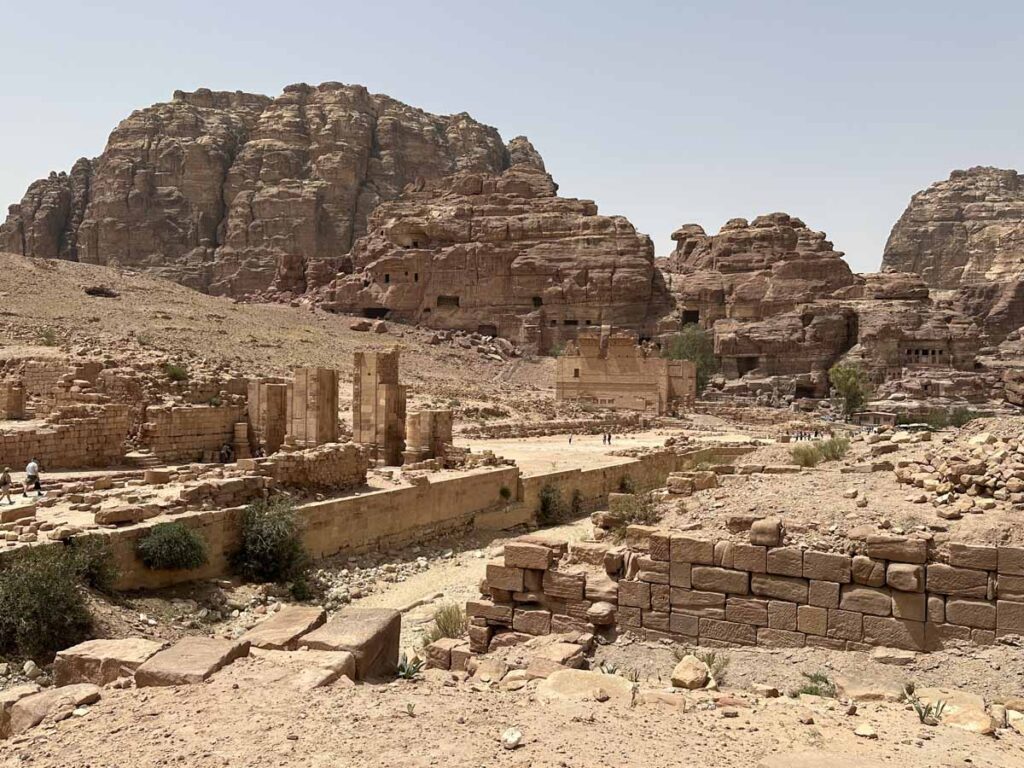
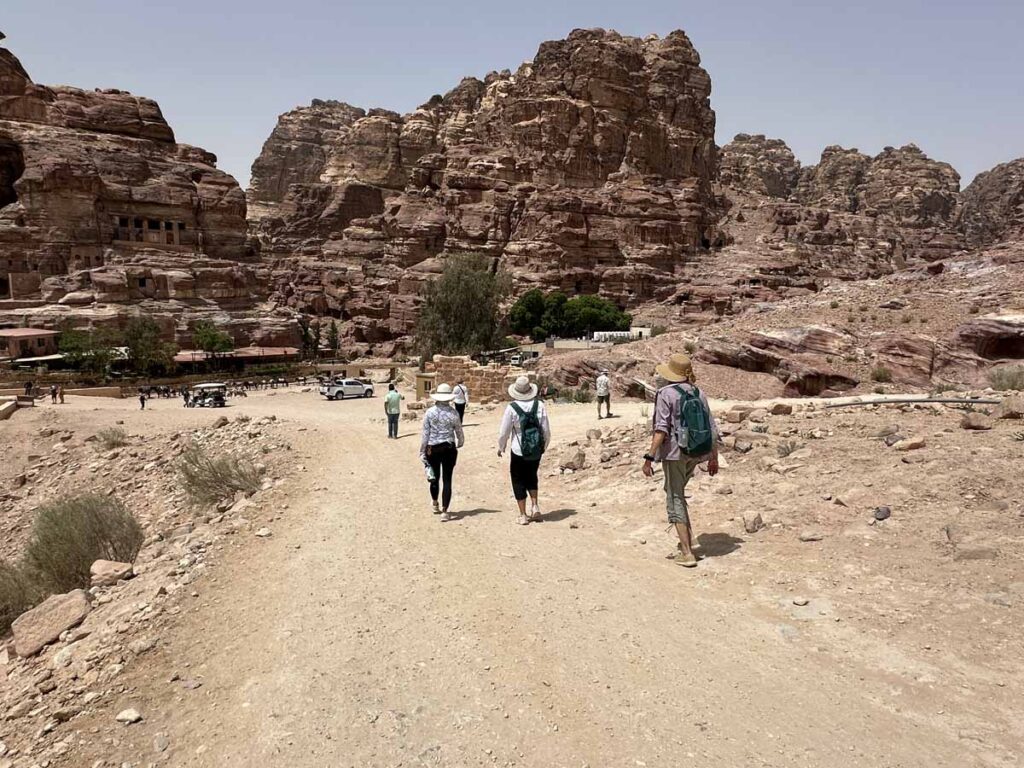
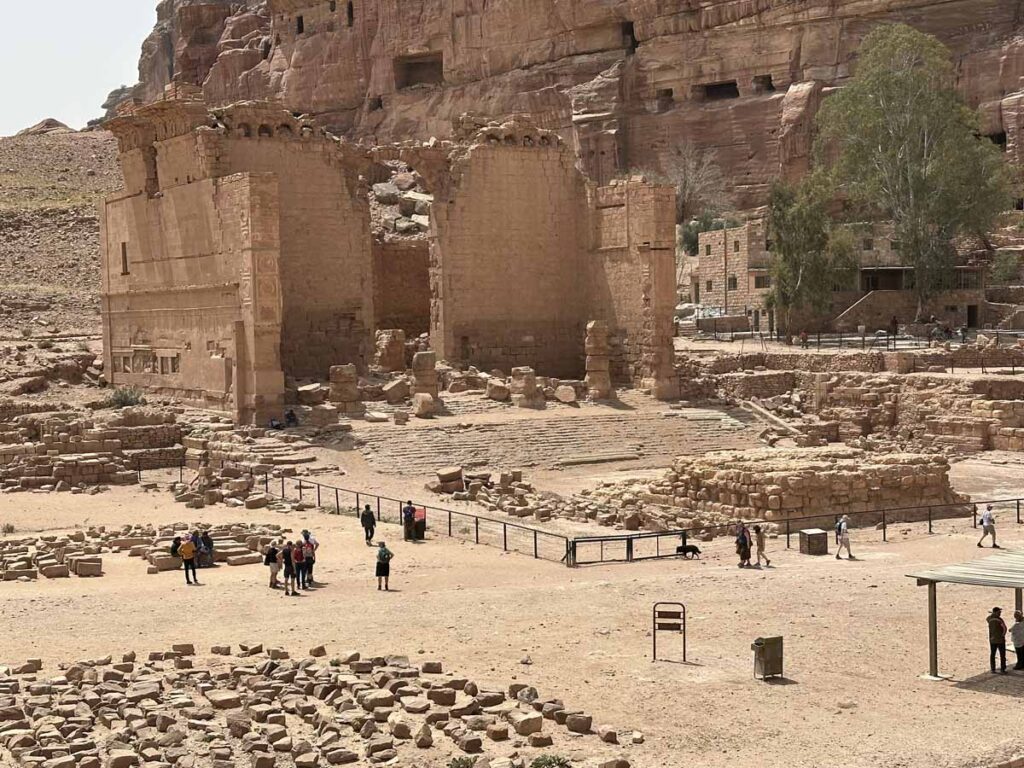
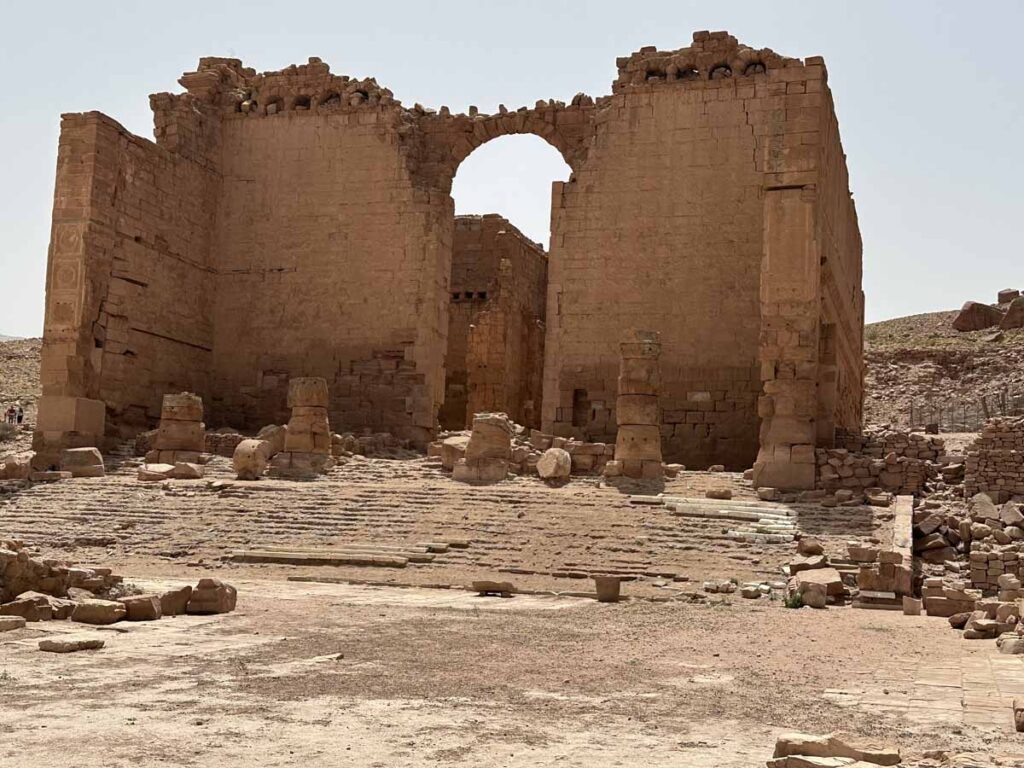

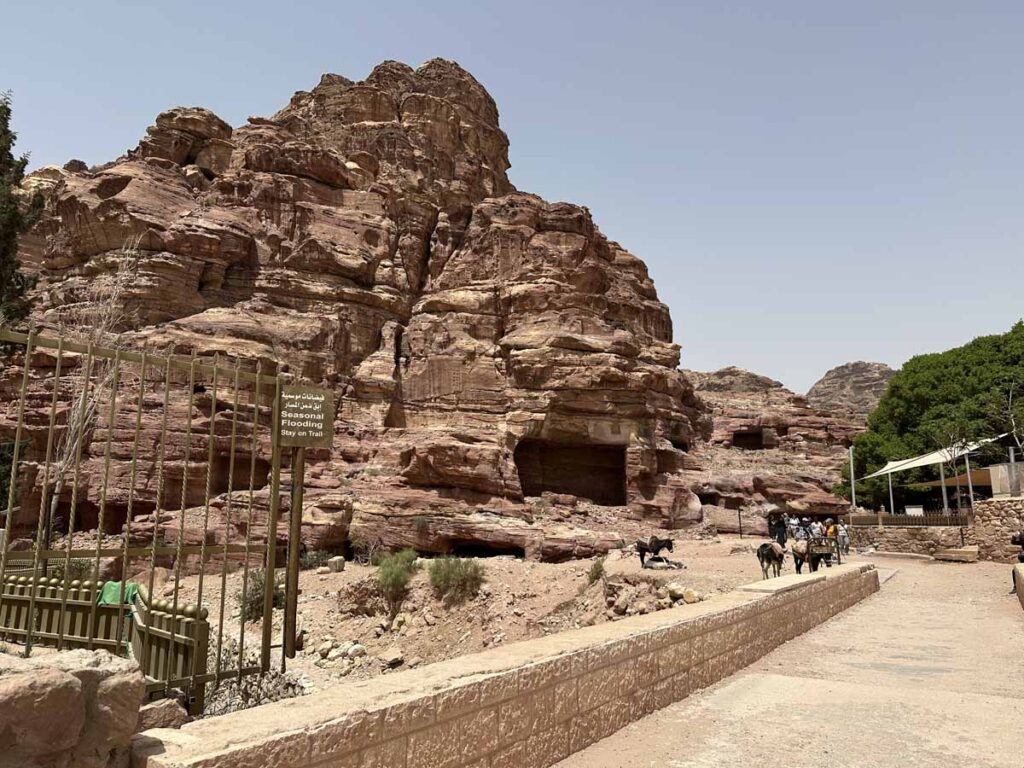
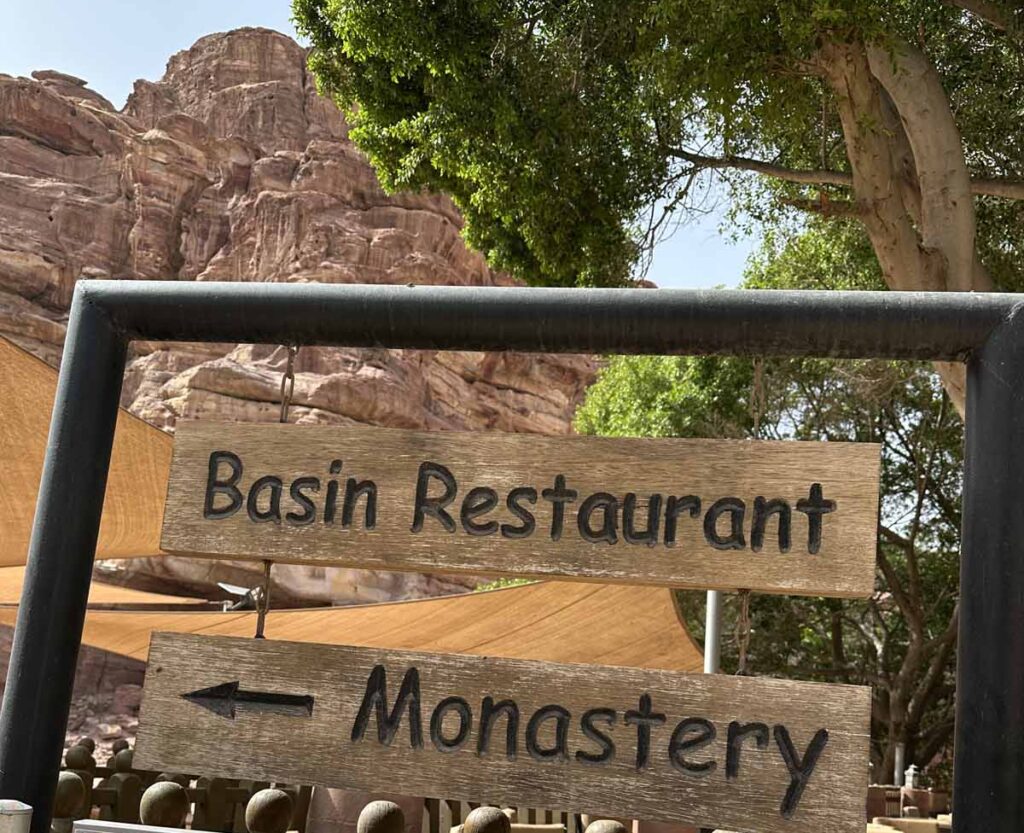
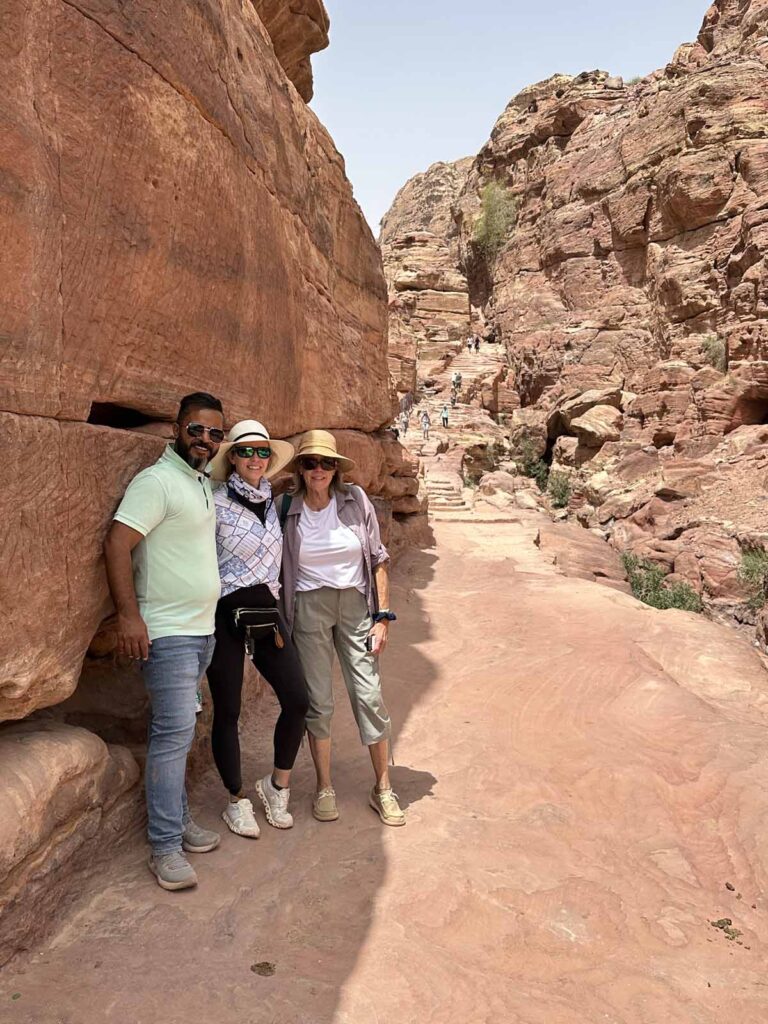
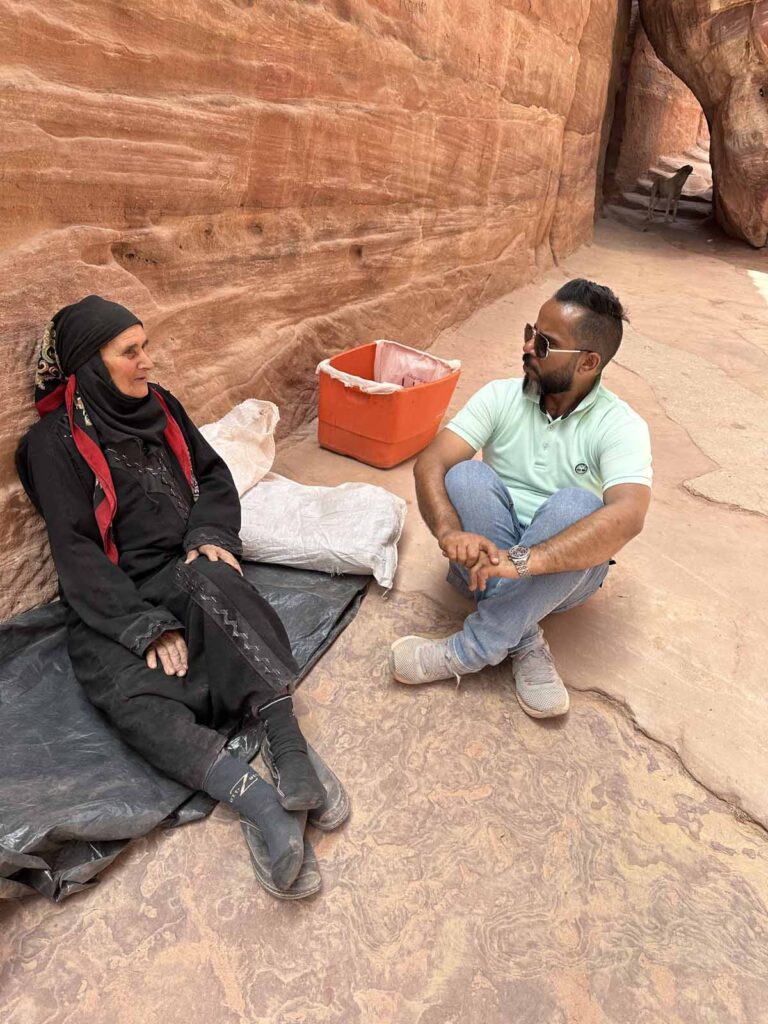
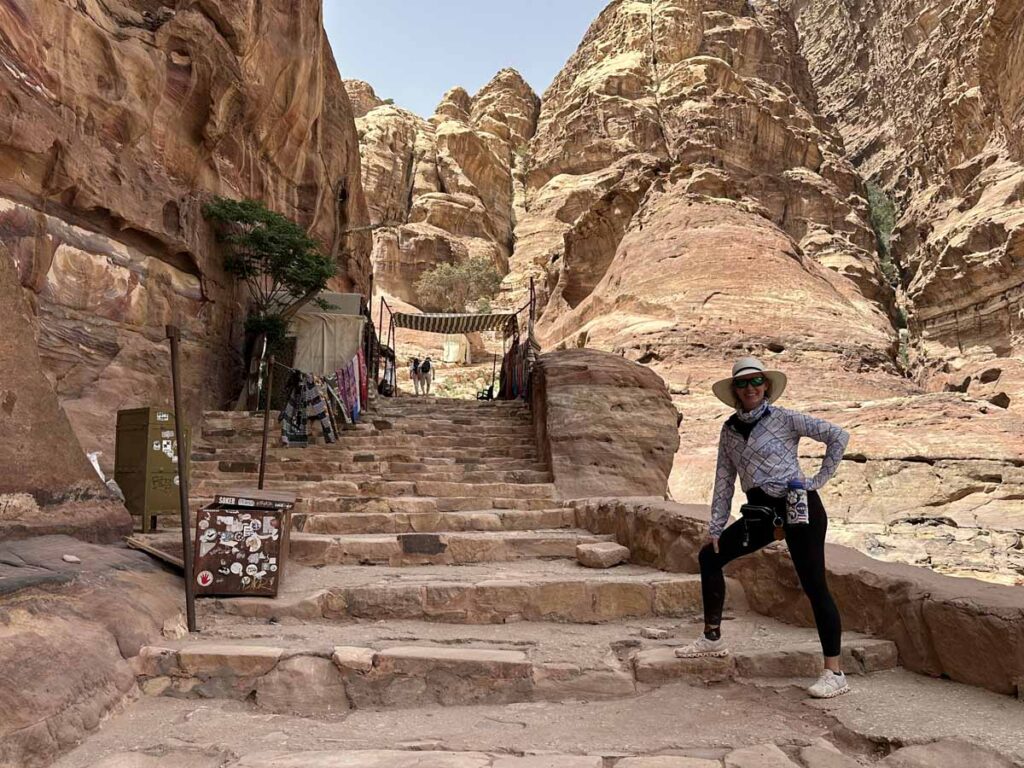
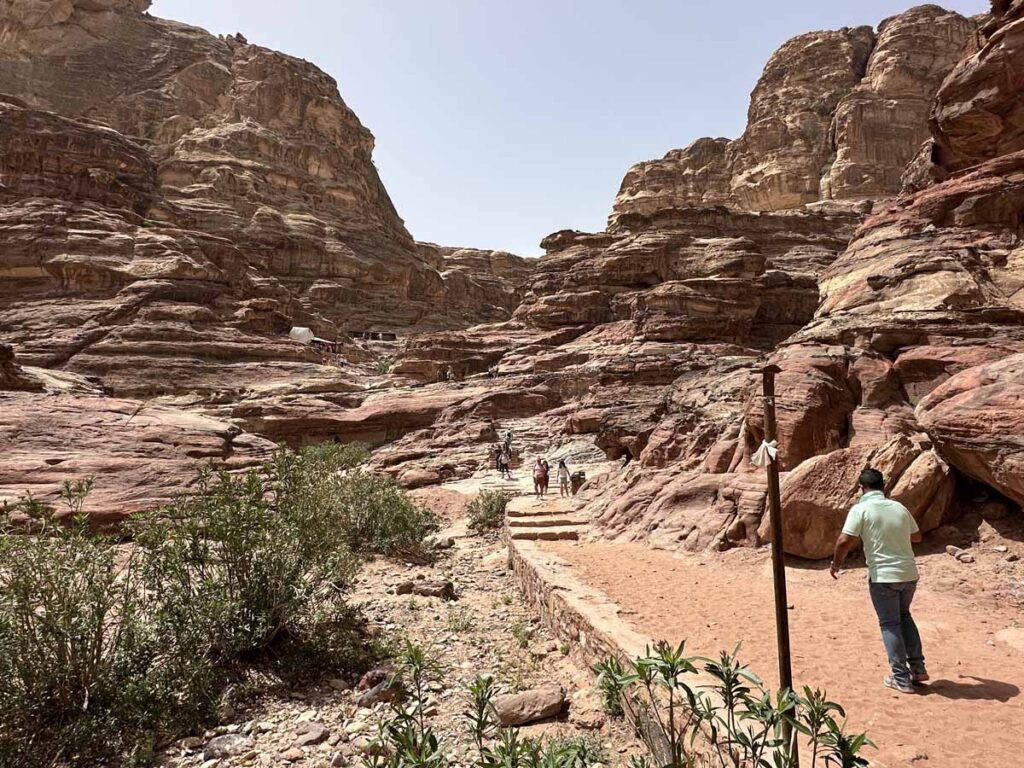
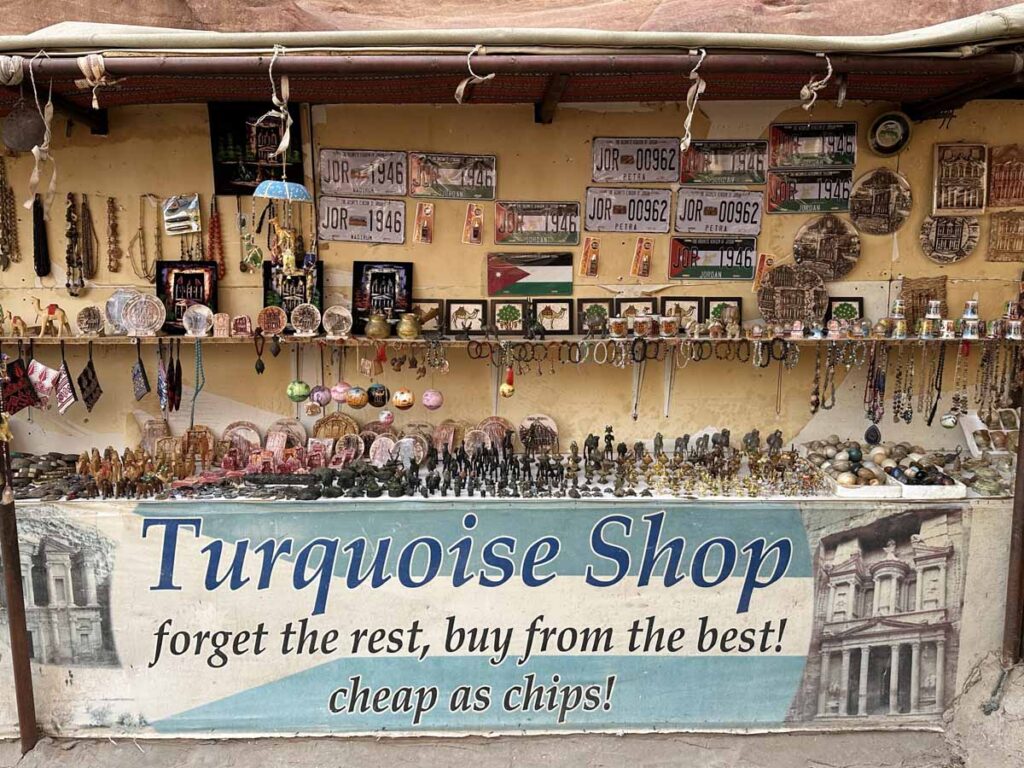
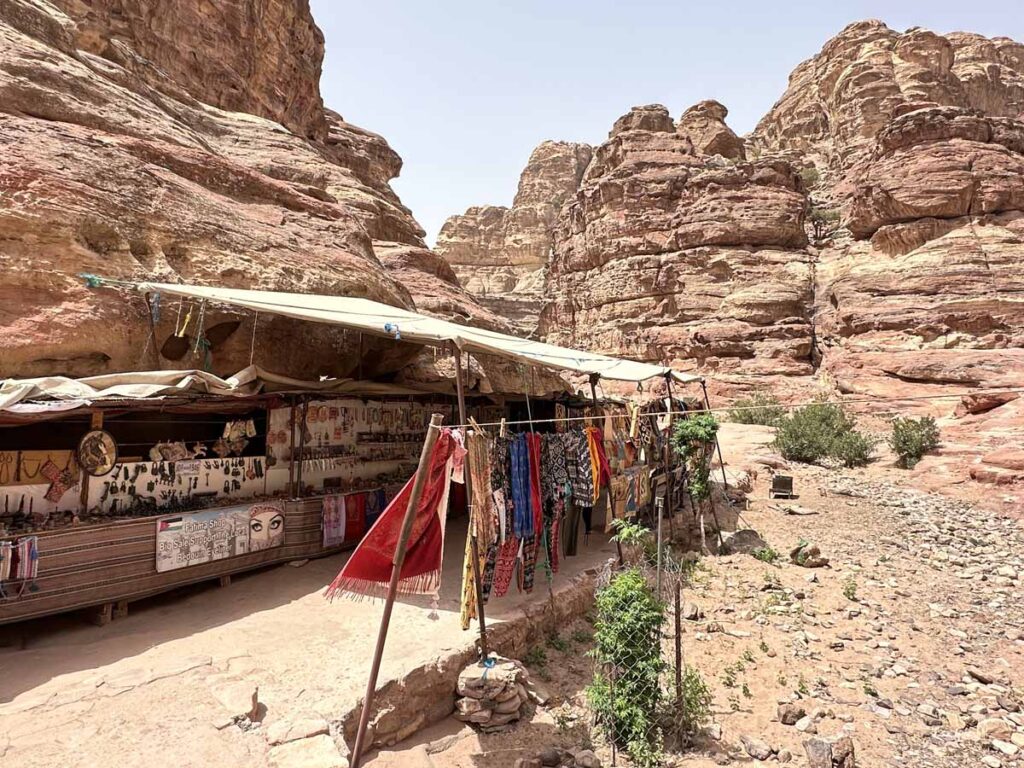
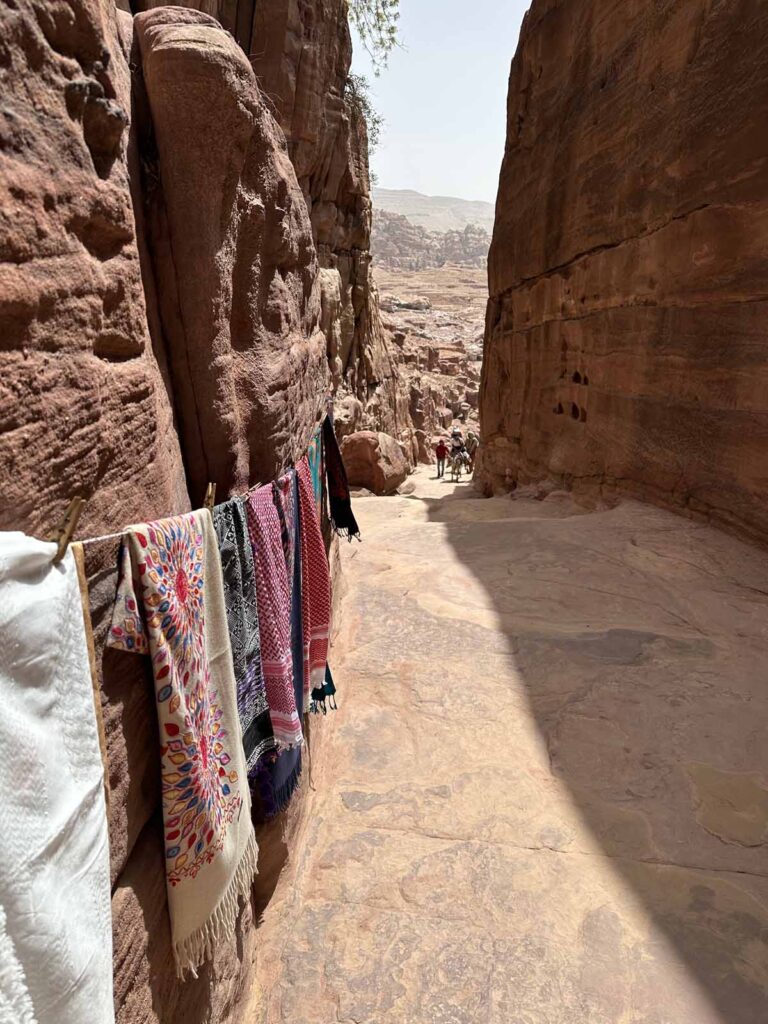
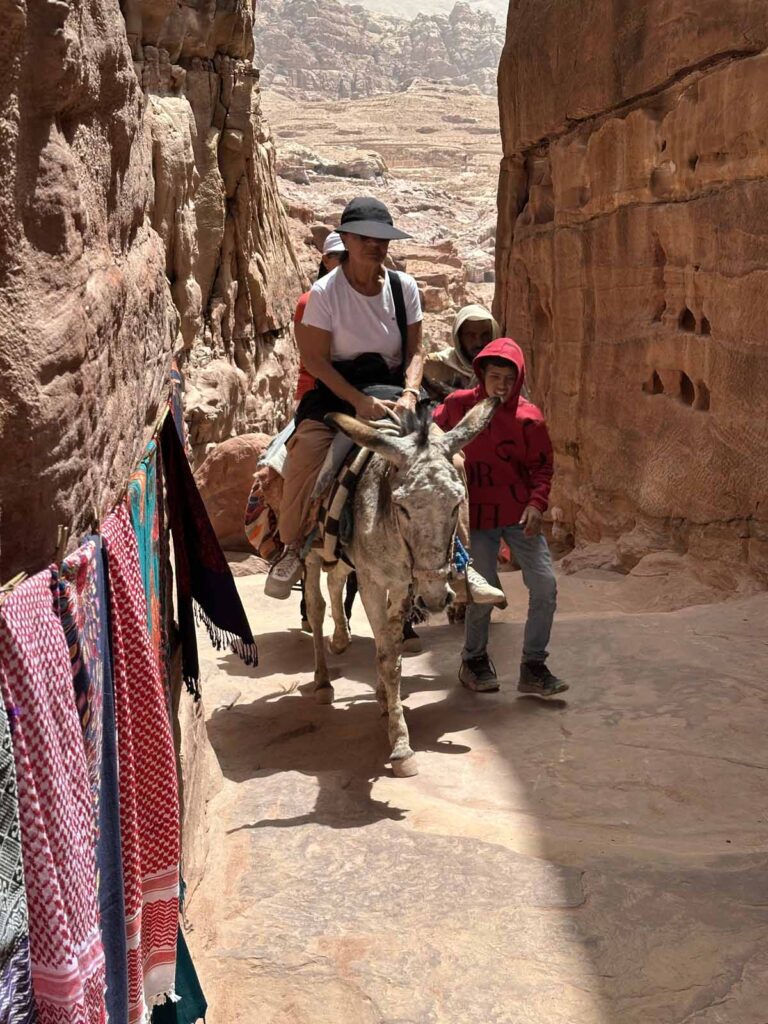
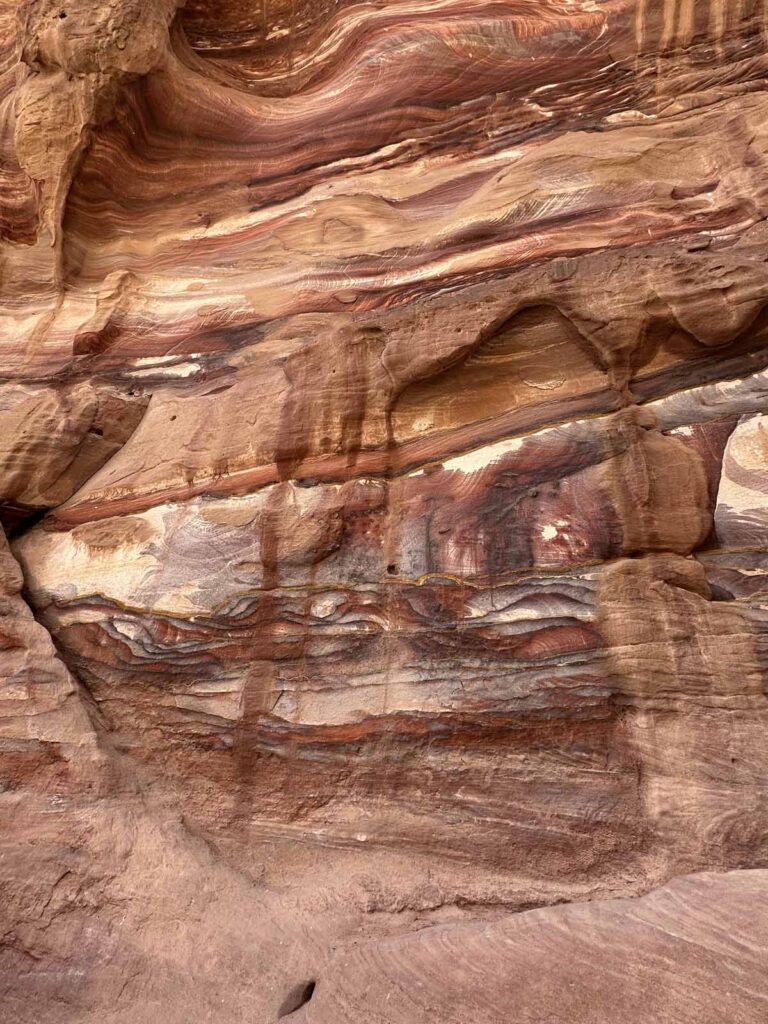
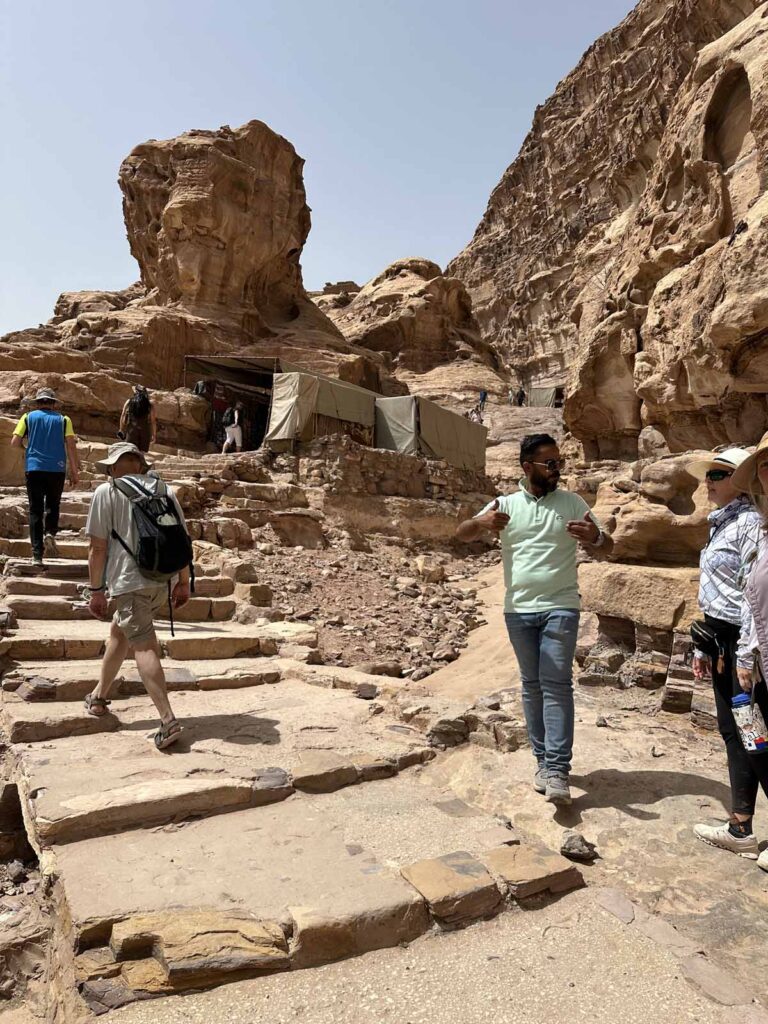
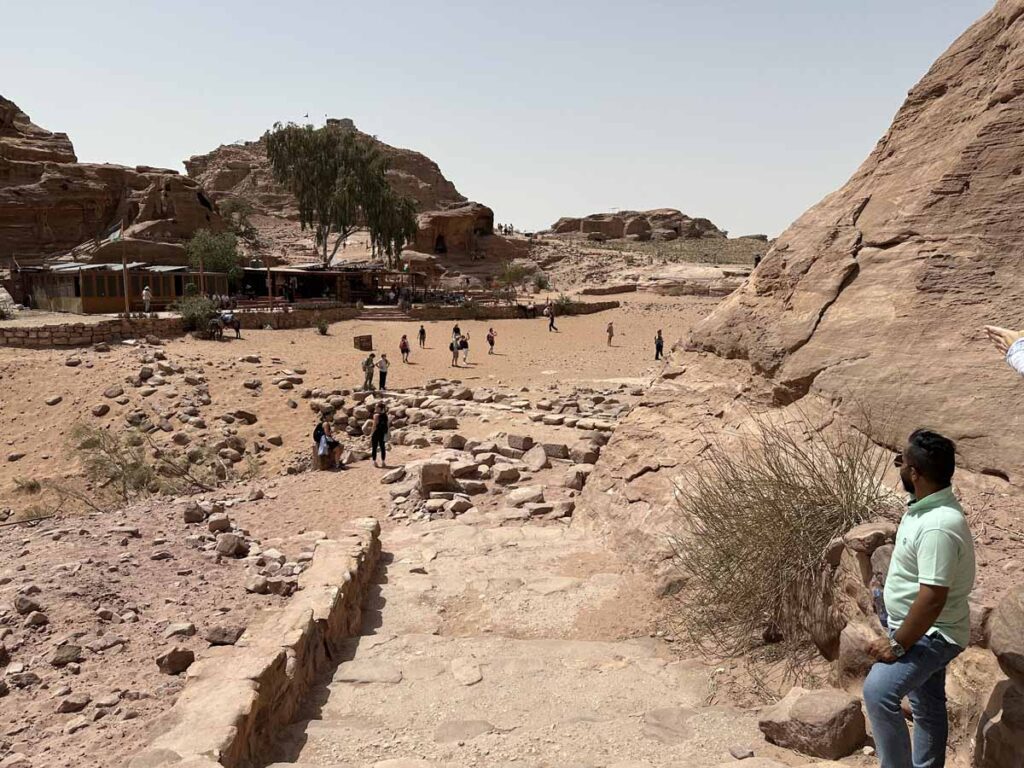
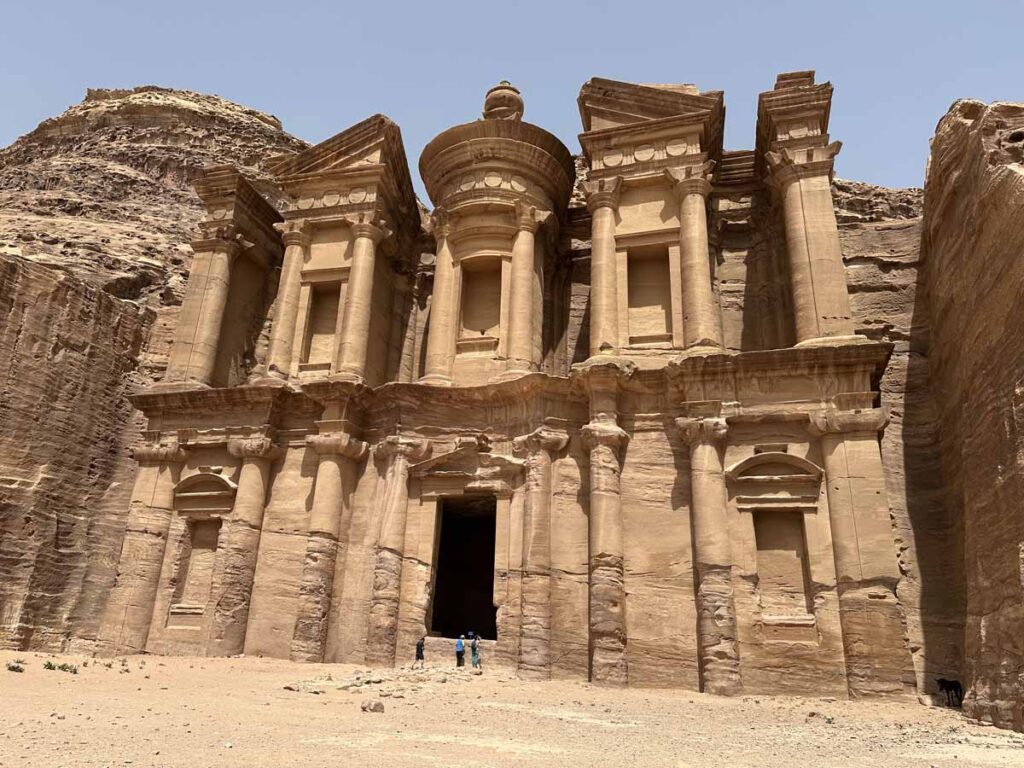
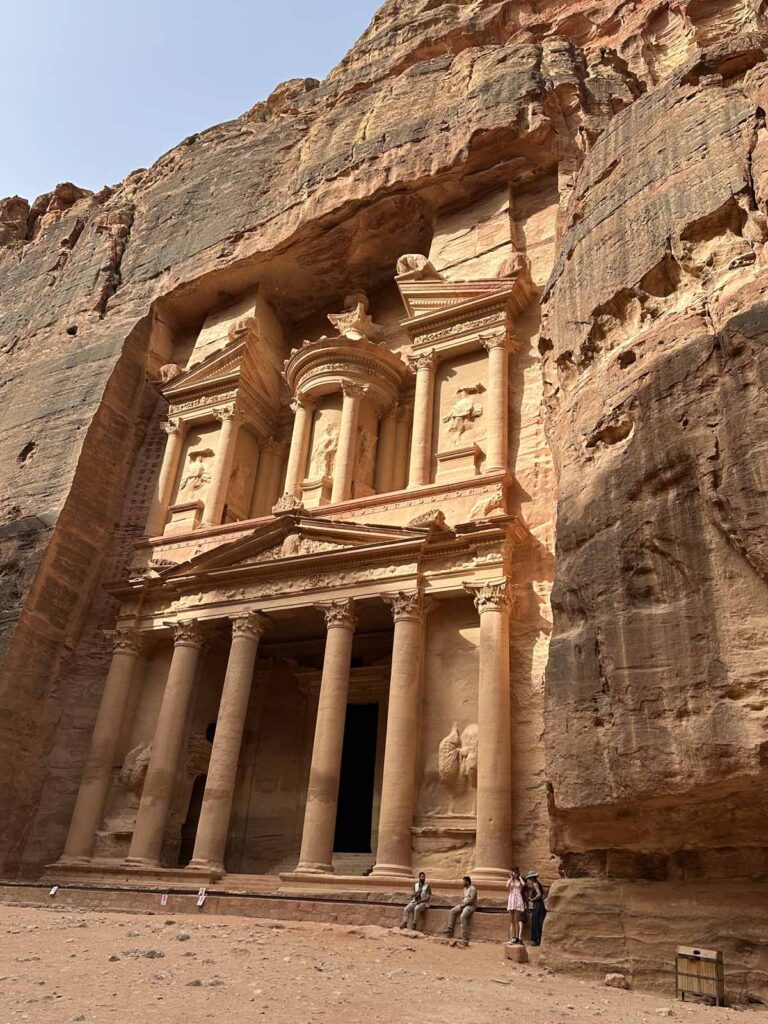
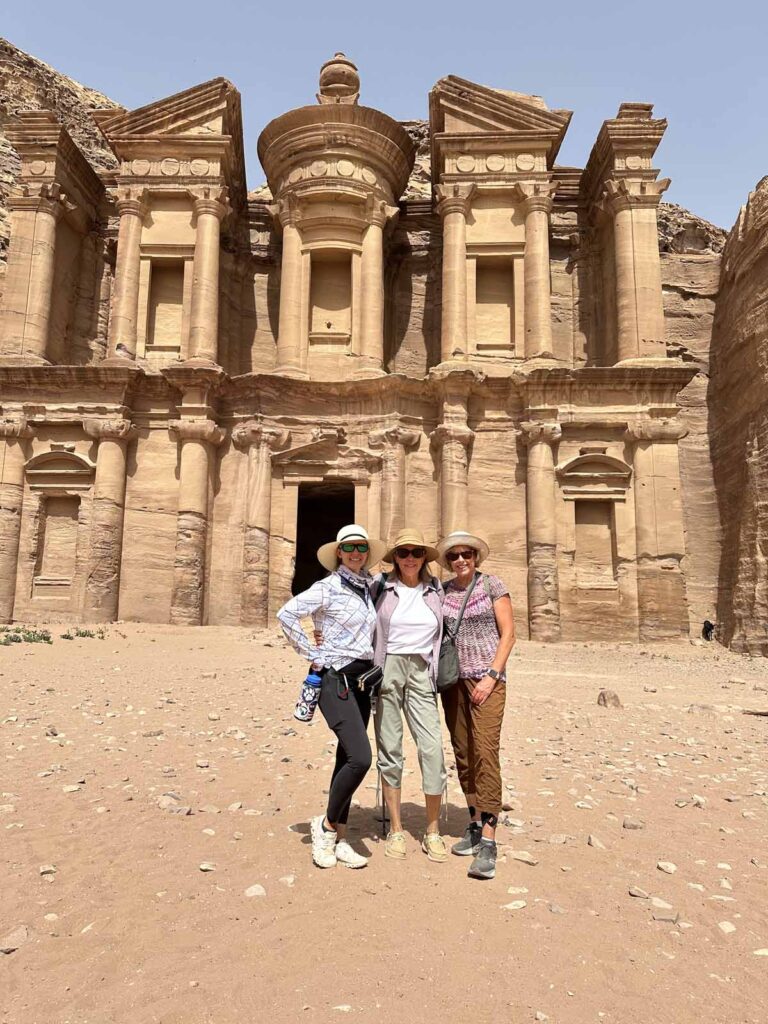


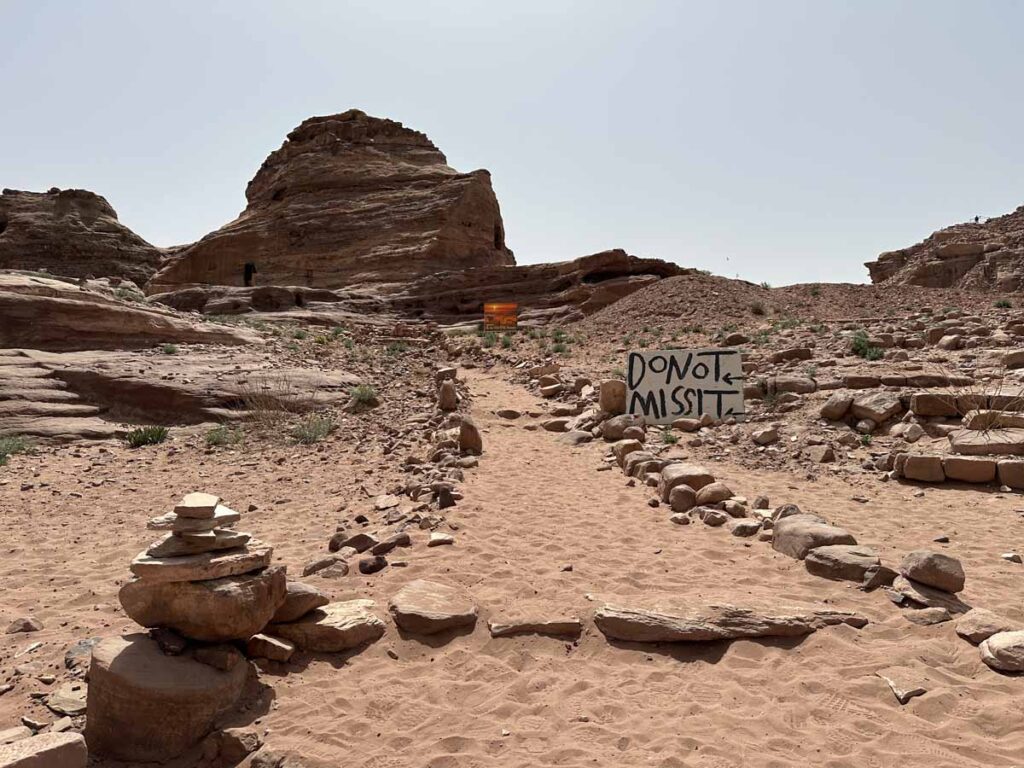
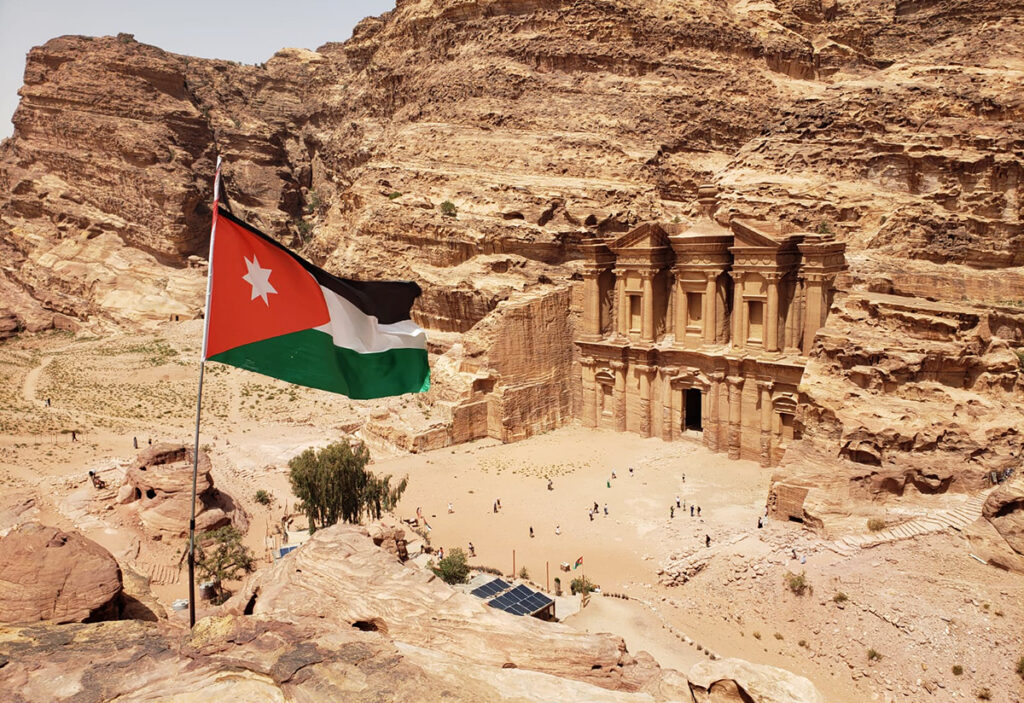
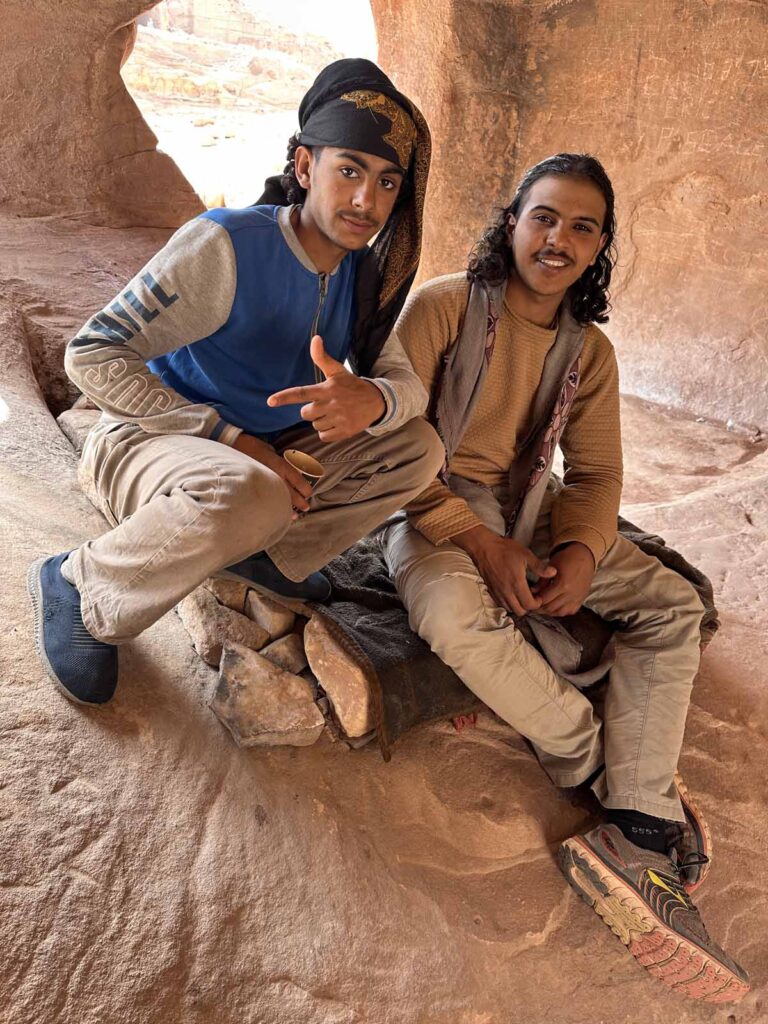
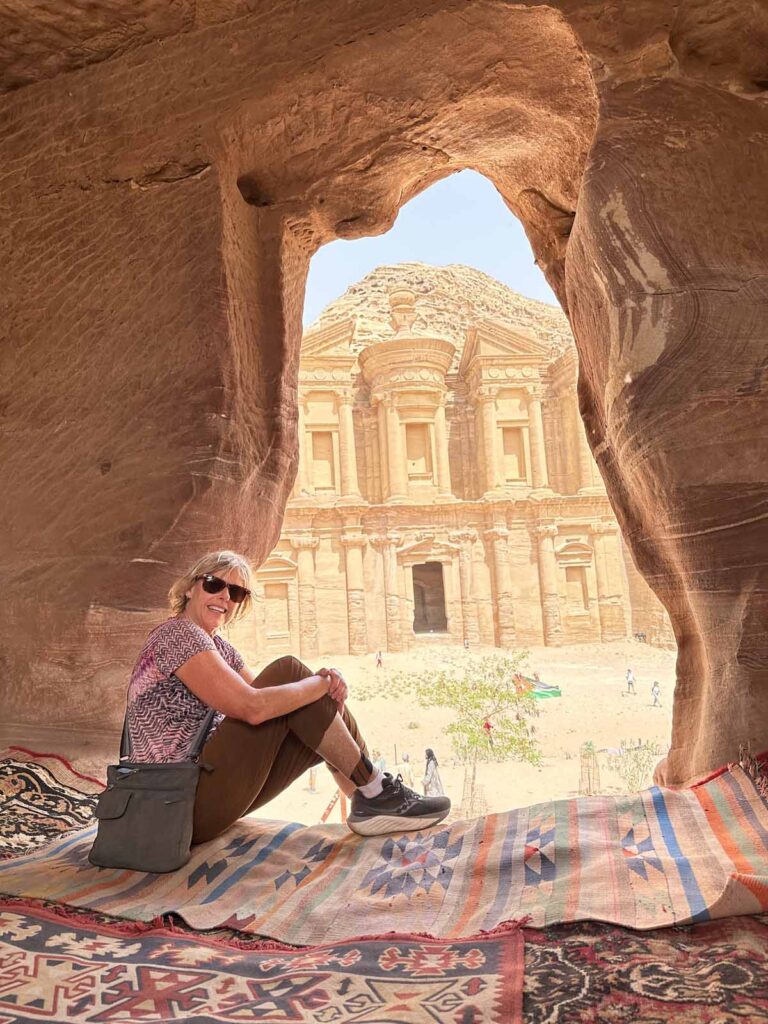
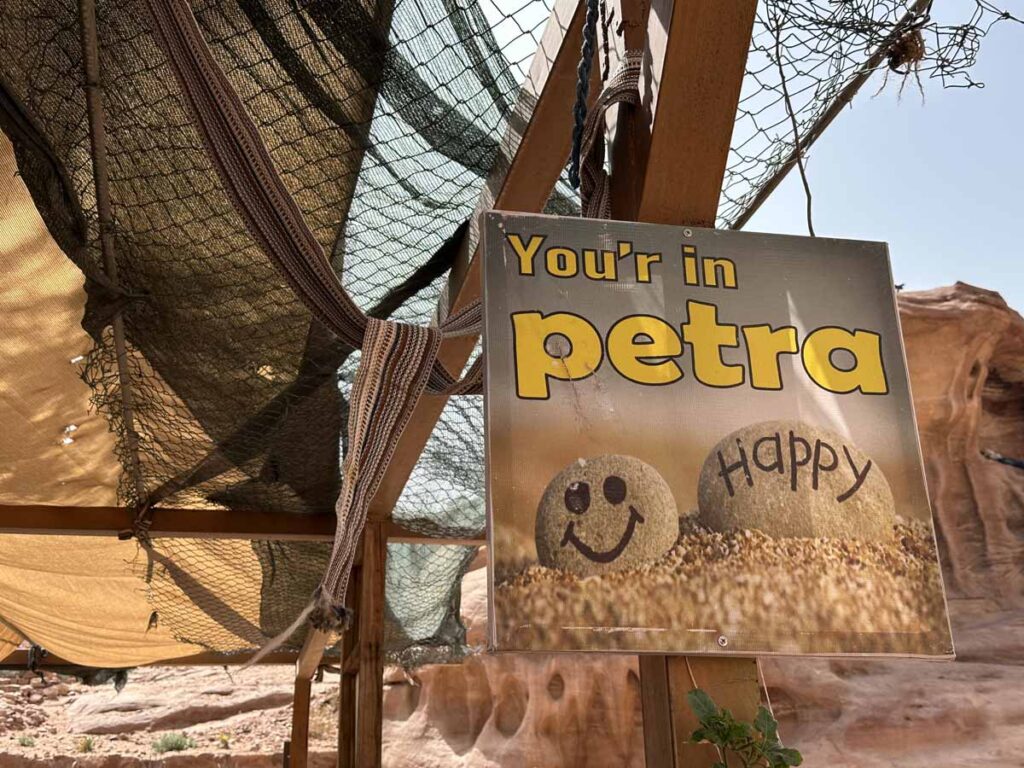

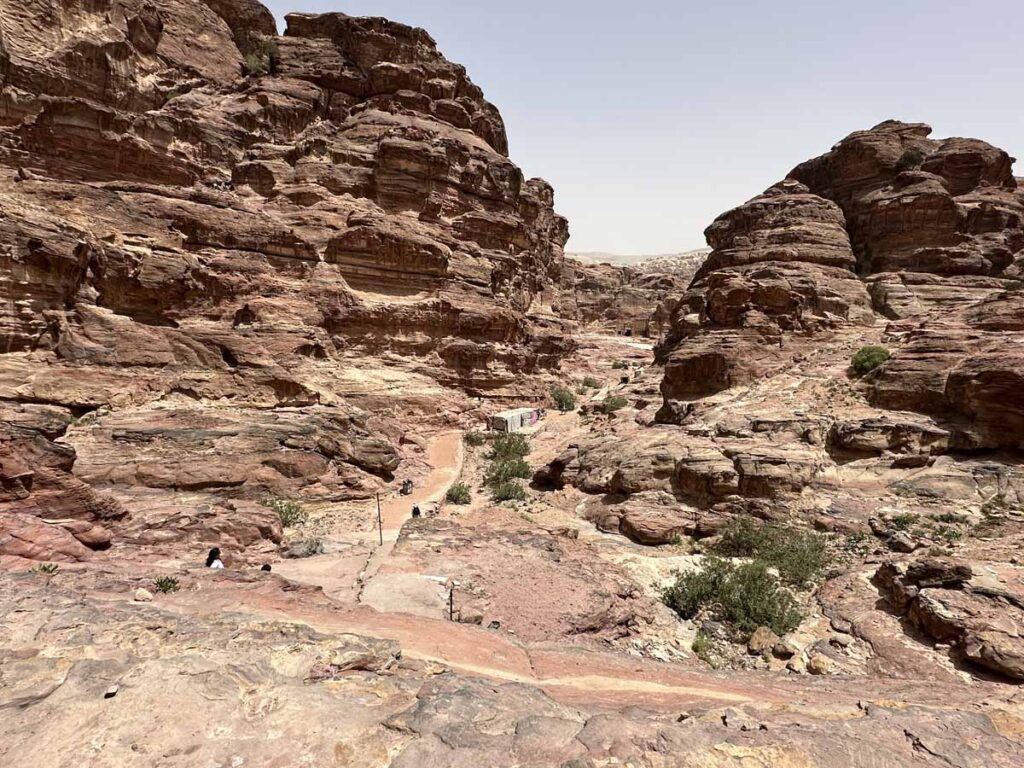
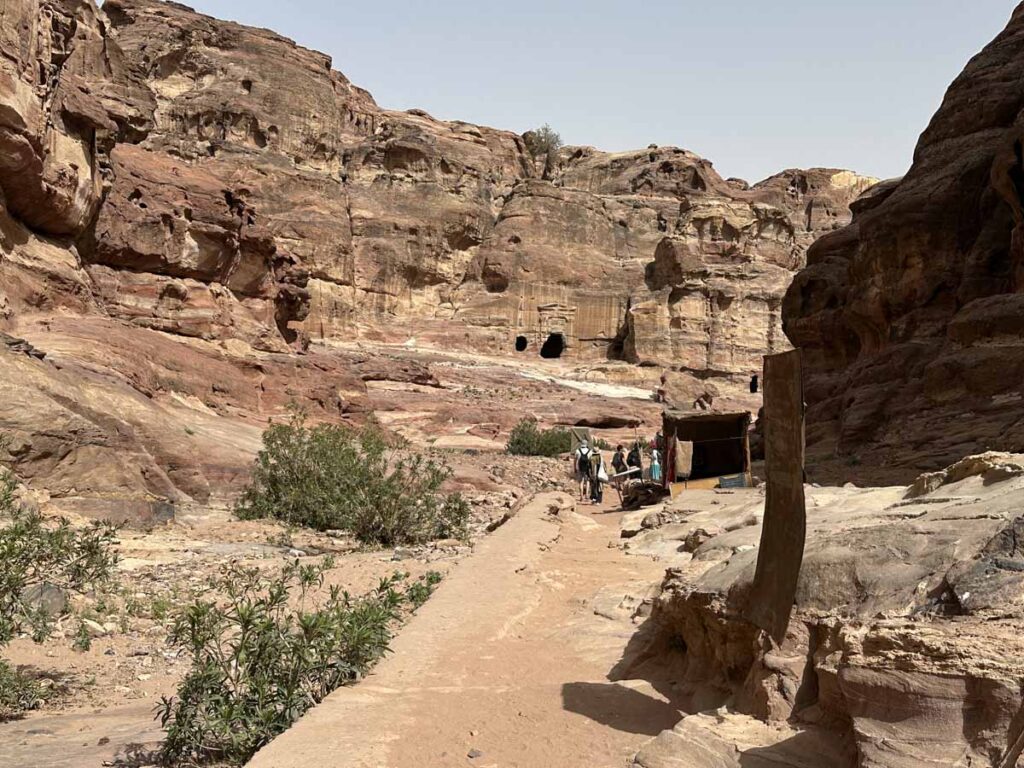
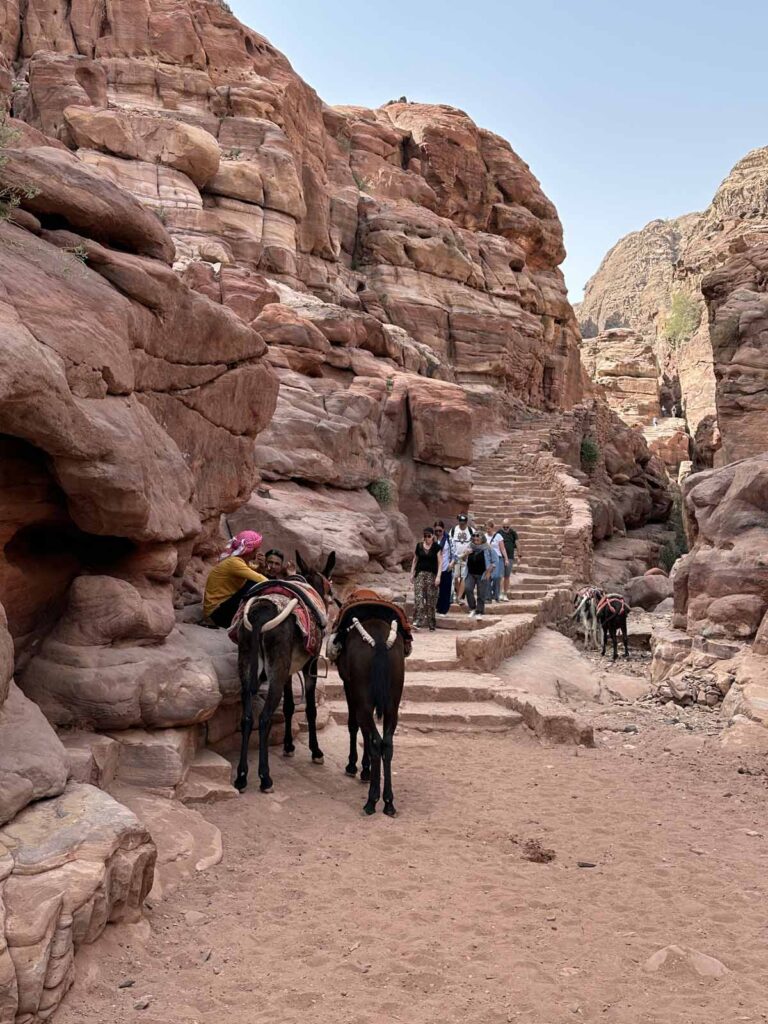

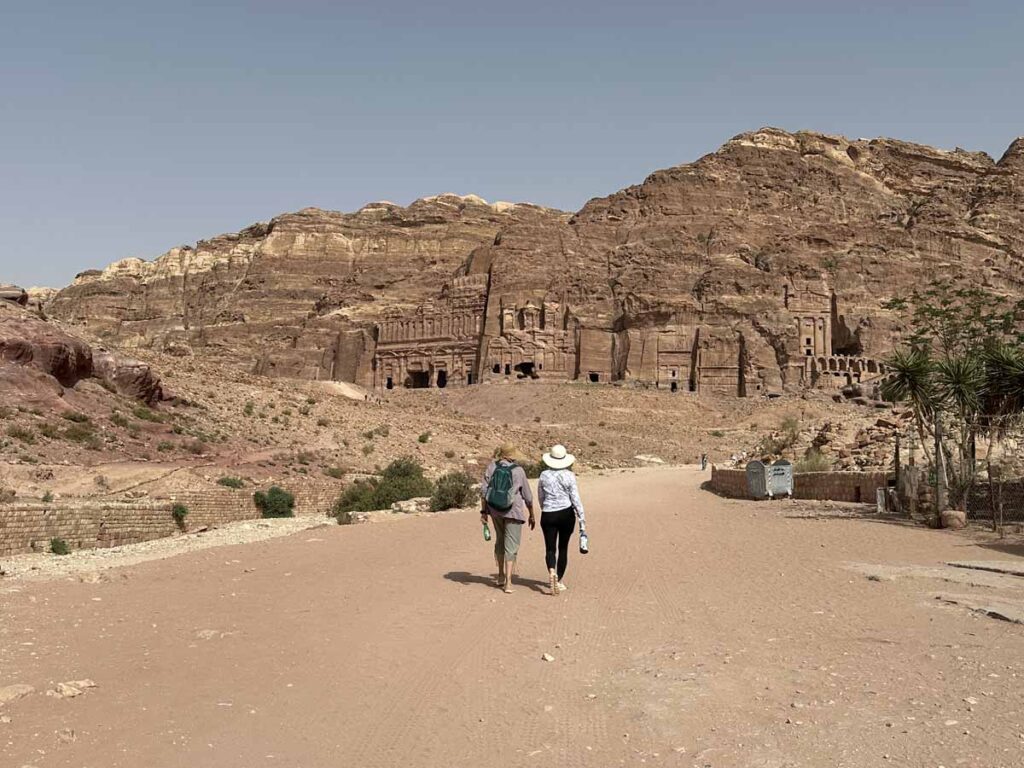
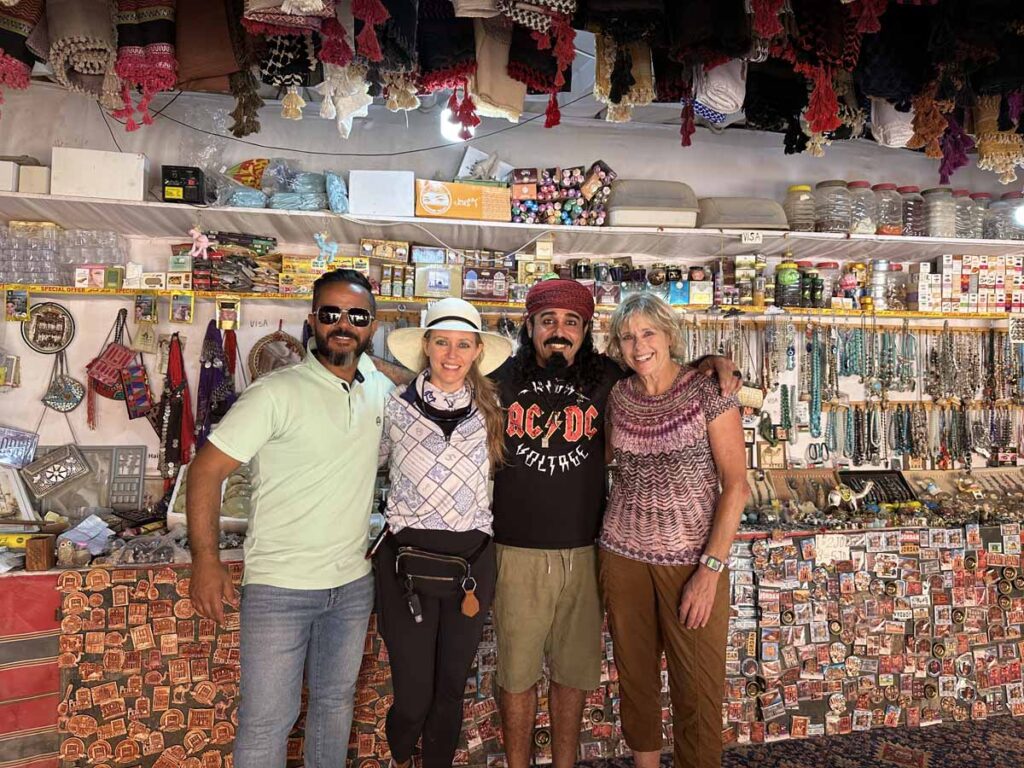
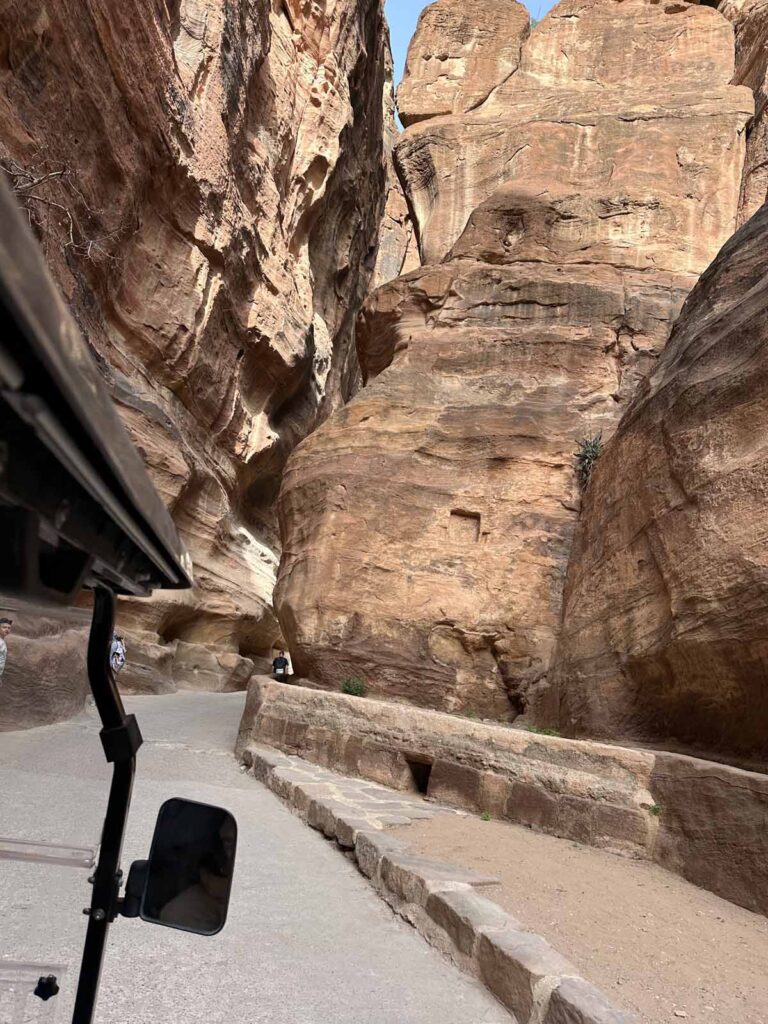
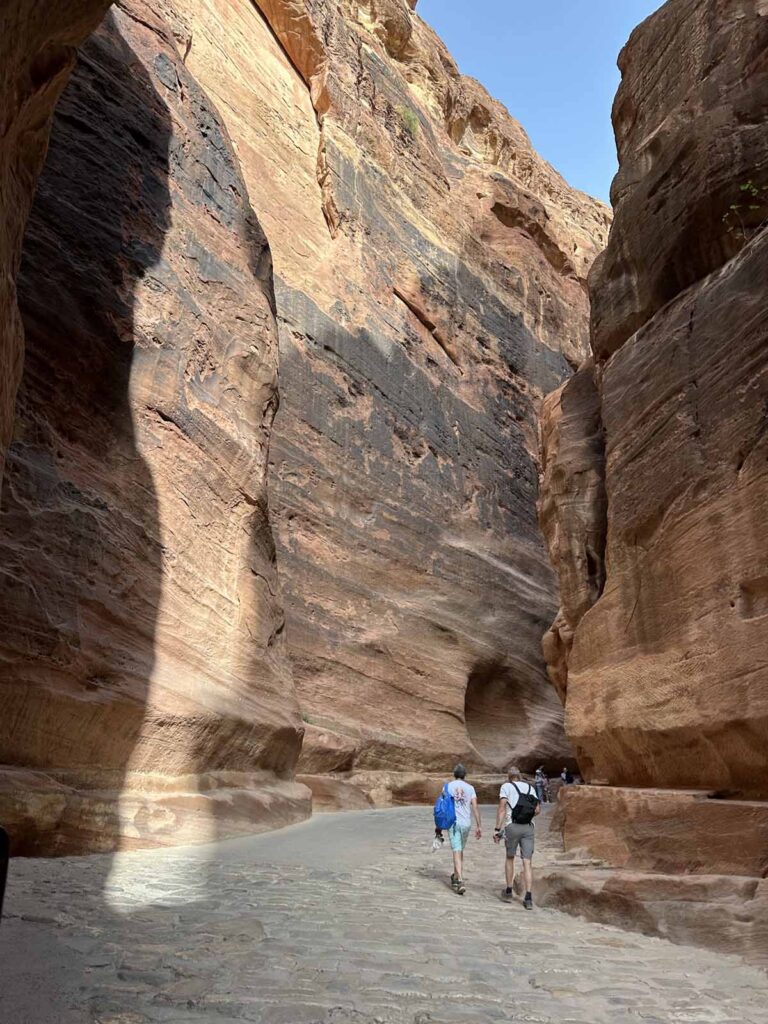
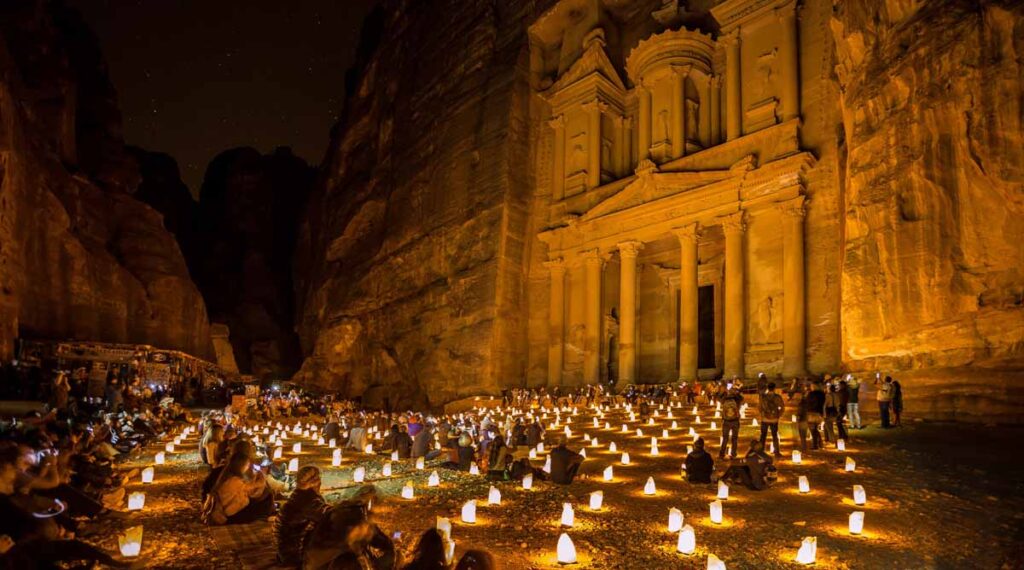
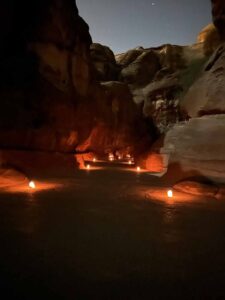
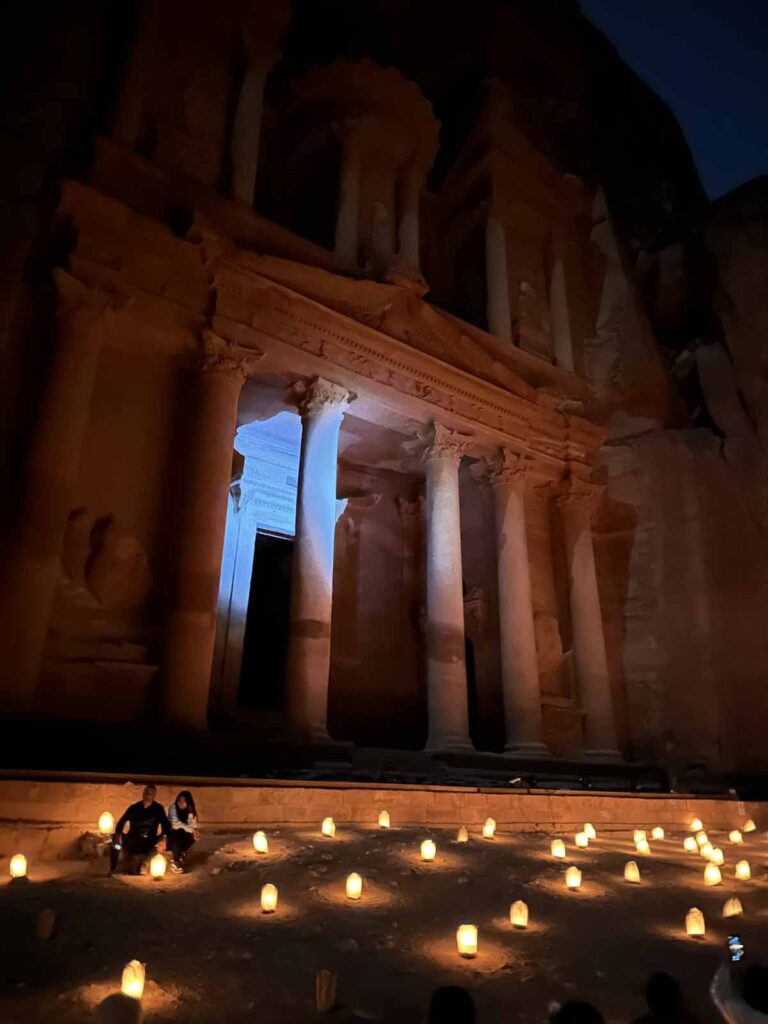
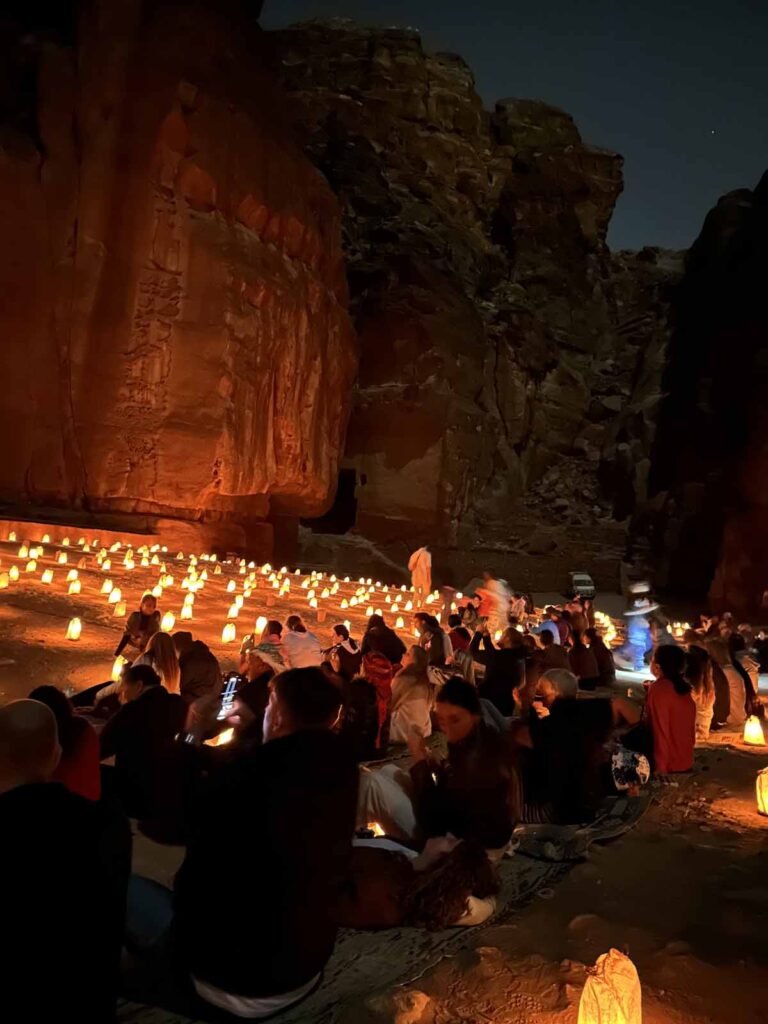
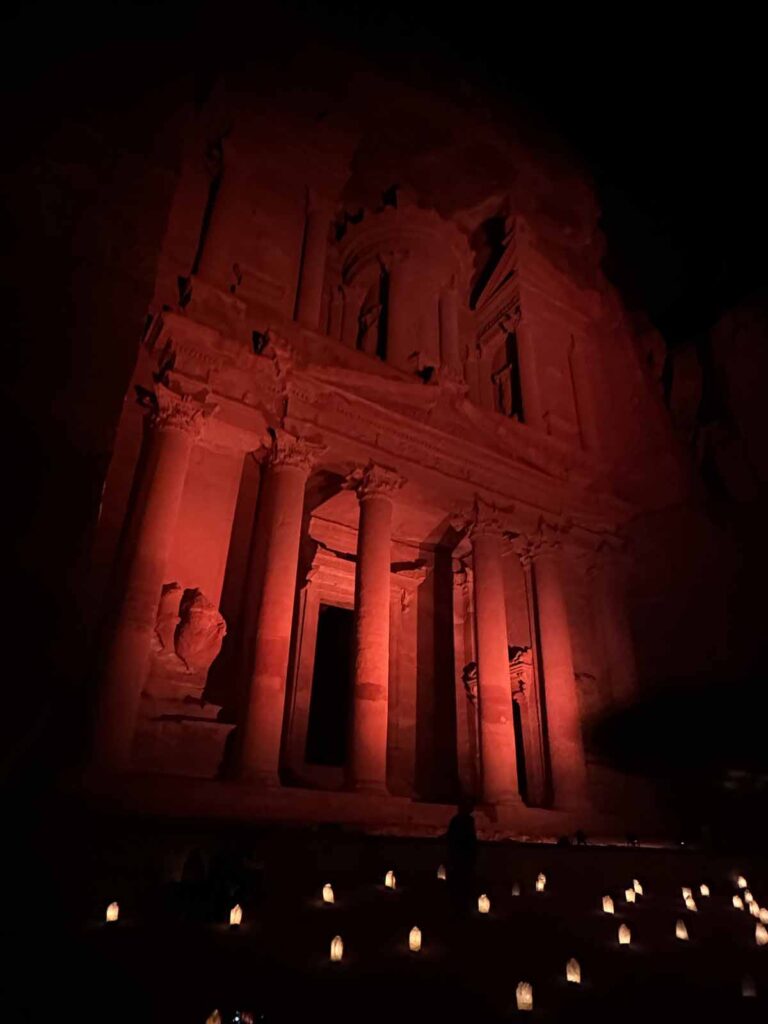
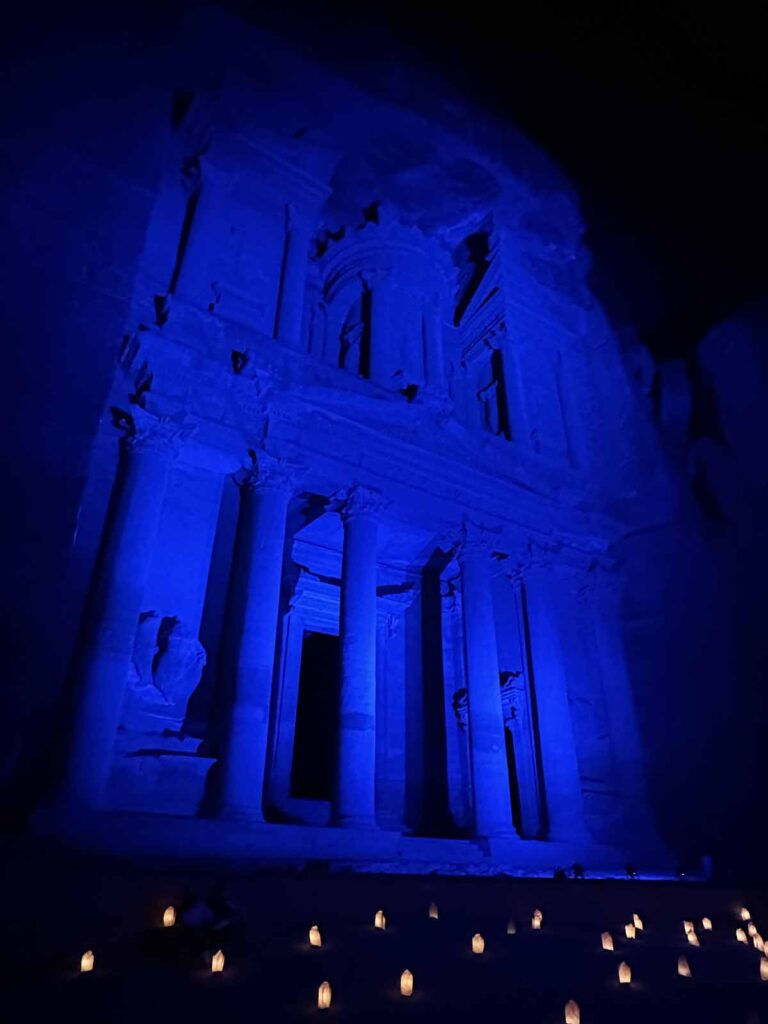


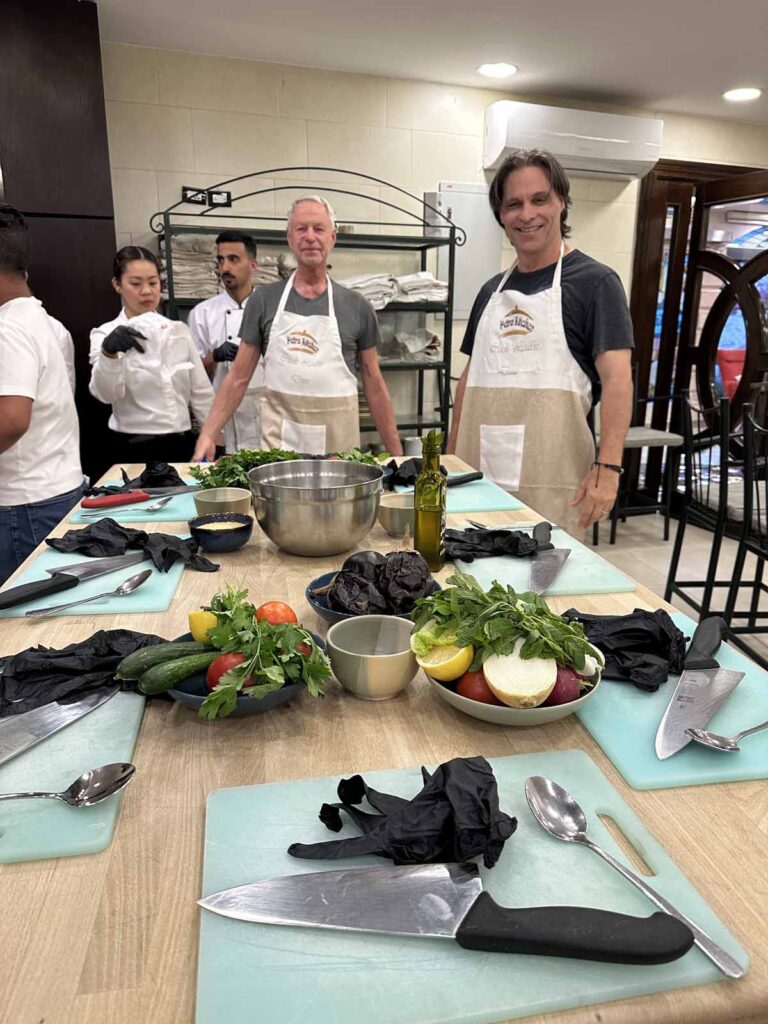
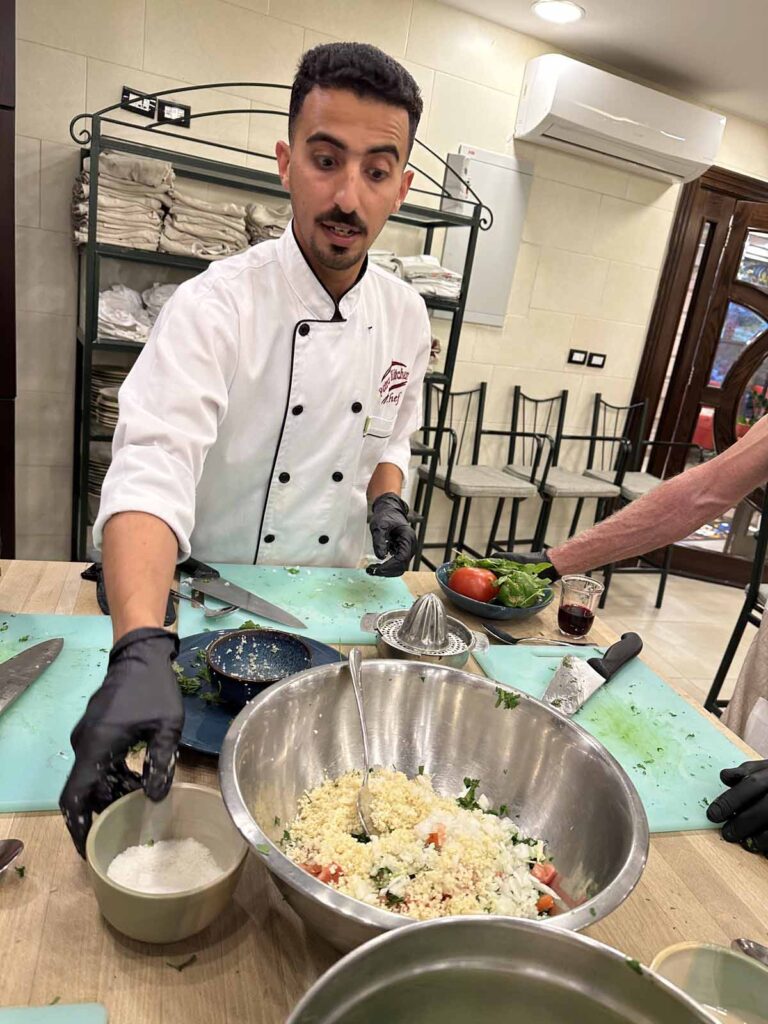
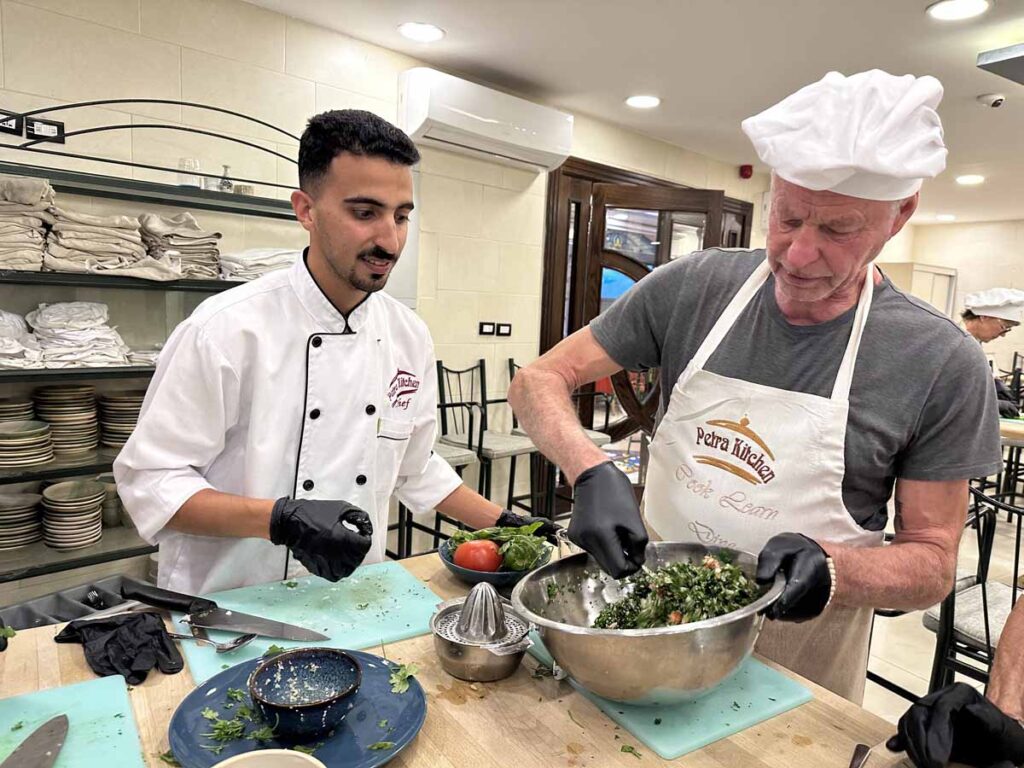
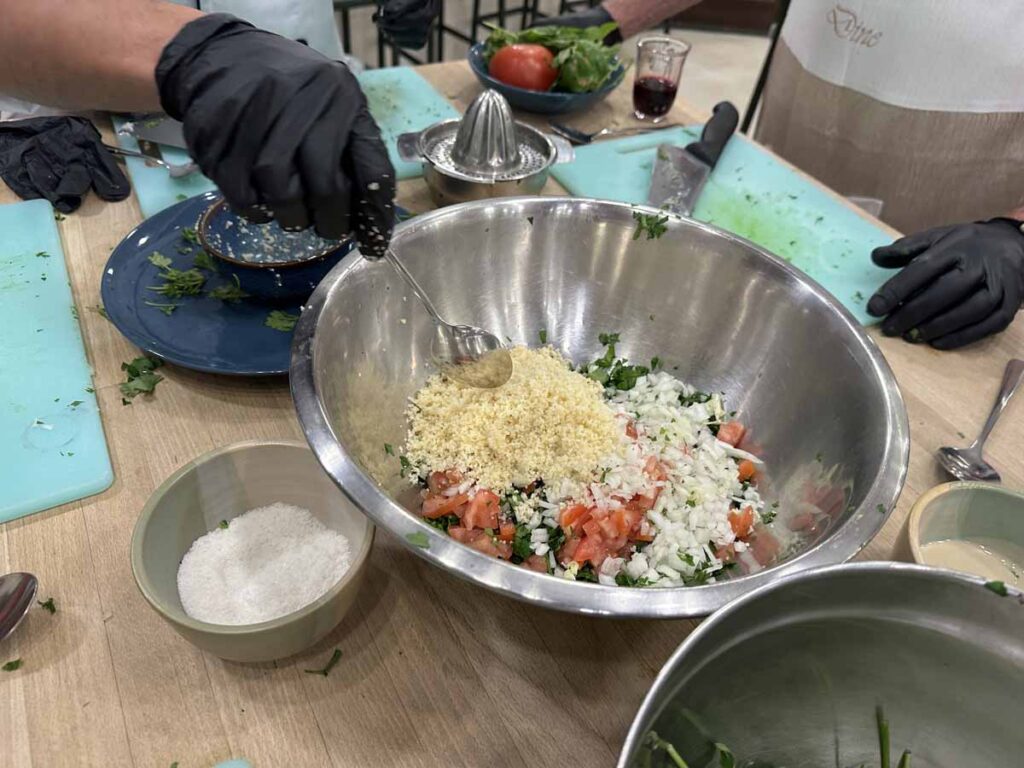
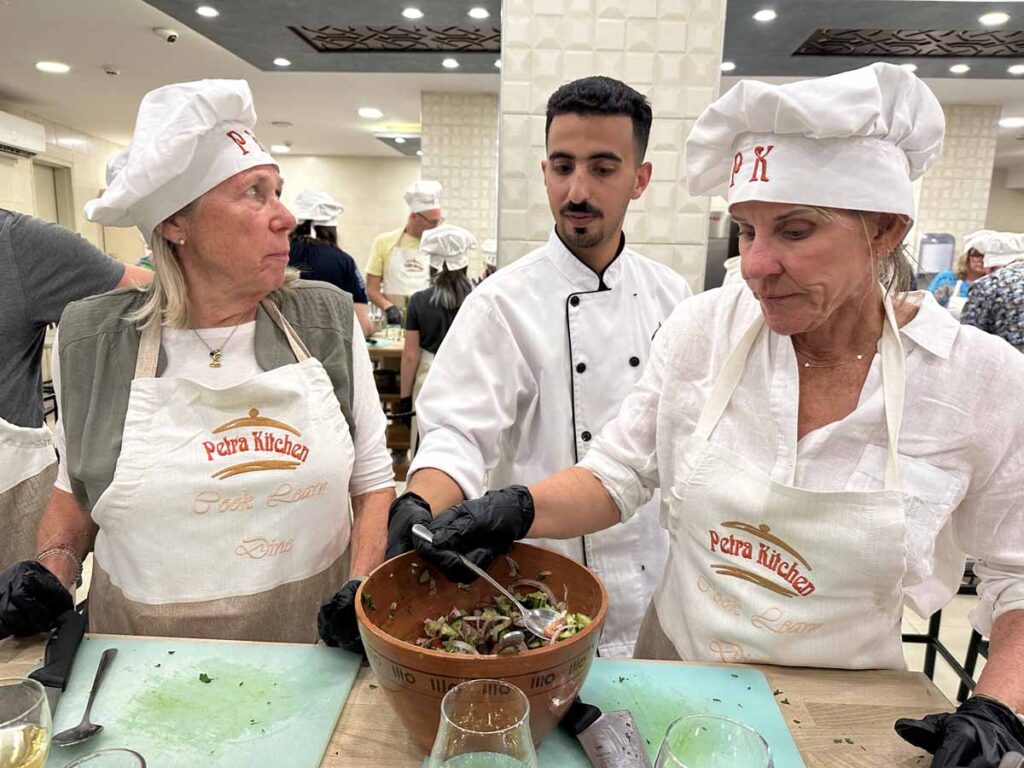
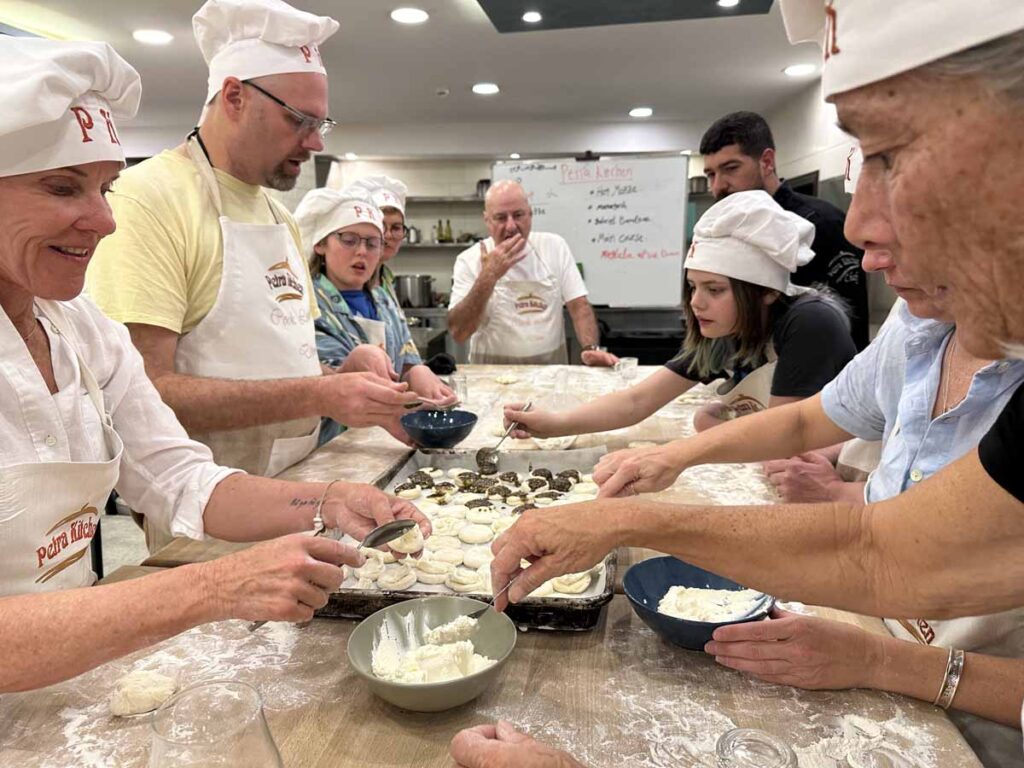
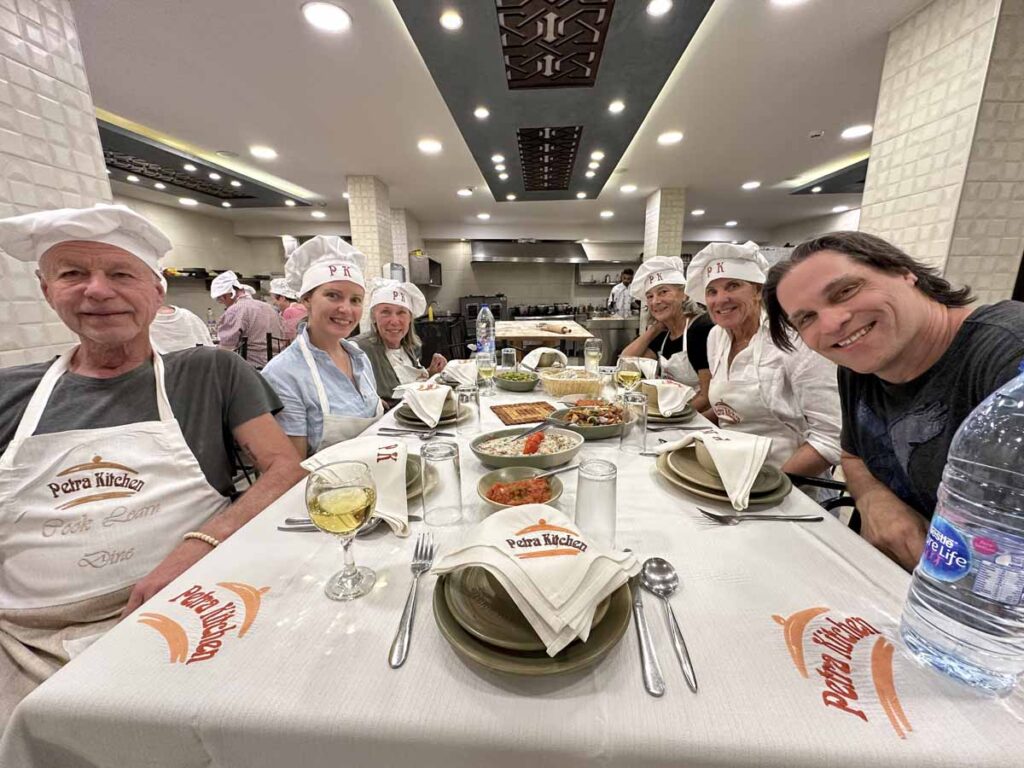
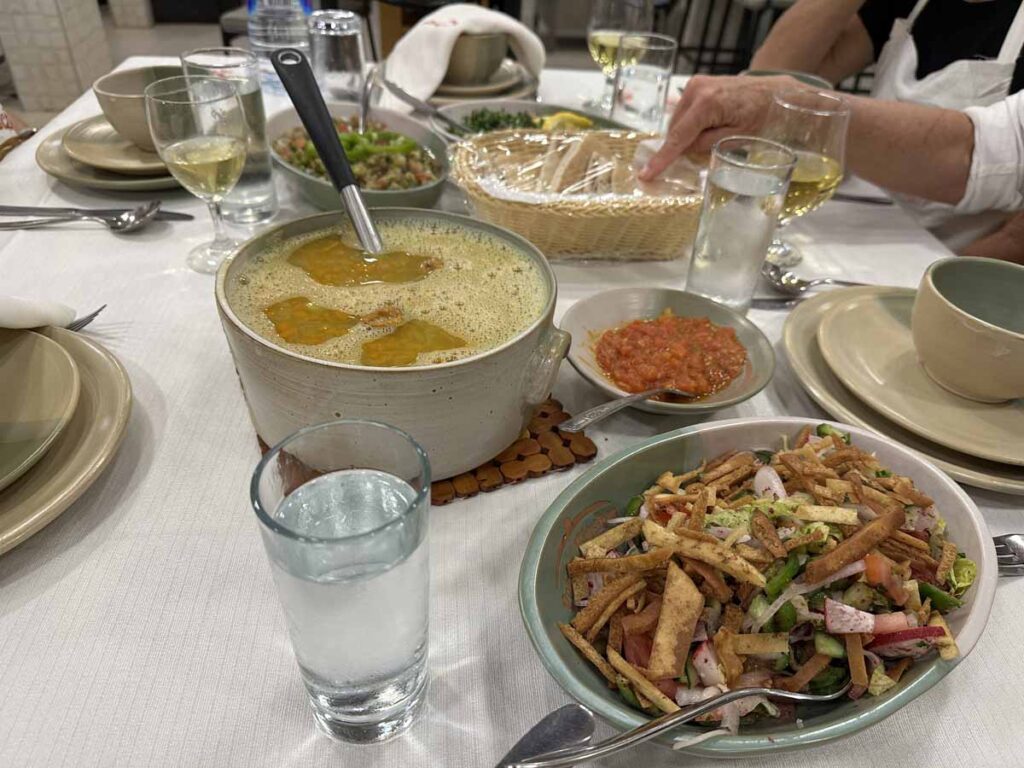
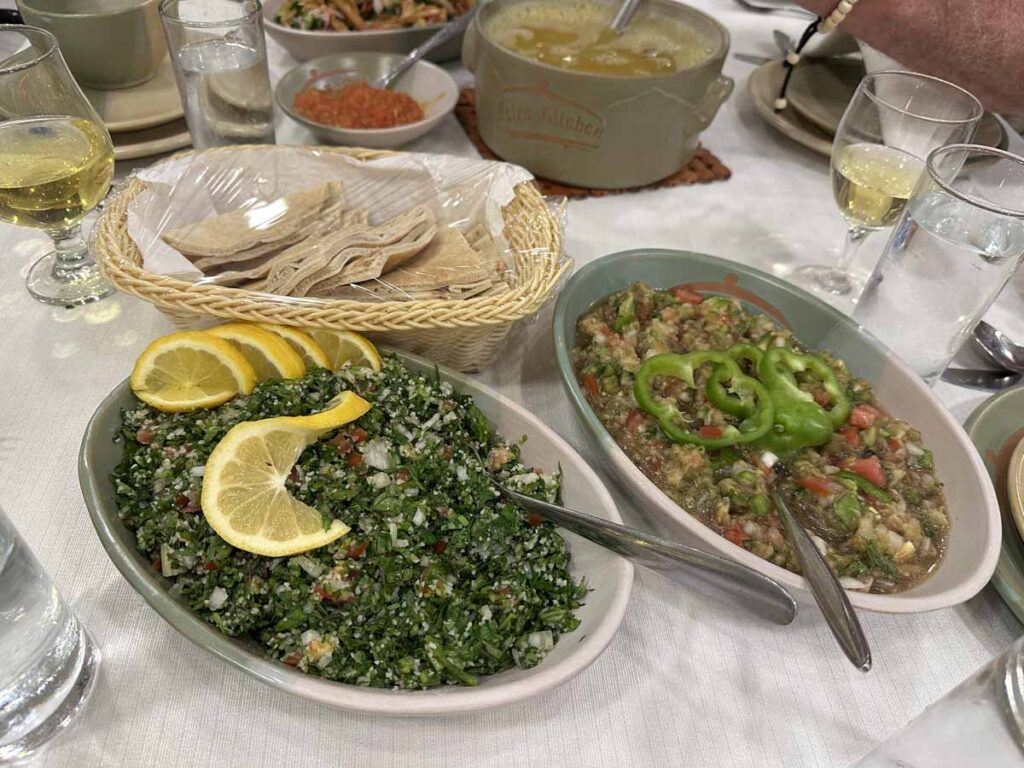

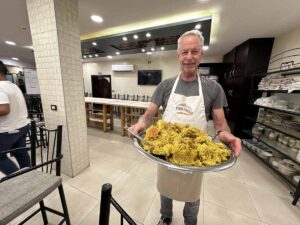
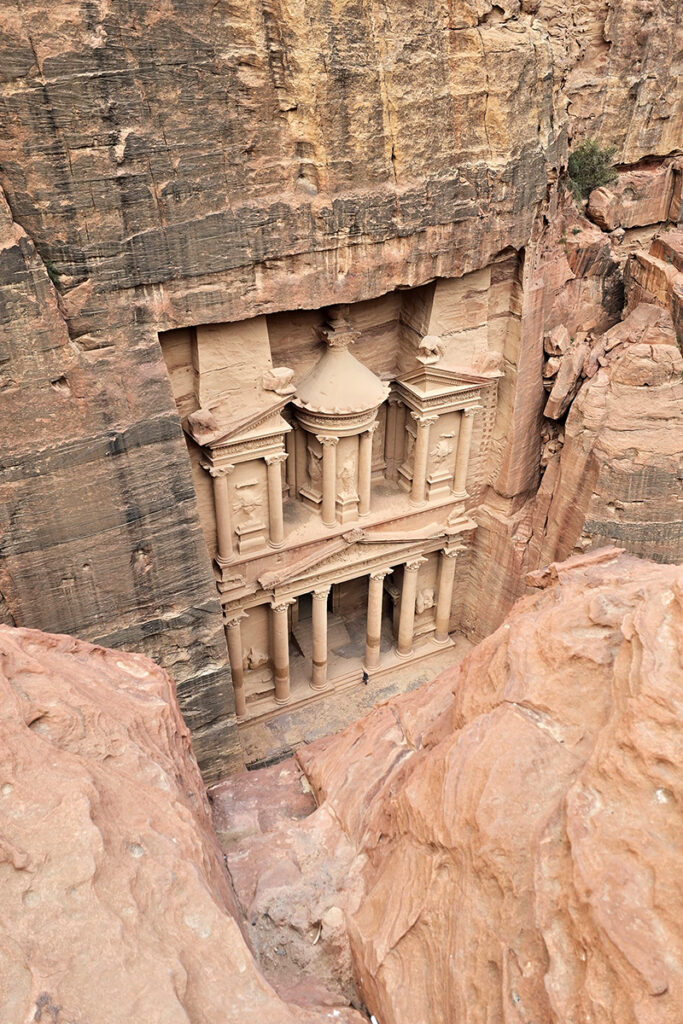

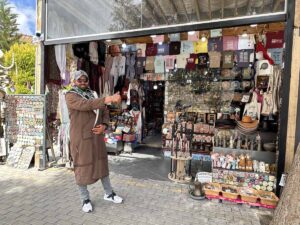
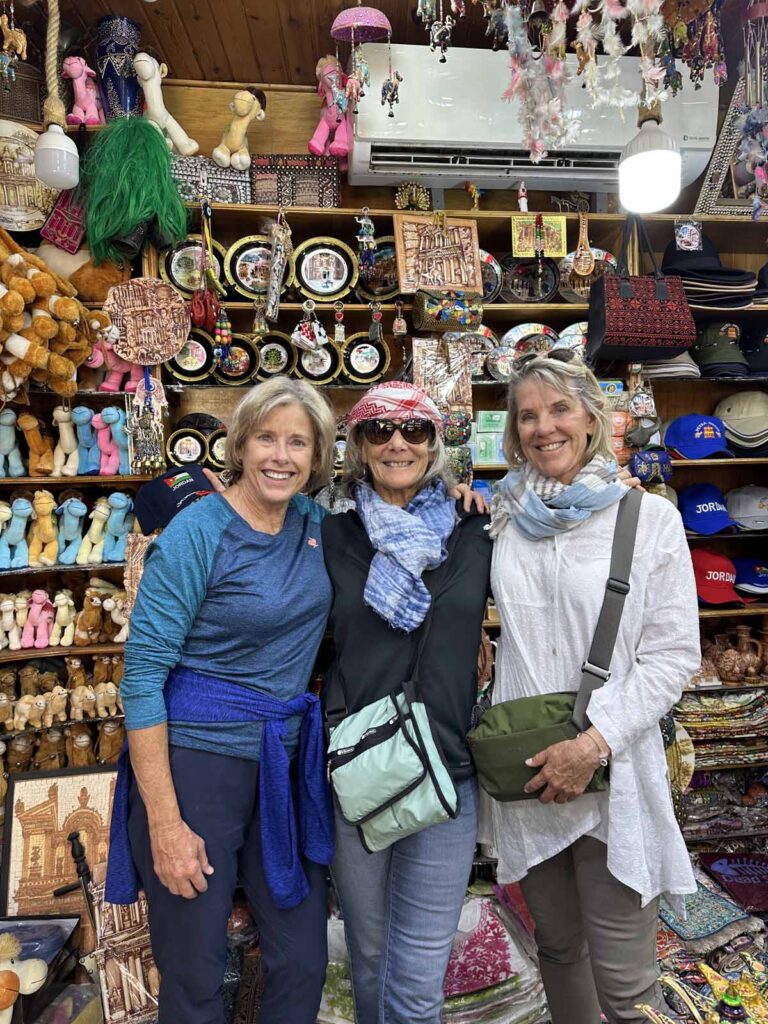
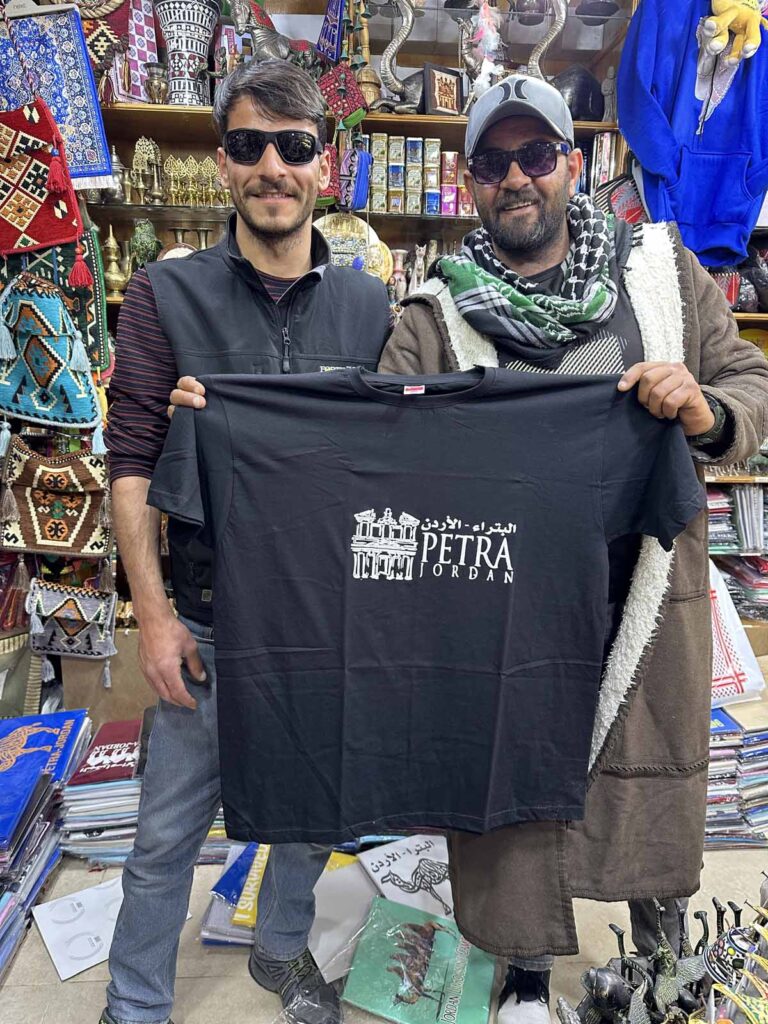
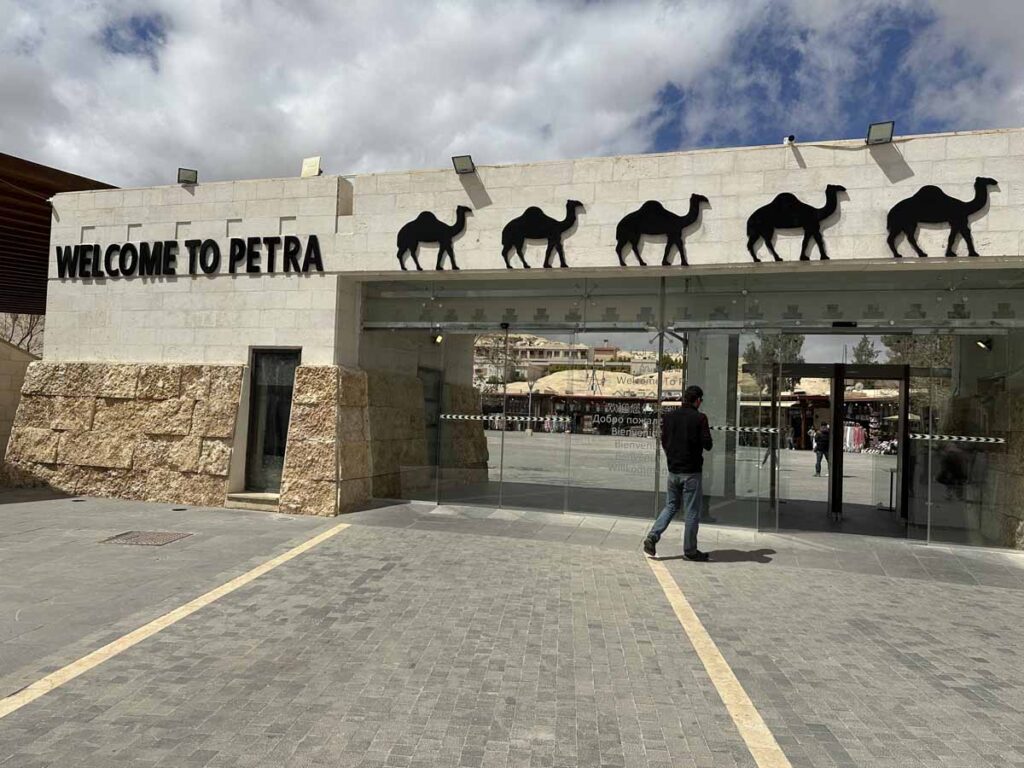

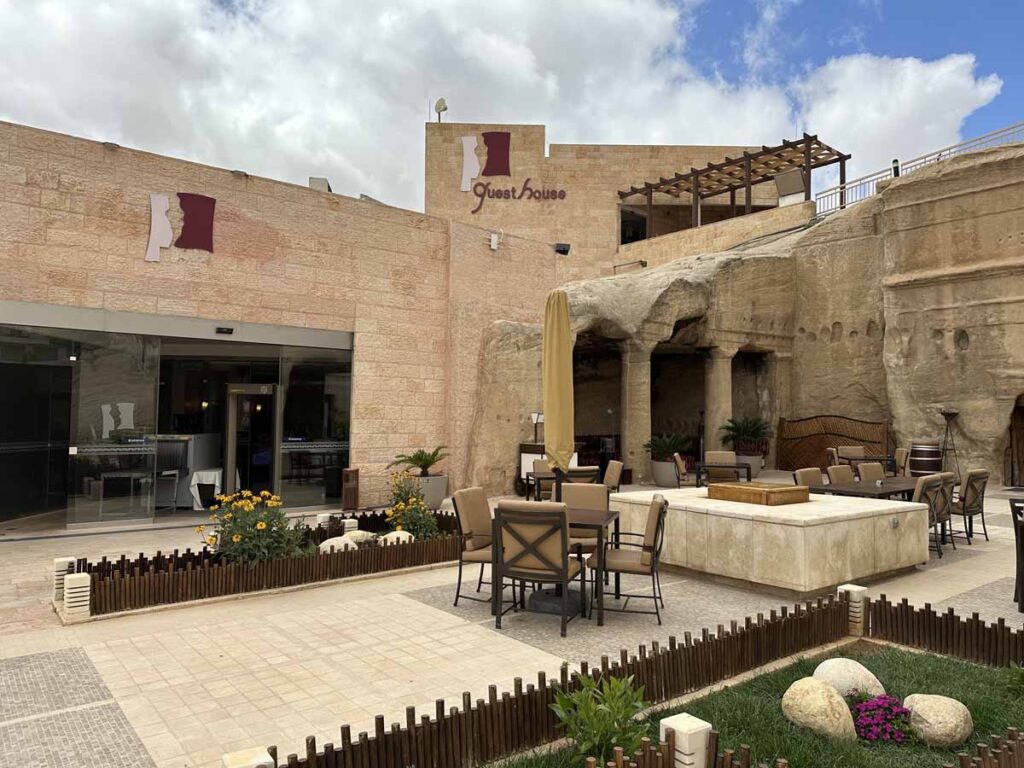
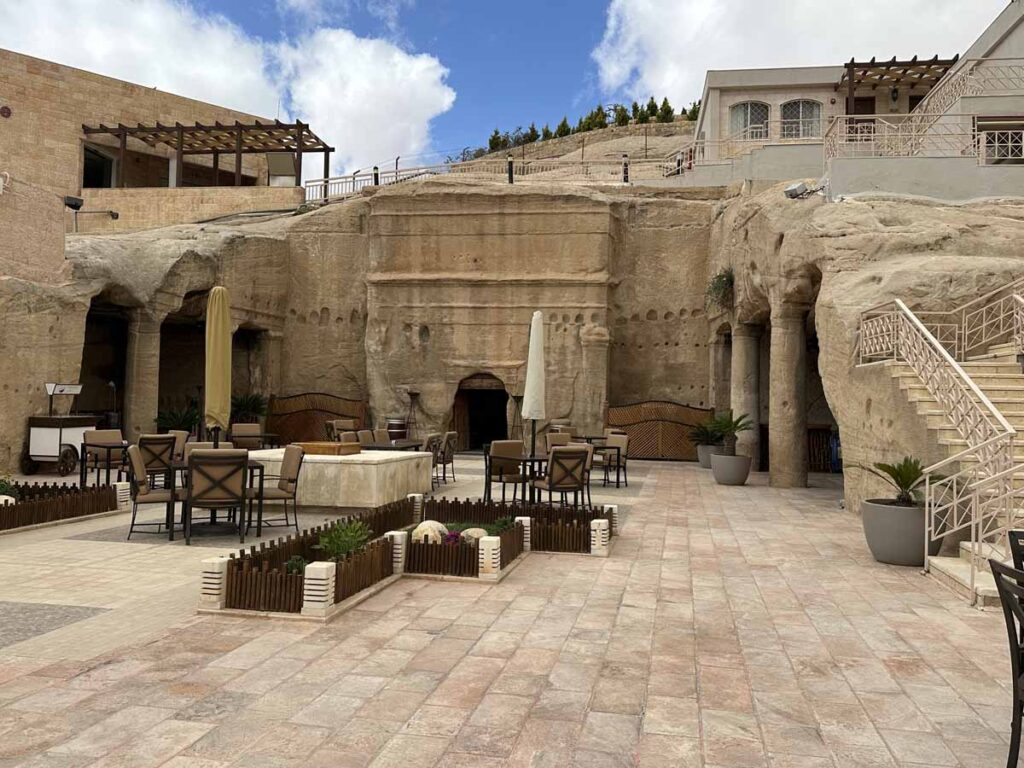
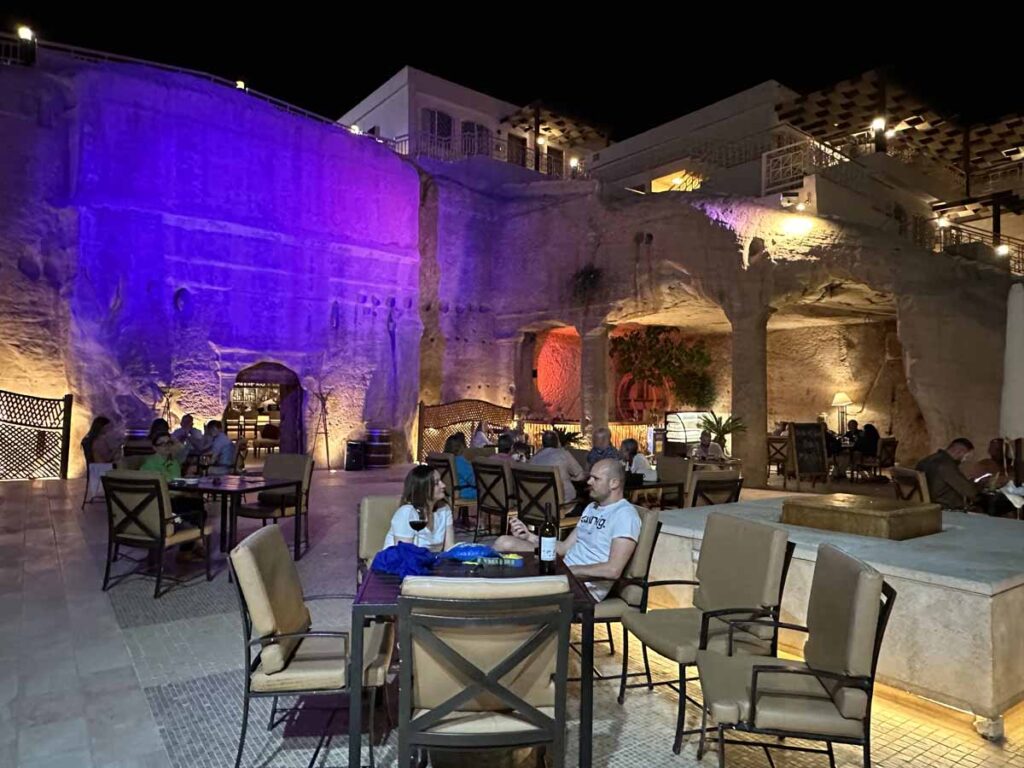
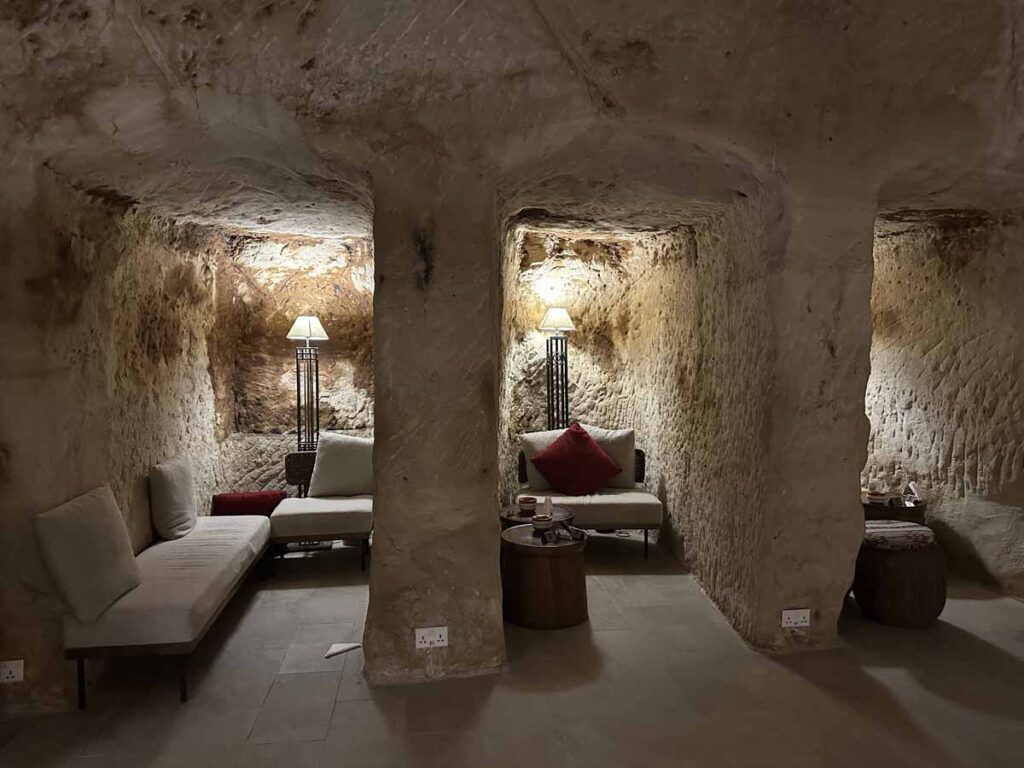
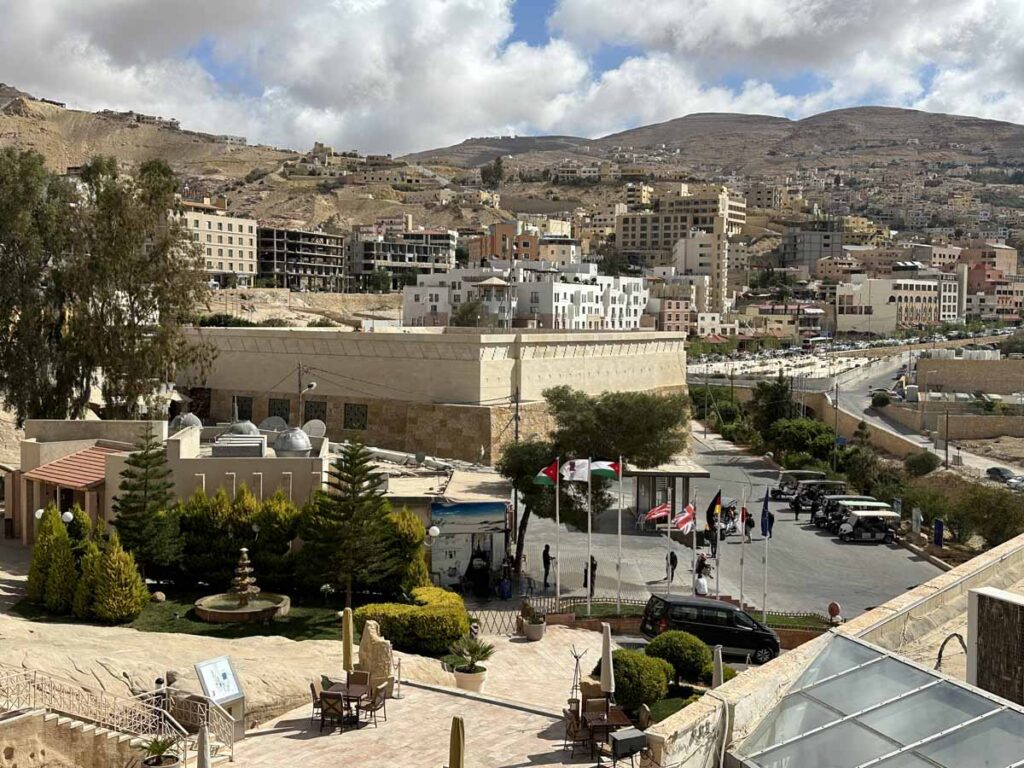

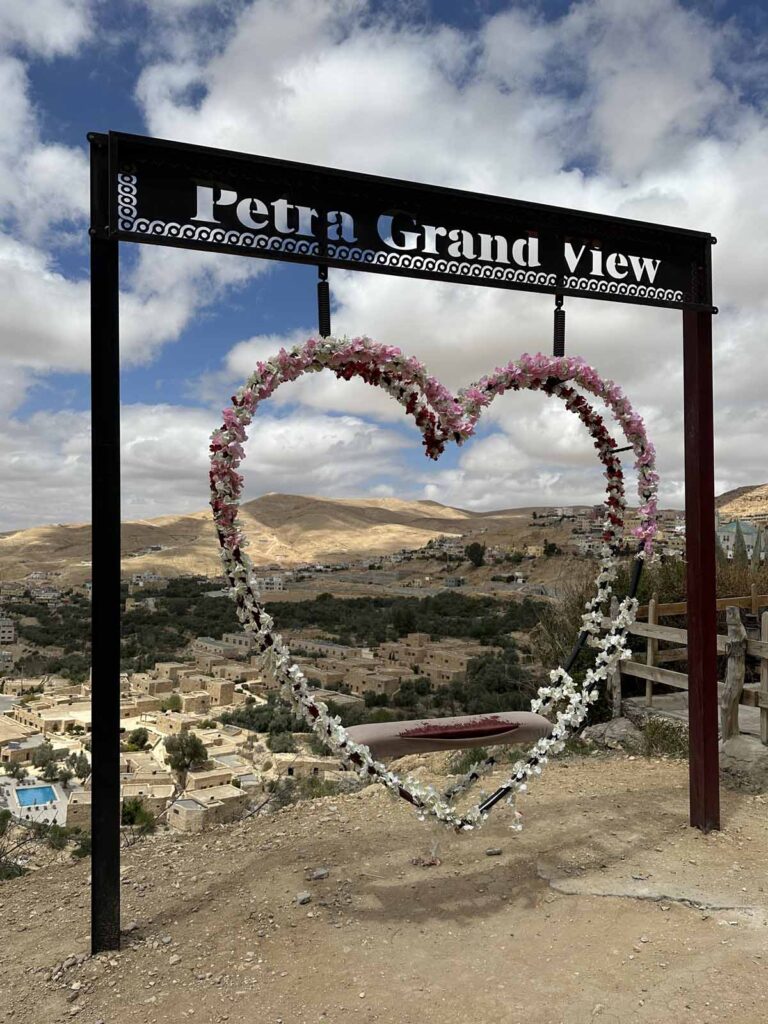
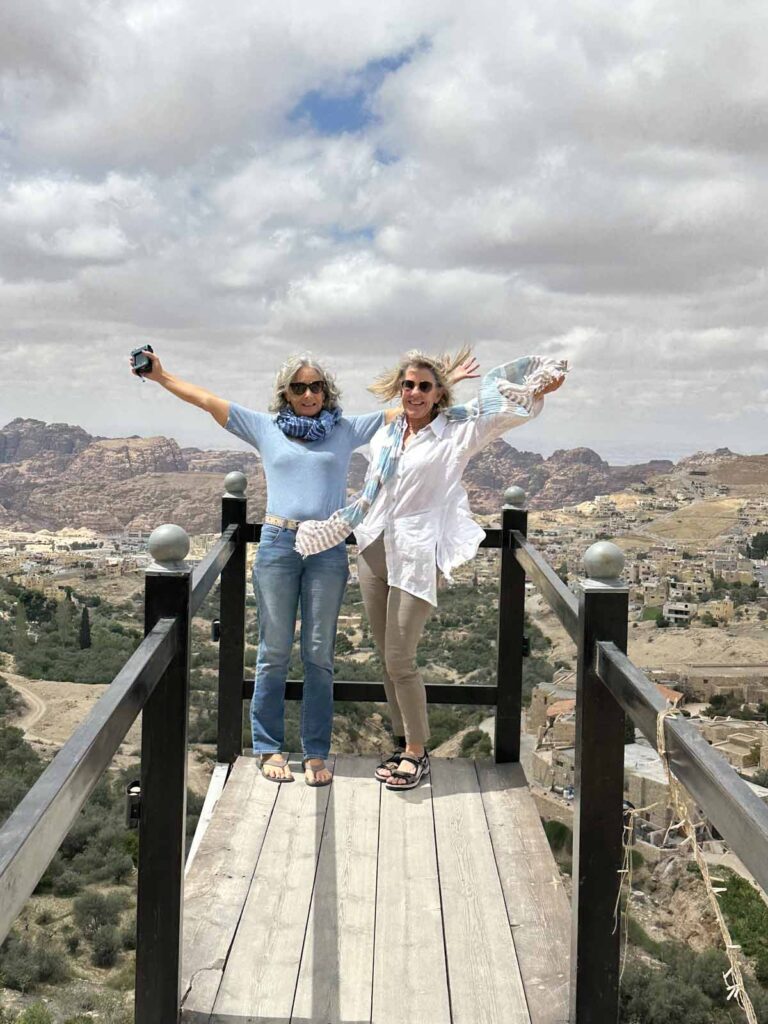
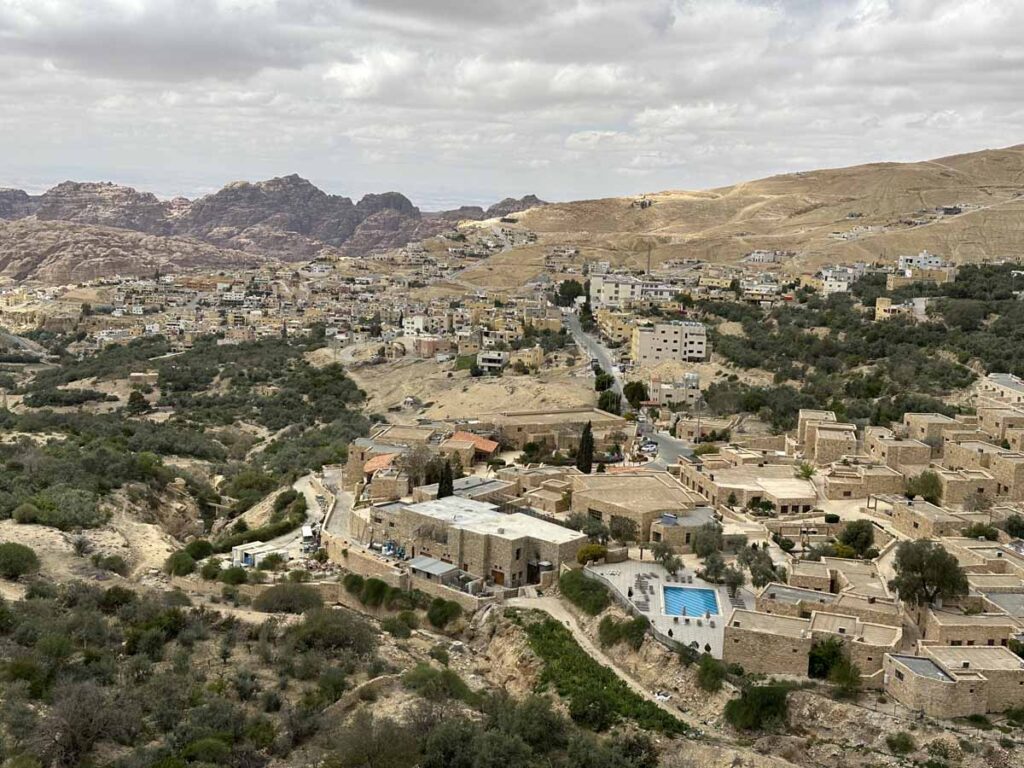
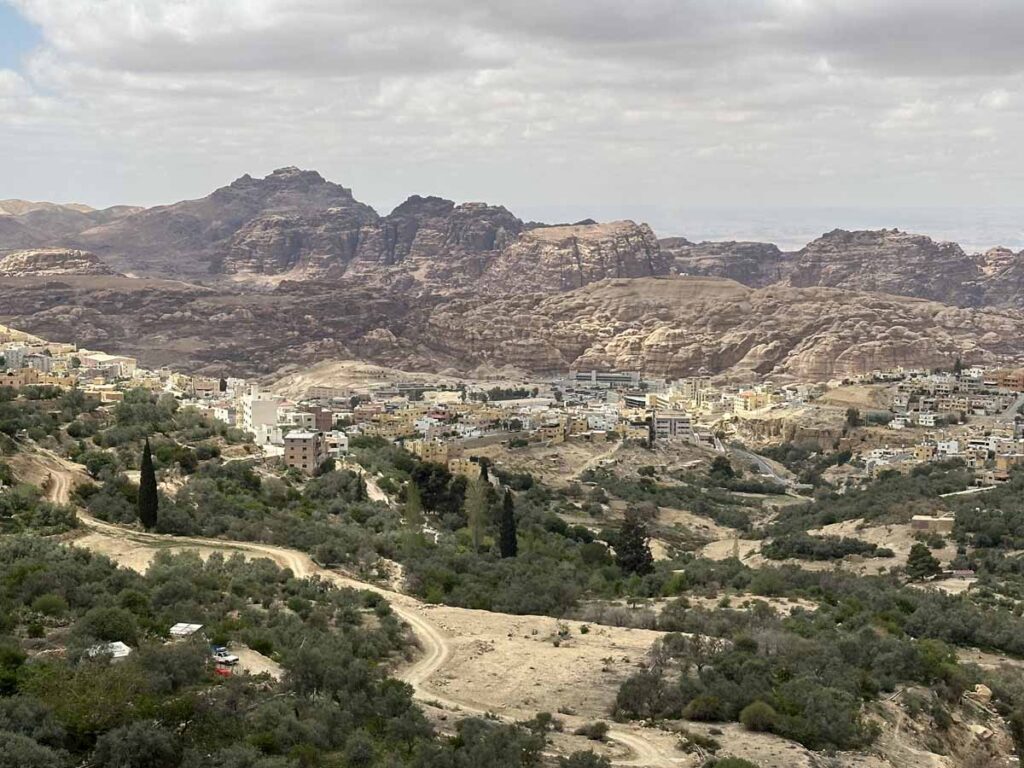
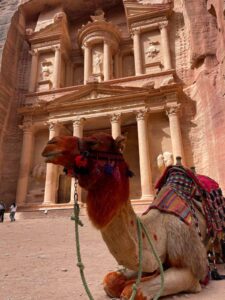
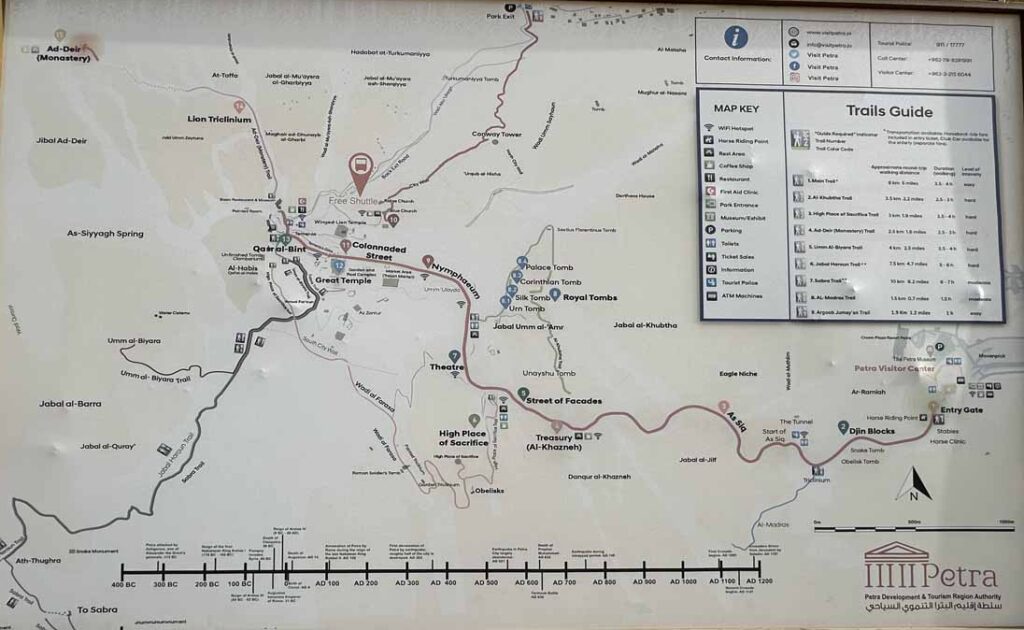


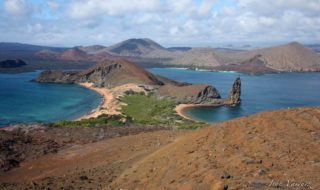
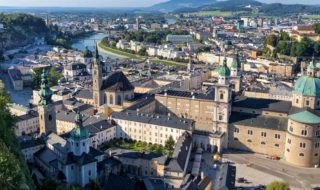
Thank you for this excellent post! I’ve always wanted to visit Petra — and now I have a much better image of this impressive archaeological site and the surrounding area.
Thank you, Roseanne. So glad you found the post helpful! Photos can help give you a good idea of why Petra is such a special place. I hope you’re able to visit Petra soon!
Experiencing Petra by Night was absolutely enchanting and exceeded all my expectations! Walking through the Siq illuminated by countless candles created a magical and serene atmosphere, perfectly complemented by the gentle melodies of traditional Bedouin music. Every step felt immersive, as though the ancient city was coming alive under the night sky.
The guides were exceptional – knowledgeable, friendly, and full of fascinating stories that brought Petra’s history to life. Arriving at the Treasury under the soft candlelight was breathtaking – a moment of pure wonder that I will remember forever. The attention to detail in organizing the event, from the lighting to the flow of the tour, made the entire evening seamless and unforgettable.
I booked my tickets directly through the official website https://petrabynight.jo/ which was quick, secure, and hassle-free, giving me peace of mind and allowing me to fully enjoy the magical experience.
For anyone visiting Jordan, Petra by Night is an absolute must-see. Whether you are a history lover, photographer, or simply someone looking for a magical evening, this event will leave you inspired and awed. I left completely mesmerized and can’t wait to experience it again.
Highly recommended – an unforgettable and must-visit event!